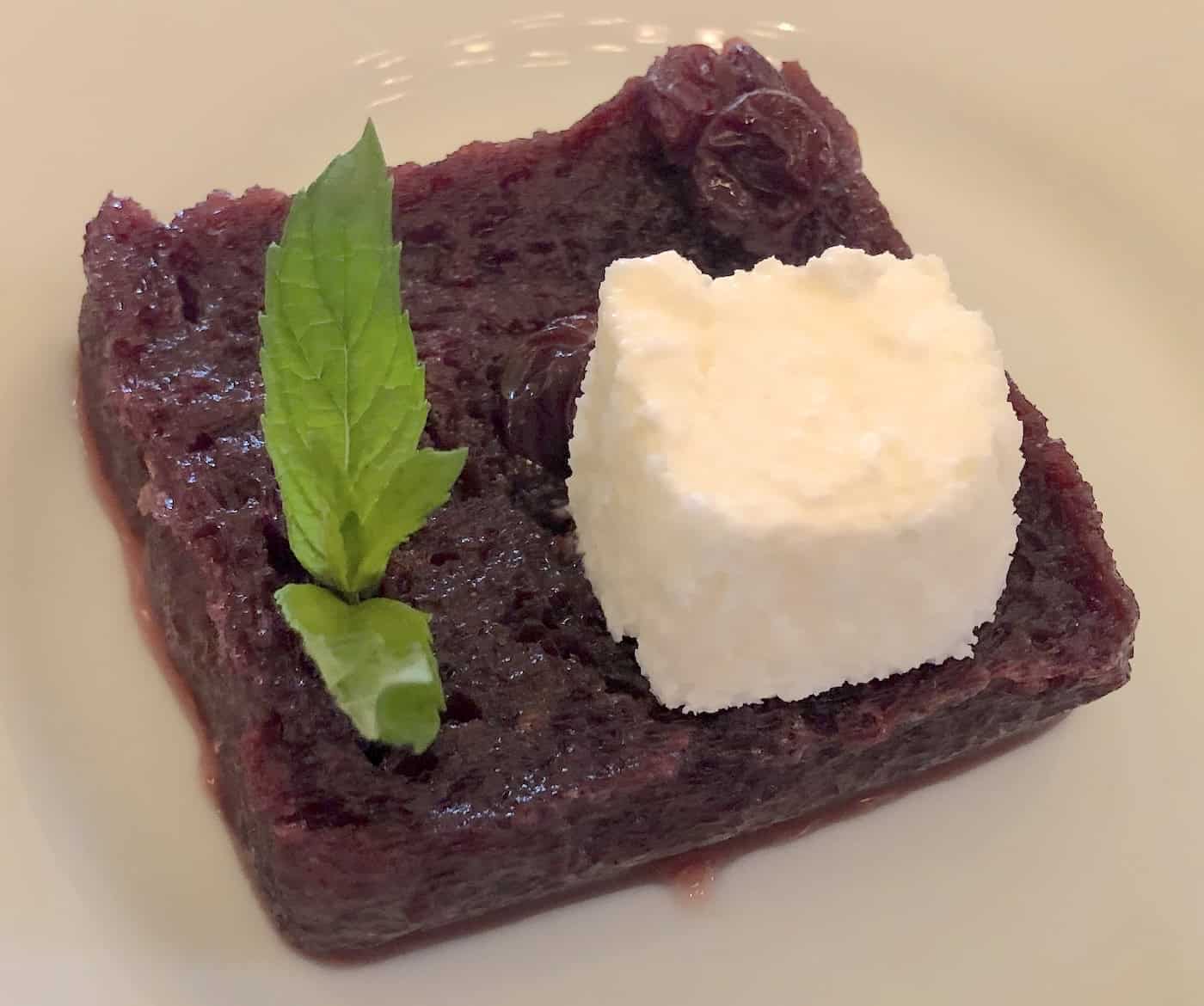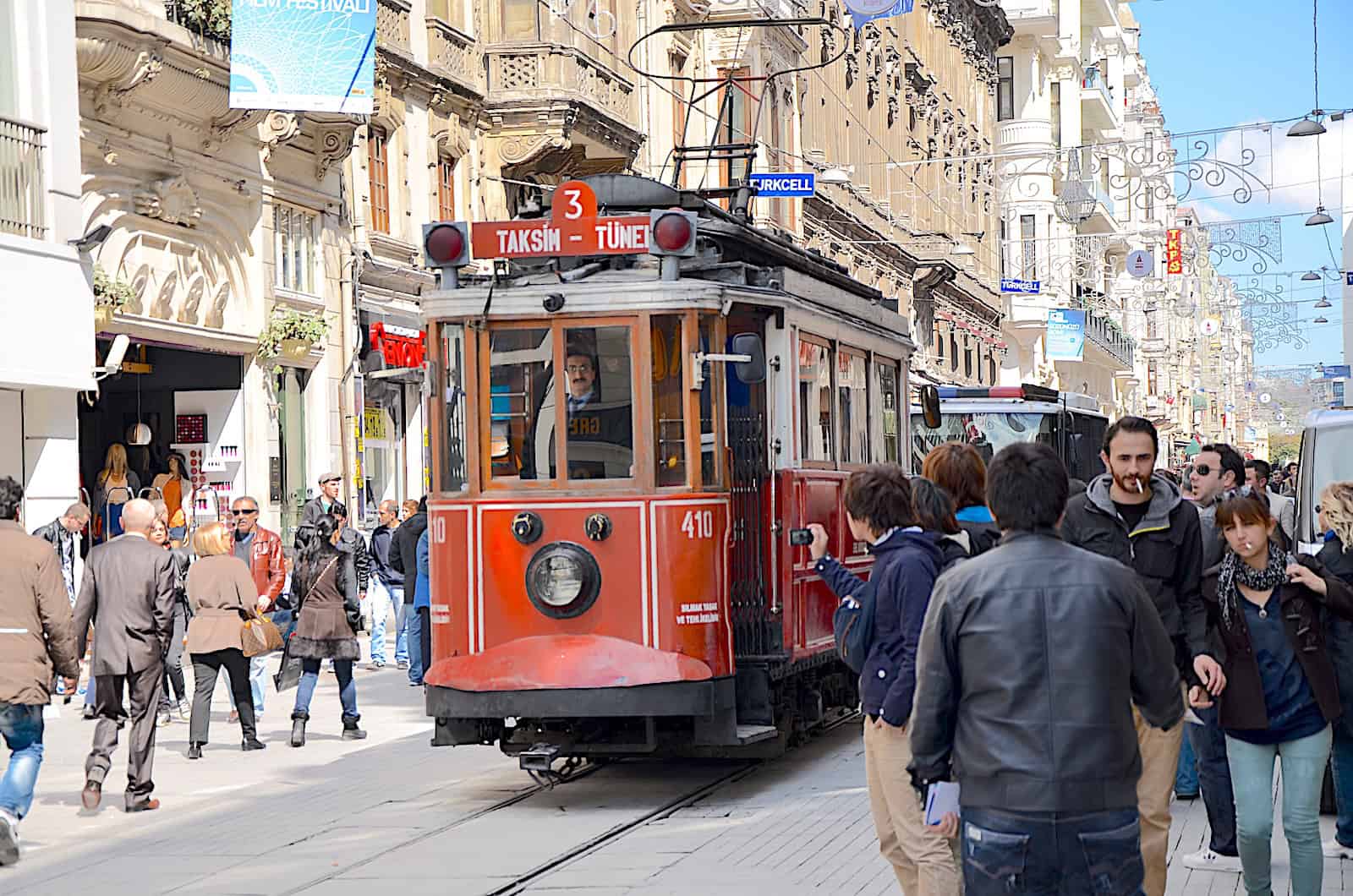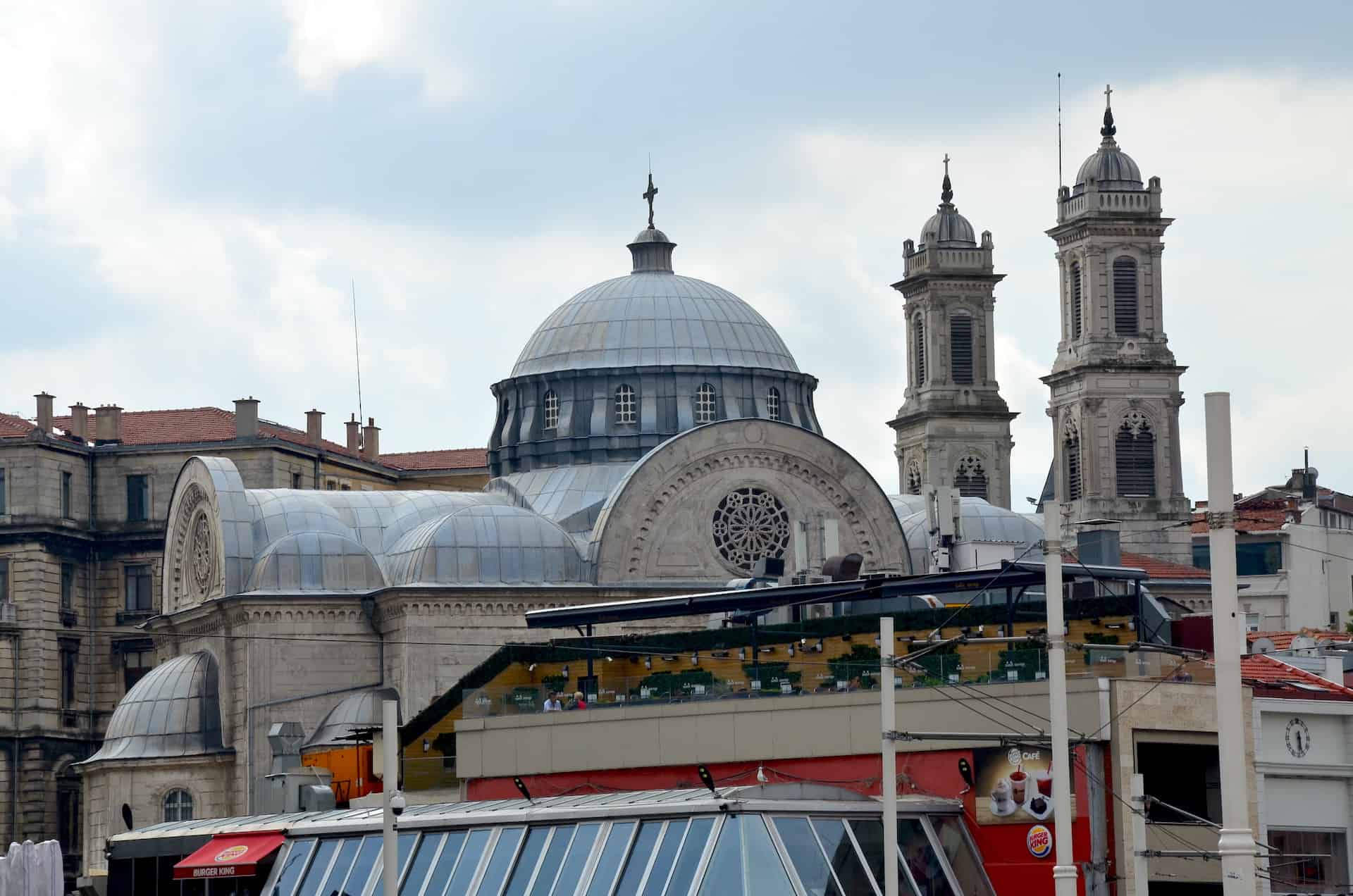Last updated on .
Eminönü is one of the most important areas of Istanbul. There’s lots to explore in this neighborhood within the Fatih district.
Introduction to Eminönü
Eminönü has been one of the most important commercial areas of the city since the Byzantine period, when it was known as Pérama (Πέραμα). It’s located on the southern shore of the Golden Horn and connected to Karaköy via the Galata Bridge. The Turkish name translates to “in front of justice”, since the Ottoman maritime customs office was located there.
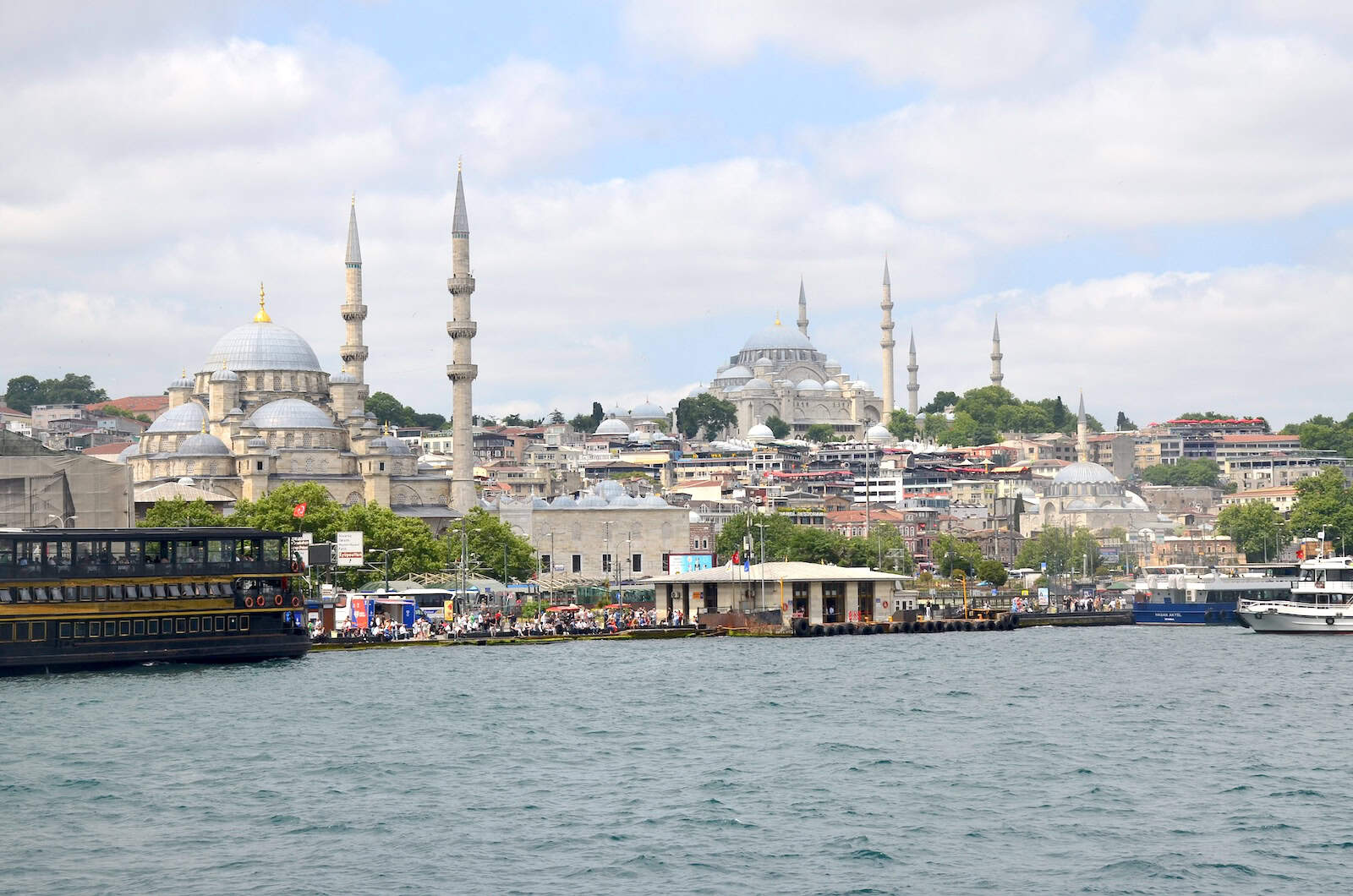
During the Byzantine period, the natural harbor of Neorion (Λιμὴν τῶν Νεωρίων) dominated the area. It was created just after the foundation of Constantinople and located just east of today’s Galata Bridge. It remained an important harbor throughout the centuries. By the 12th century, merchants from Venice, Amalfi, Genoa, and Pisa had all established their own quarters in the area. A large community of Jews followed during the Ottoman period, but they were controversially evicted for the construction of the New Mosque.
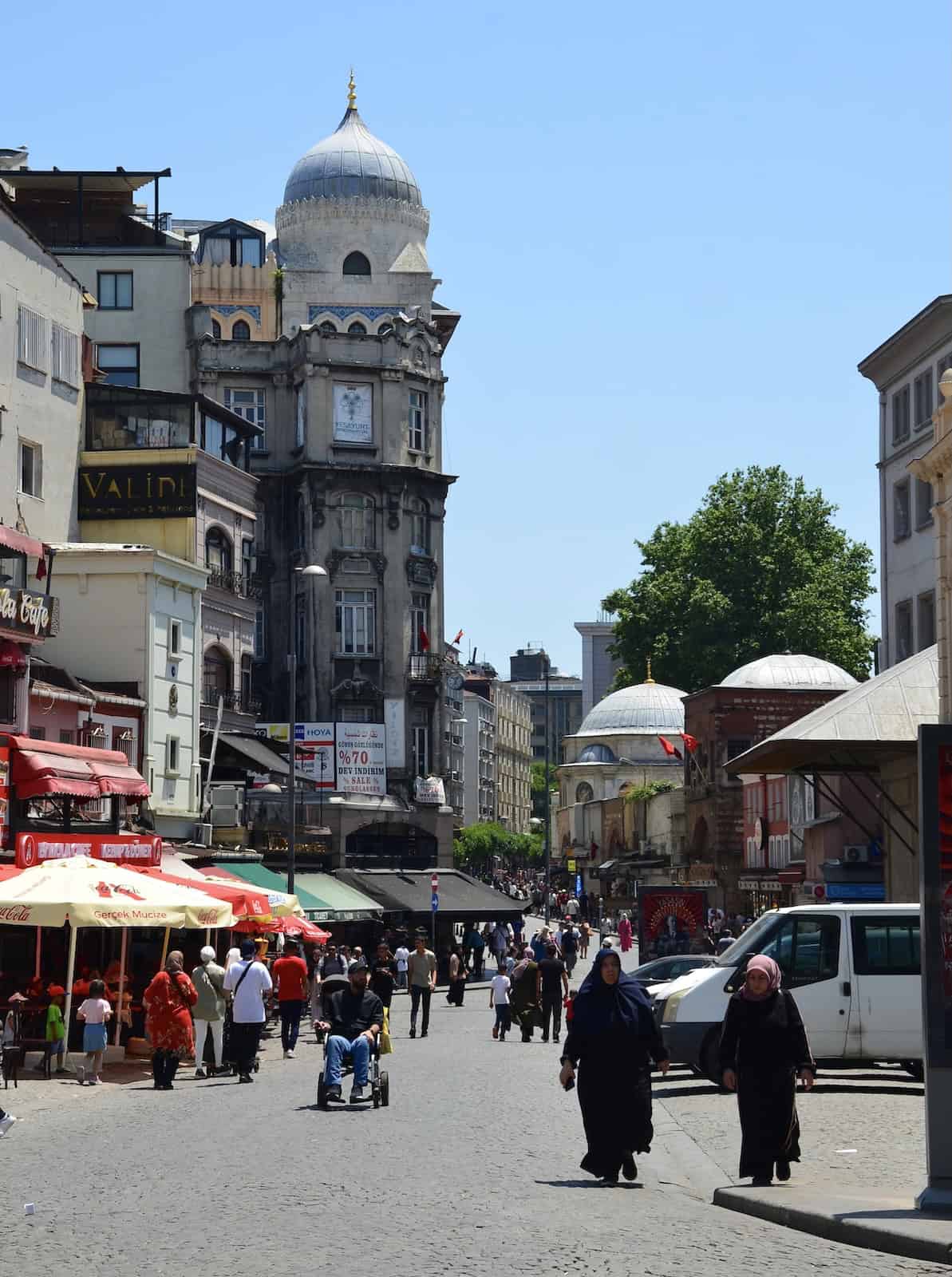
Eminönü changed drastically in the 19th century, when it became an important hub for means of transportation other than boats. The permanent construction of the Galata Bridge as well as the terminus of the Orient Express at nearby Sirkeci Station saw many impressive buildings pop up. The area’s appearance was further altered in the middle of the 20th century with the construction of the coastal road. Eminönü was its own district until March 7, 2008, when it was incorporated into the Fatih district.
Getting to Eminönü
In addition to being an important tourist attraction, Eminönü remains a vital transportation hub today. It’s one of the easiest places in Istanbul to get to. Stops for the T1 tram line and T5 tram line are to the east and west of the Galata Bridge, respectively. Further west, there’s a large bus terminal with service to all over the European side of the city as well as the Haliç metro station. You can catch ferries to Üsküdar and Kadıköy from the pier on both sides of the bridge.
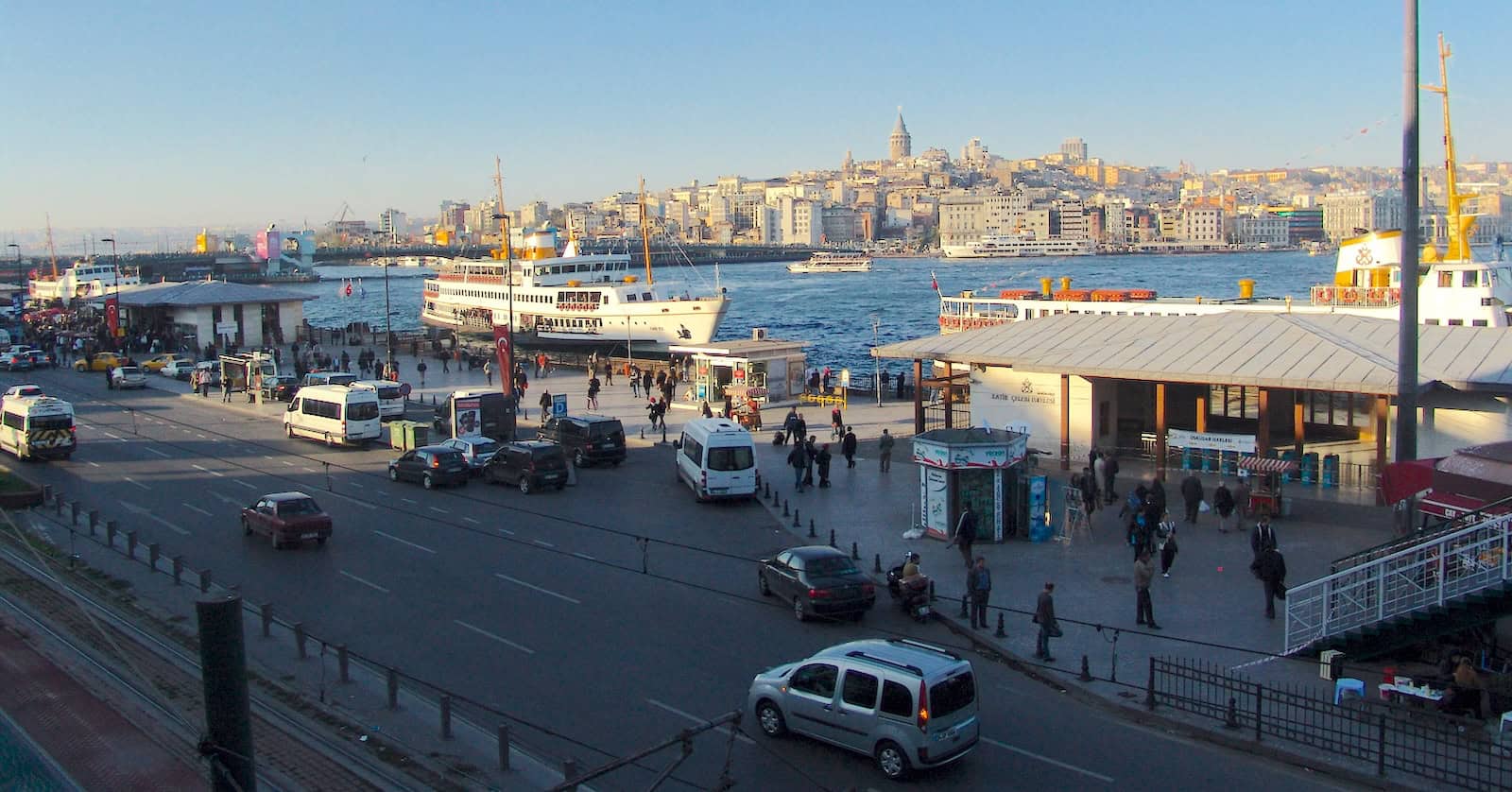
Eminönü Square
The heart of the neighborhood is Eminönü Square (Eminönü Meydanı). It’s an open area bordered by the Spice Bazaar, New Mosque, and several Ottoman buildings. Tahtakale and the Rüstem Pasha Mosque are just behind.
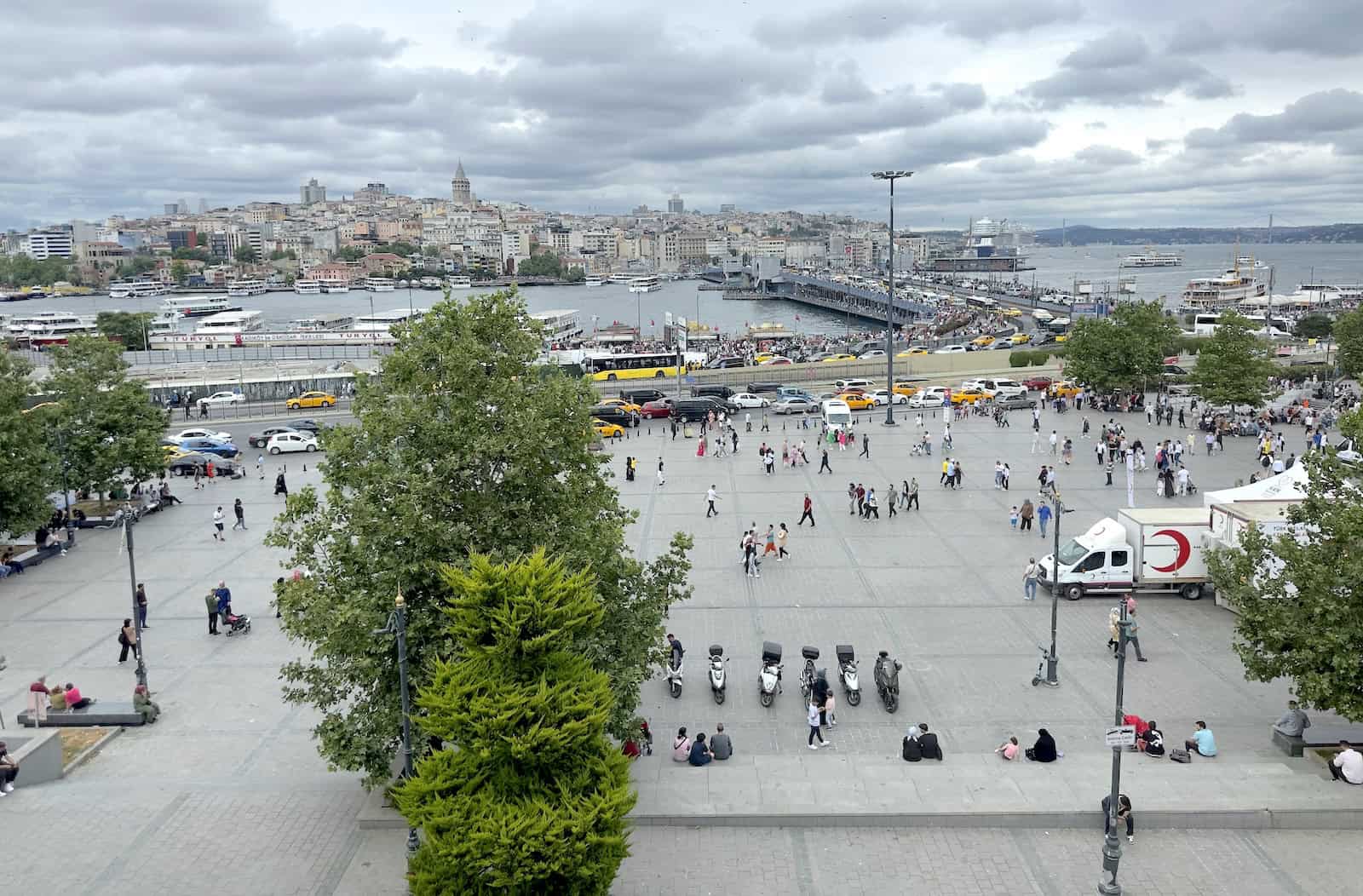
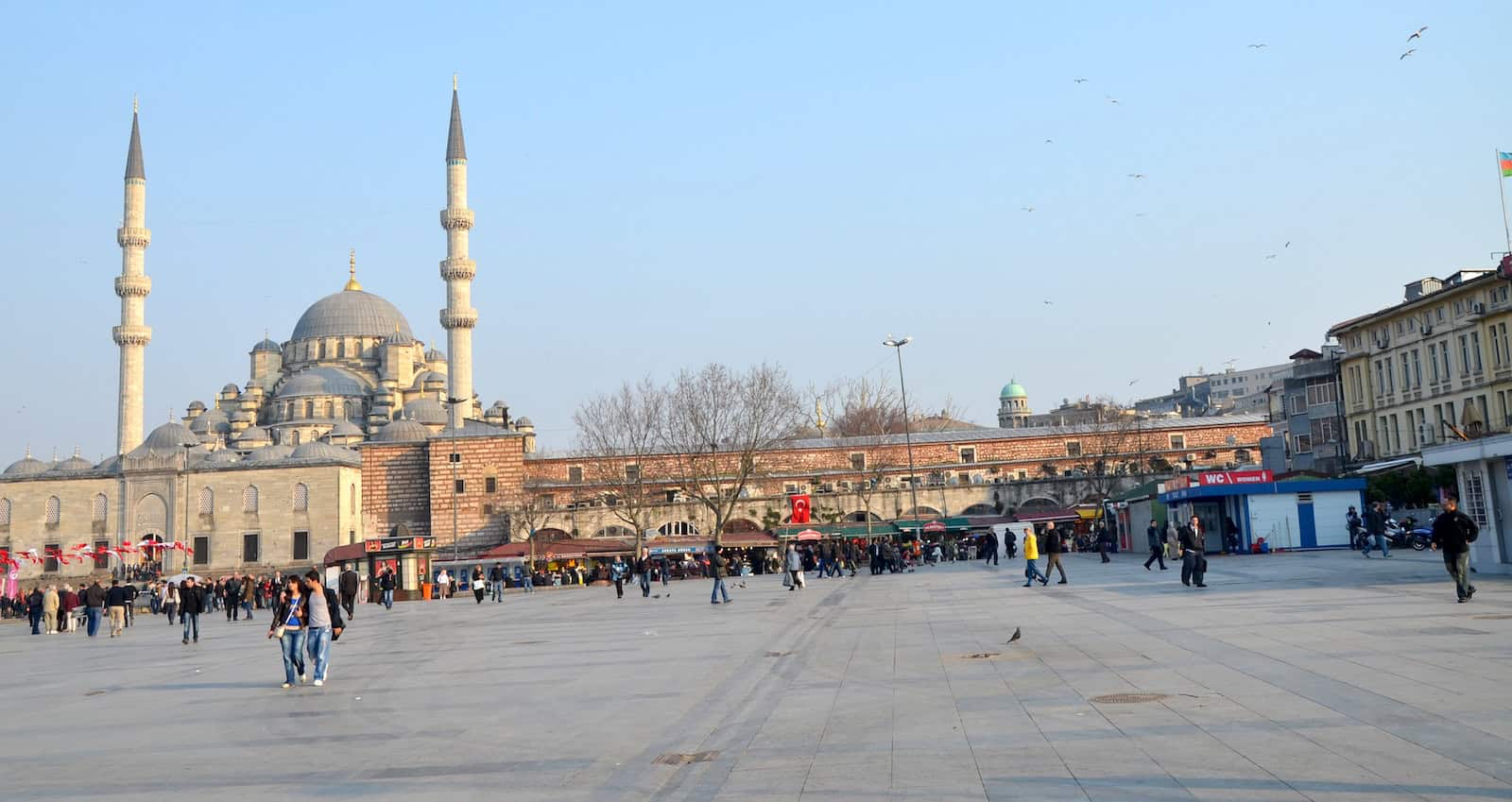
The square is a great place for people watching and contains a few decent restaurants. There are also lots of street vendors selling different snacks such as roasted corn and chestnuts, depending on the season.
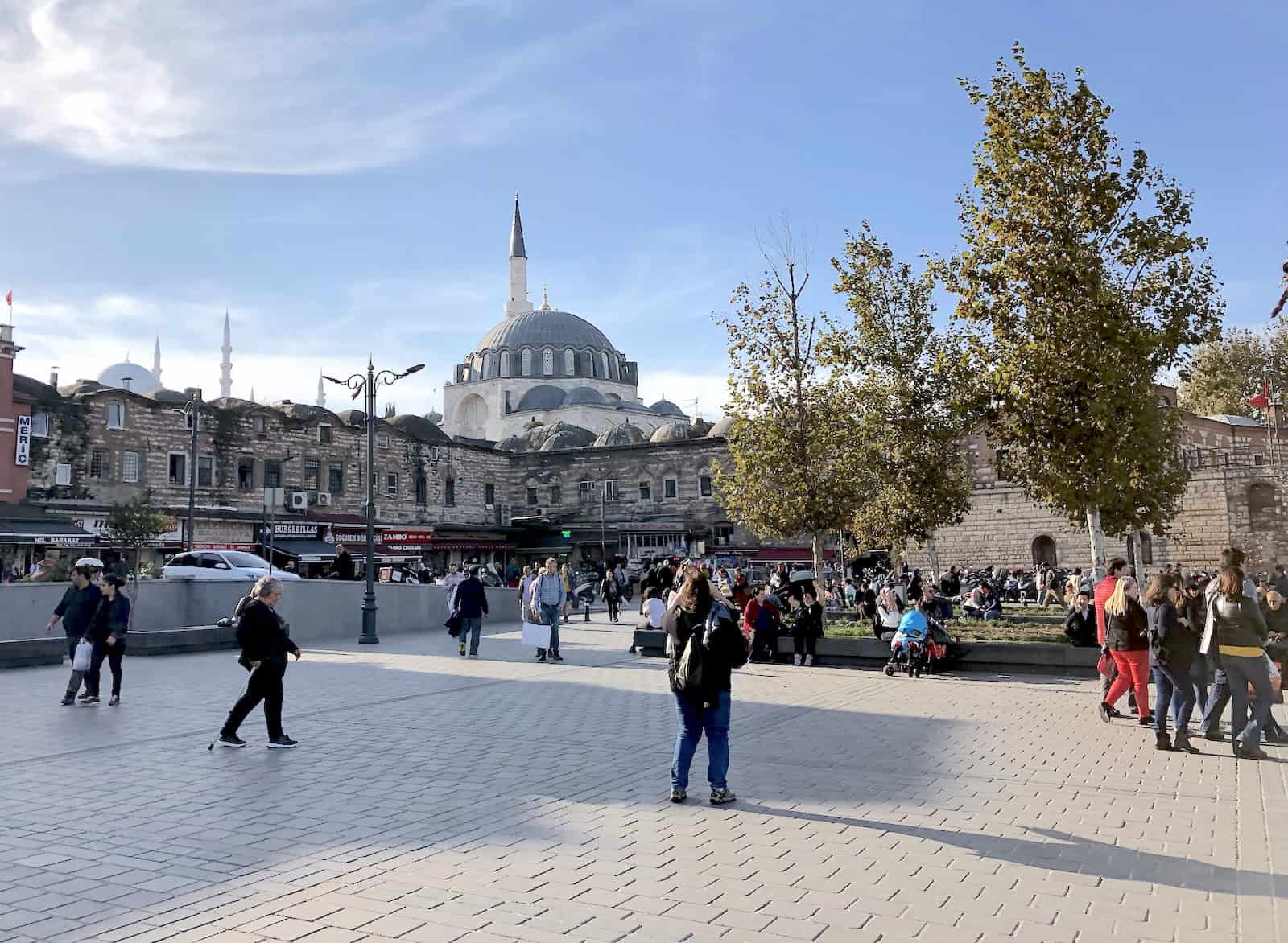
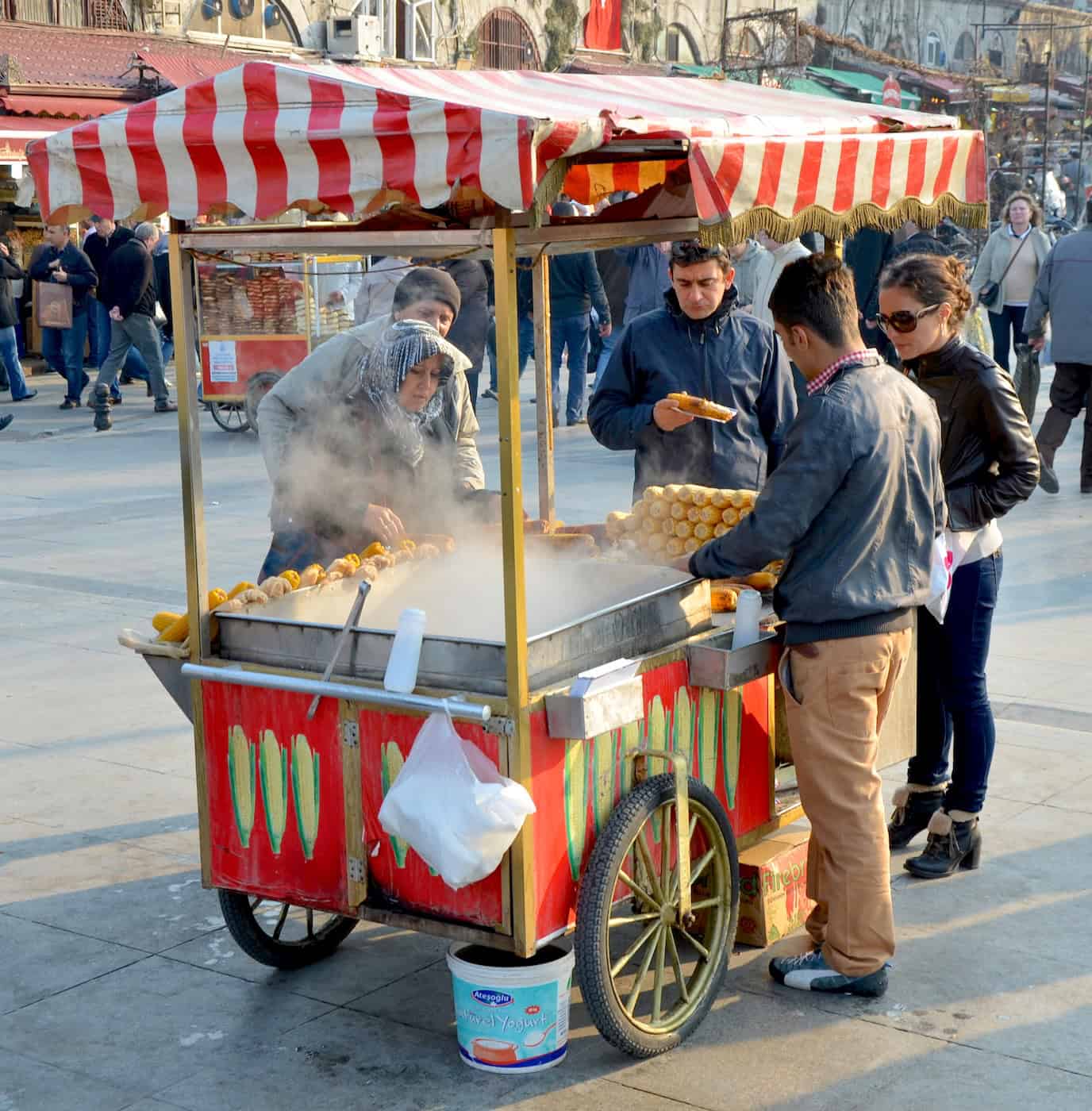
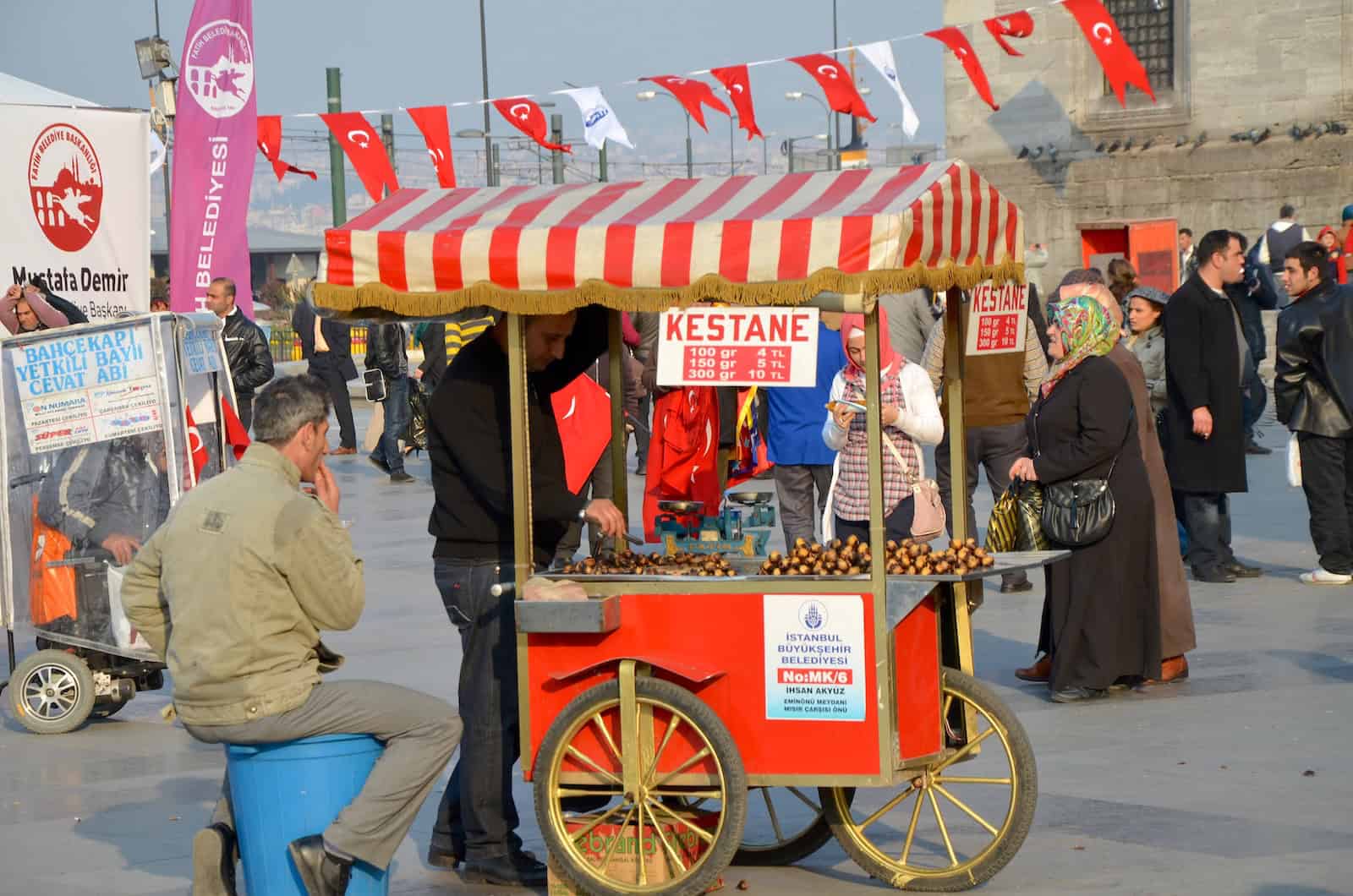
Kiraz Han
On the west side of the square are four historic Ottoman buildings. First is Kiraz Han, which sits next to Ragıp Gümüşpala Street, the busy street passing by the square. The construction date is thought to be sometime in the 17th century. It’s owned by the city and was restored in 1994.
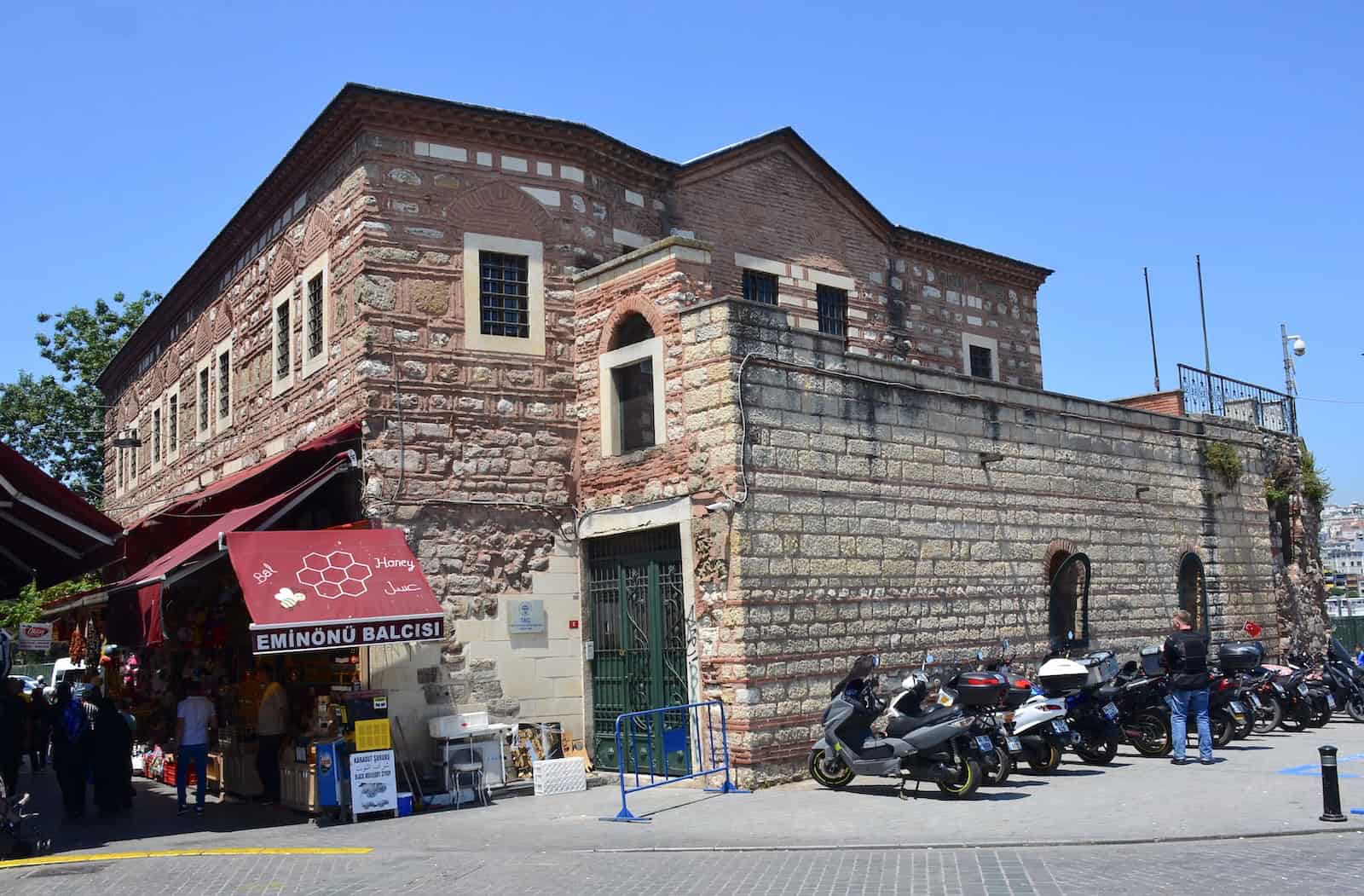
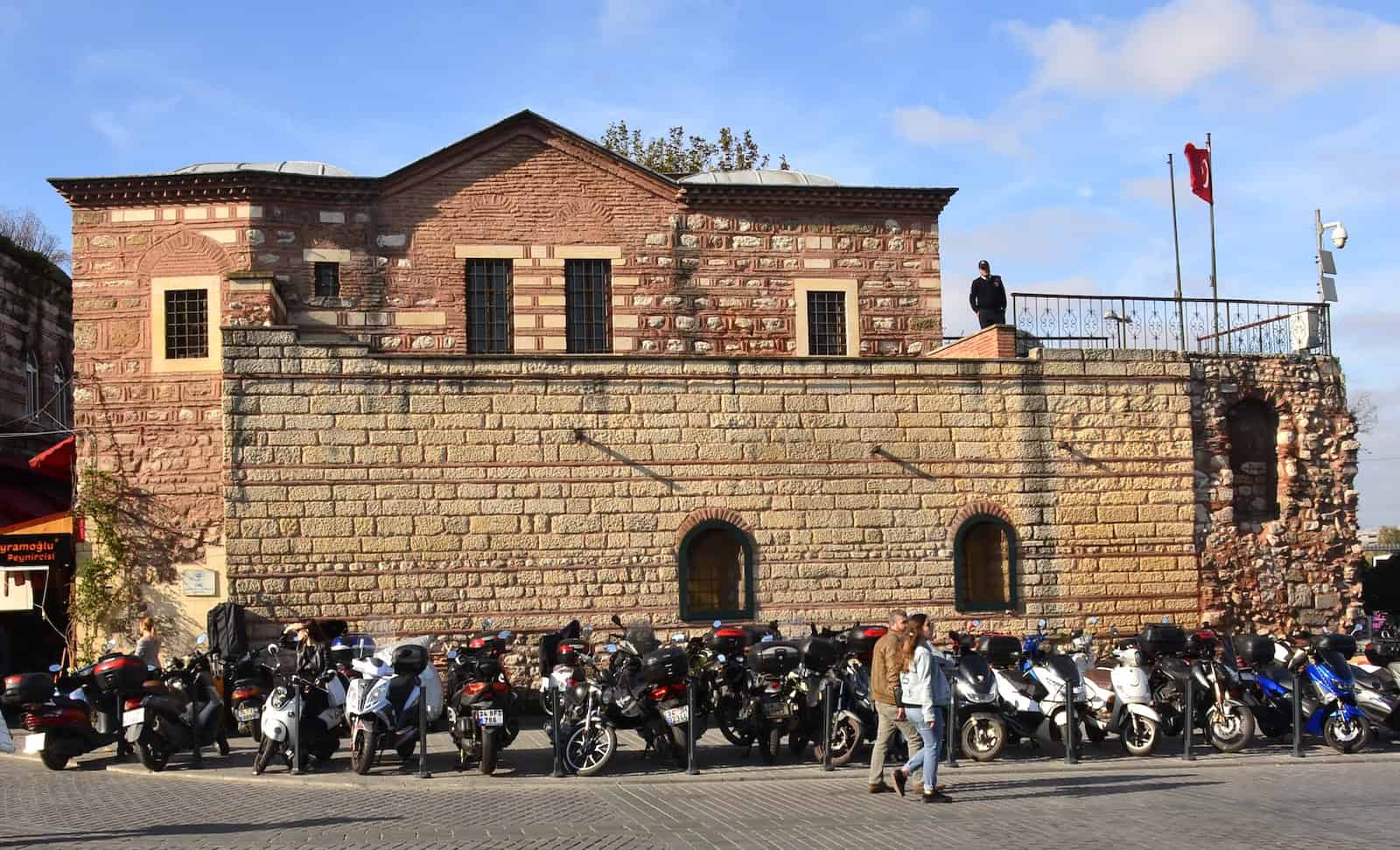
Büyük Çukur Han
Next door is Büyük Çukur Han, which was built between 1558 and 1561 by Grand Vizier Rüstem Pasha (c. 1505 – 1561) as part of the Rüstem Pasha Mosque complex. The architect was Mimar Sinan (1490-1588). One of the oldest hans in Istanbul, it has two floors and a central courtyard. The han has lost its original appearance over the years. It was built together with Küçük Çukur Han, which is attached to the west.

Burmalı Han
Attached to the south of Büyük Çukur Han and hidden away from the square is Burmalı Han. It was also built by Rüstem Pasha in 1556 and the architect was Mimar Sinan. Some historians believe it originally functioned as a courthouse and was later converted into a han.
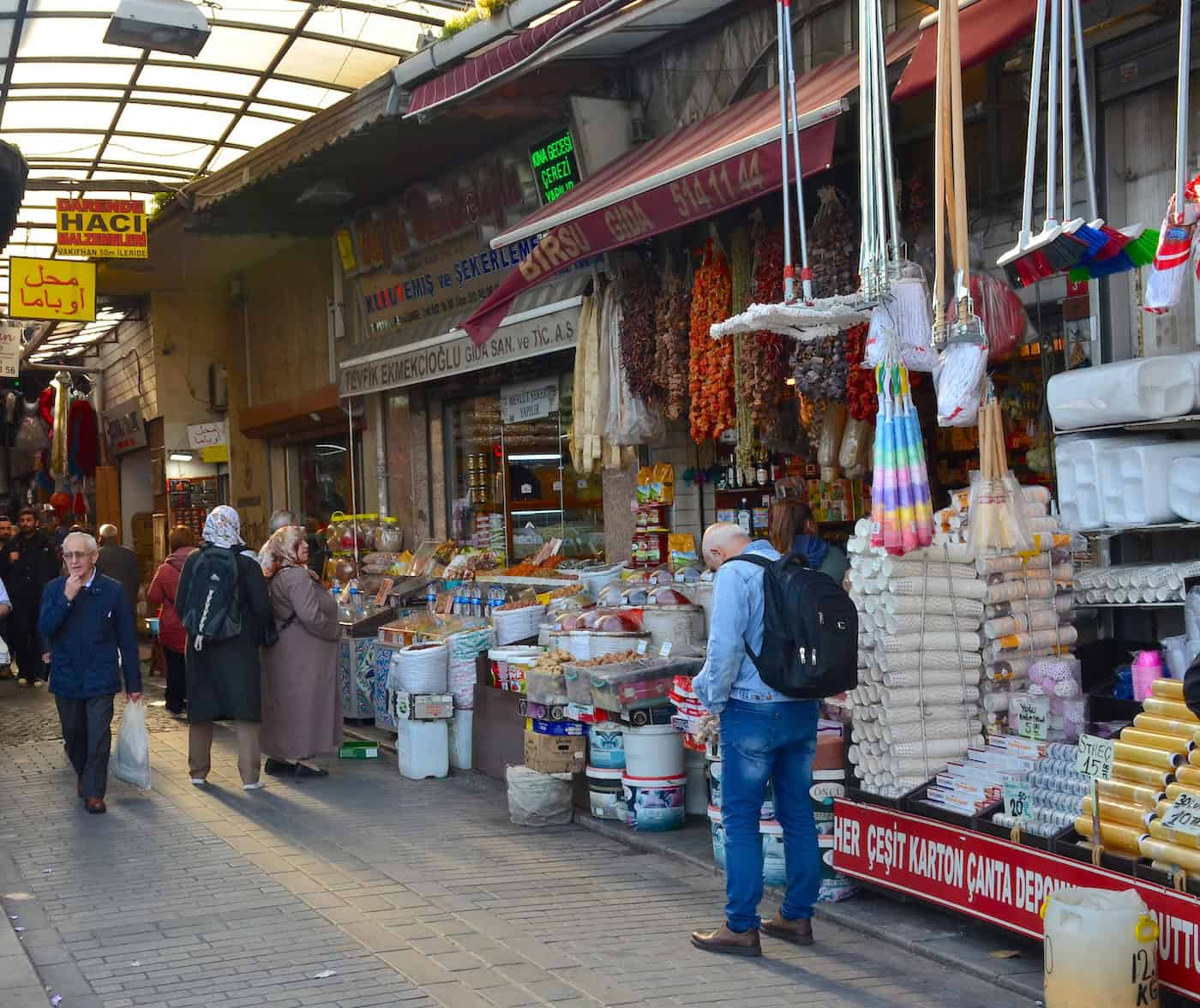
Kızıl Han
Finally, across the street on the corner of Eminönü Square is Kızıl Han. It’s thought to have been built in the 17th century. The architect and original owner of the building is unknown. Another name for the building is Papazoğlu Han or Papaz Han, which may indicate it had Greek ownership in the past.
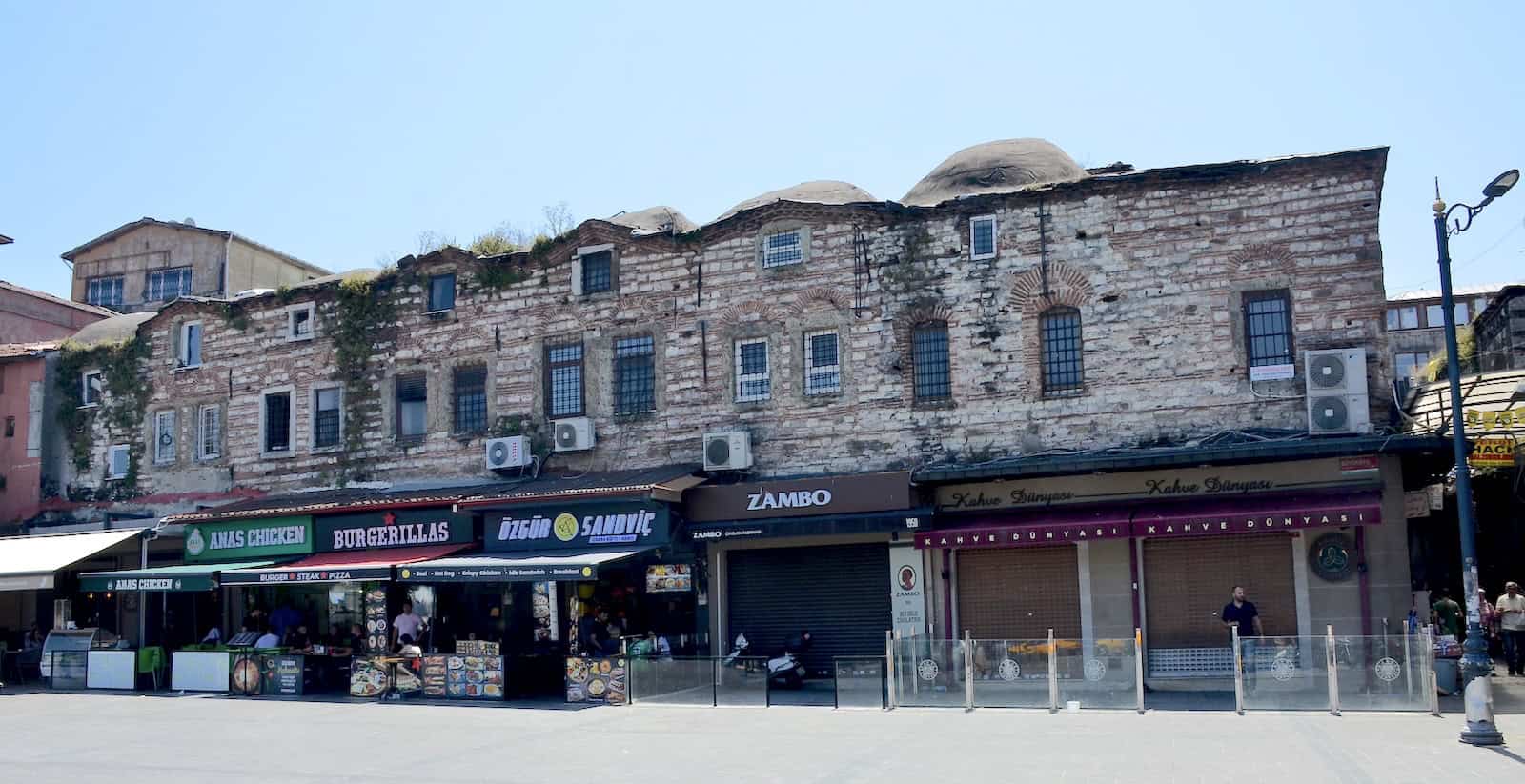
Eminönü Underpass
An underpass connects the other side of Eminönü Square across Ragıp Gümüşpala Street, where you can access Eminönü Pier and the Galata Bridge. Walking through, you’ll realize that not one inch of space is wasted in Istanbul. The underpass is full of shops selling all kinds of shoes, clothing, and other goods
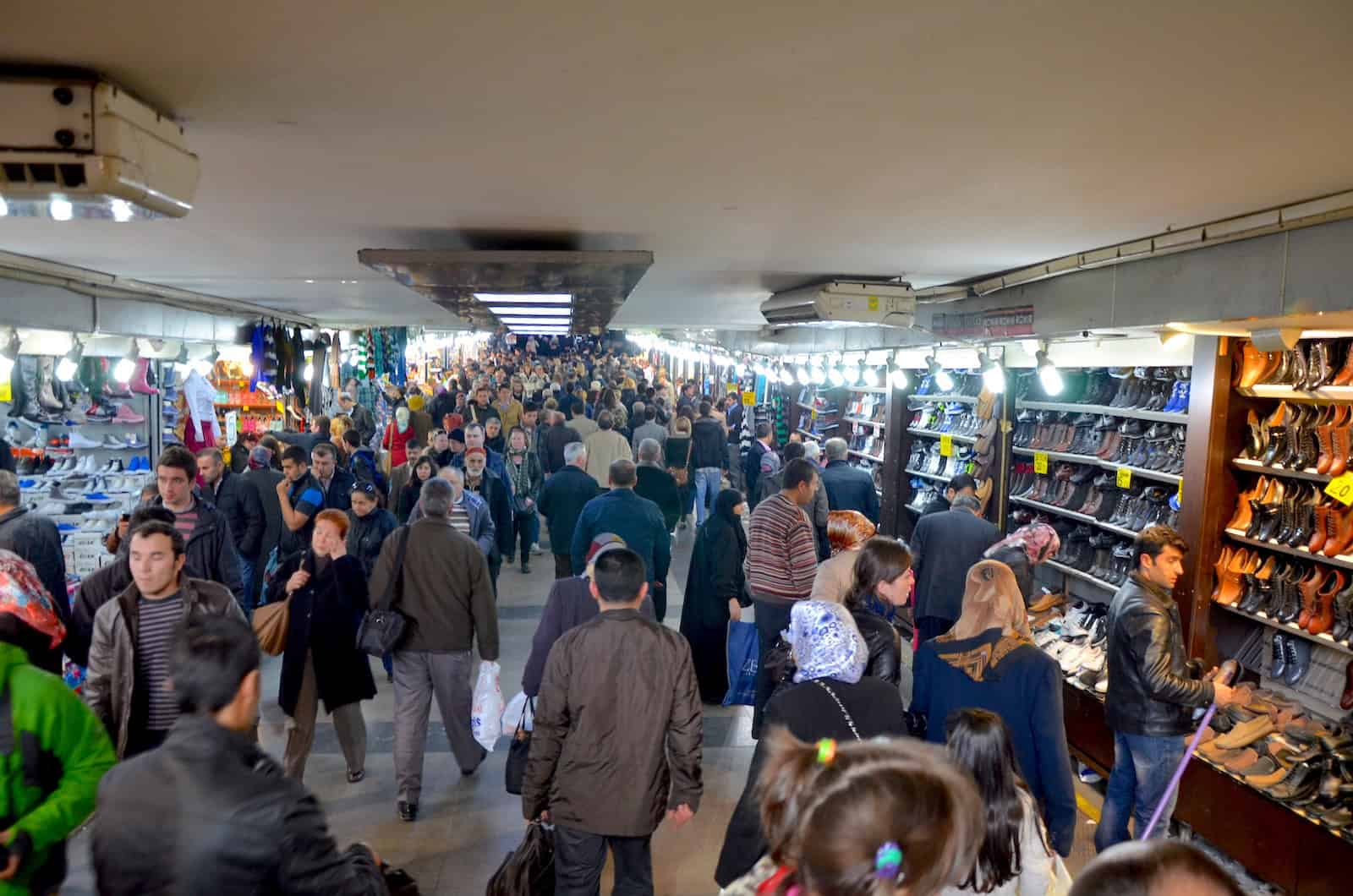
Eminönü Pier
Eminönü Pier sits along the Golden Horn on either side of the Galata Bridge in Eminönü. If you’re looking for action, Eminönü Pier is a busy area full of locals and tourists walking in every direction. Street vendors trying to make a living add to the atmosphere. It’s an incredible place to people-watch and is full of interesting sights, sounds, and smells.
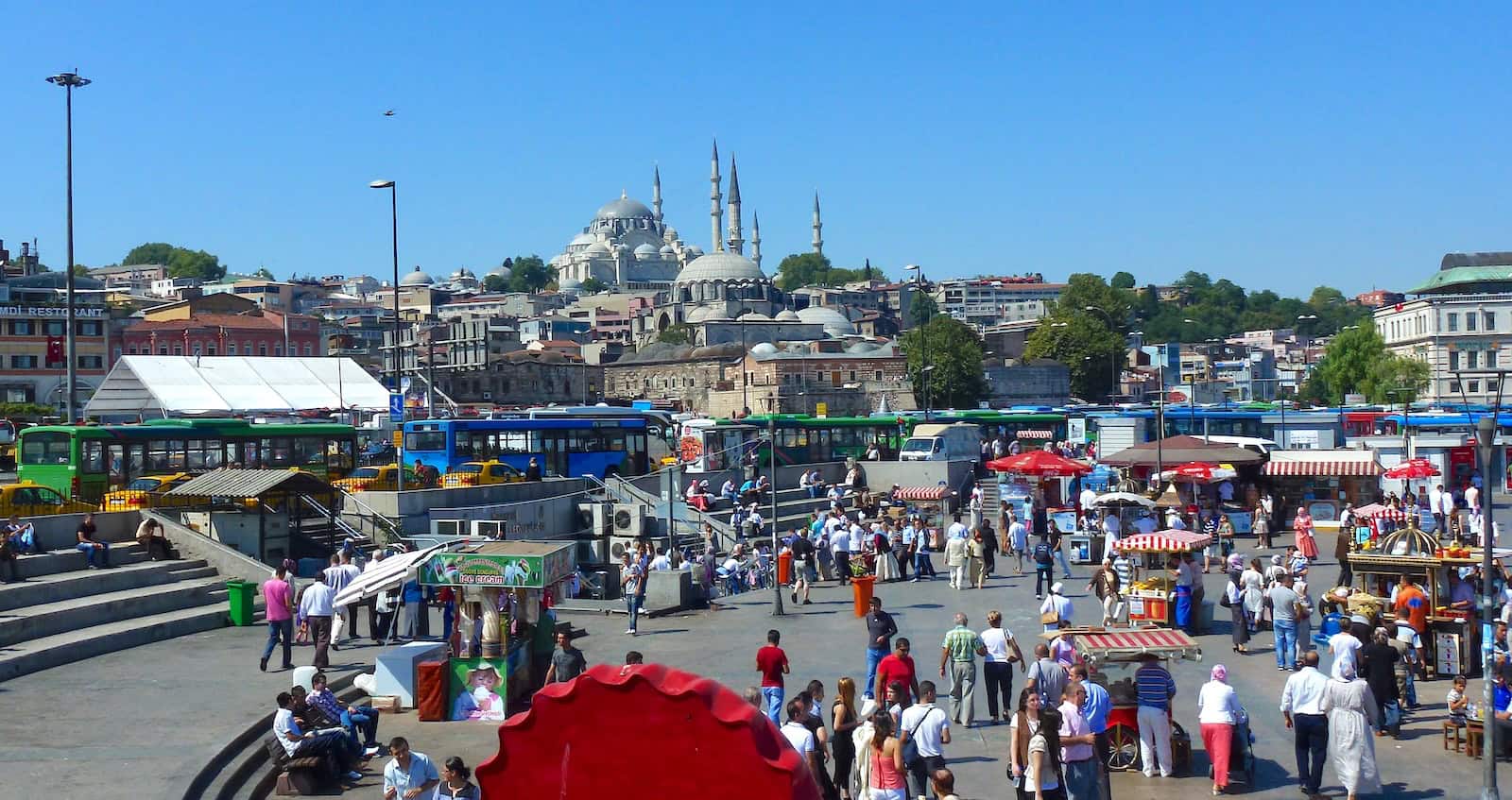
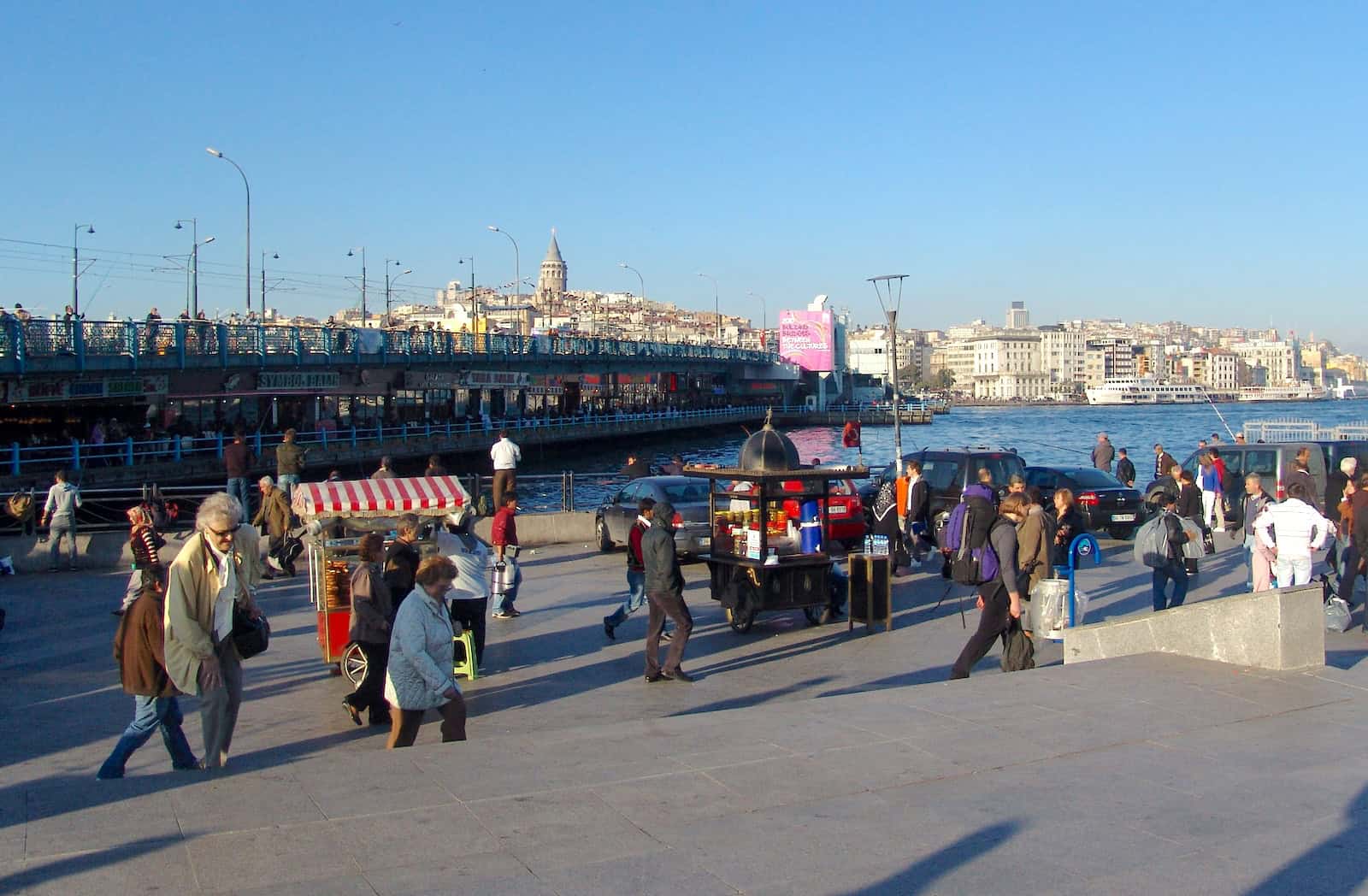
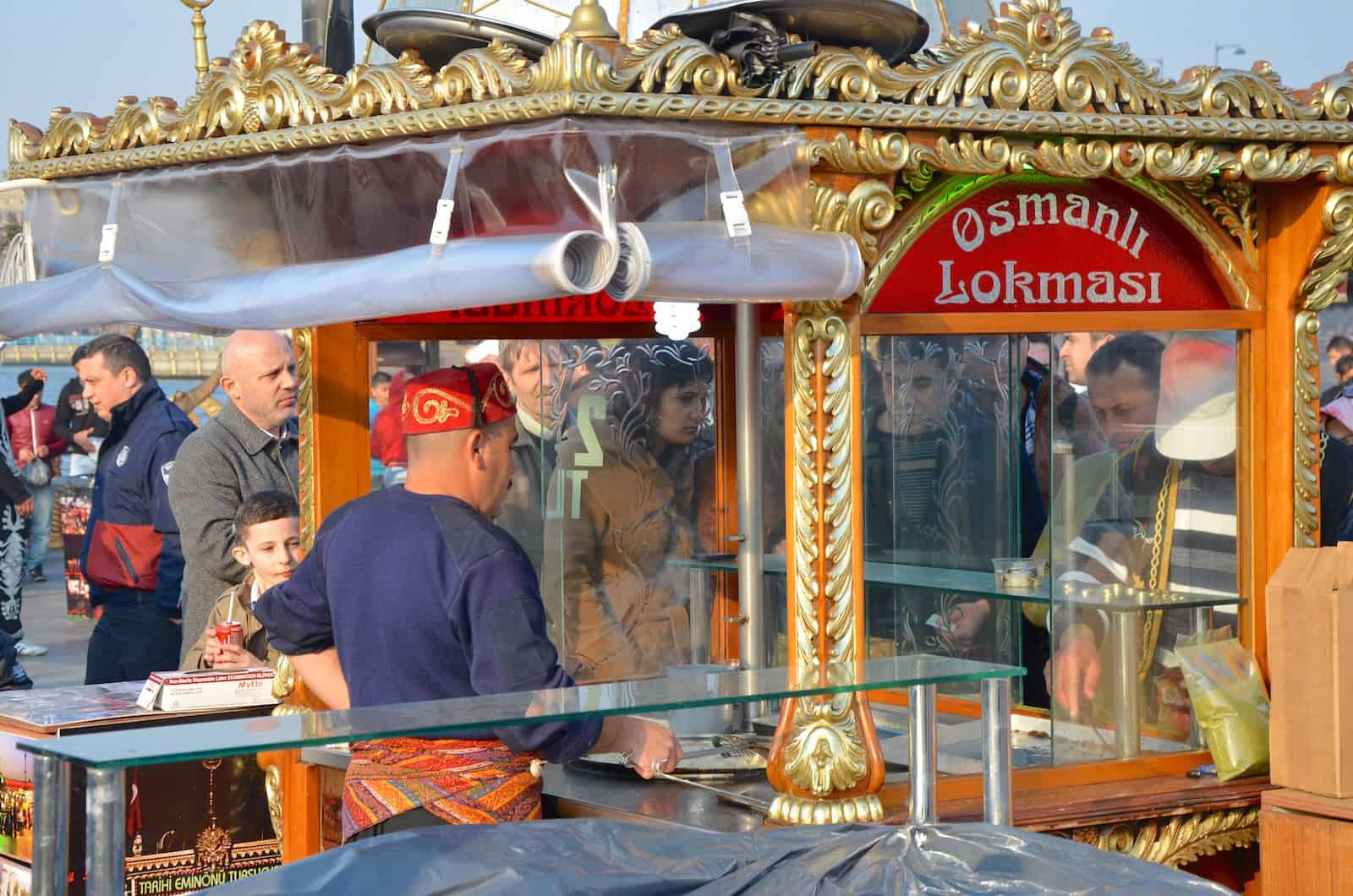
Balık Ekmek
Some of the vendors are on boats on the Golden Horn cooking up balık ekmek, which is a popular fish sandwich. The sandwiches are made with fried or grilled fish, usually mackerel, and topped with vegetables such as lettuce, onion, and tomato.
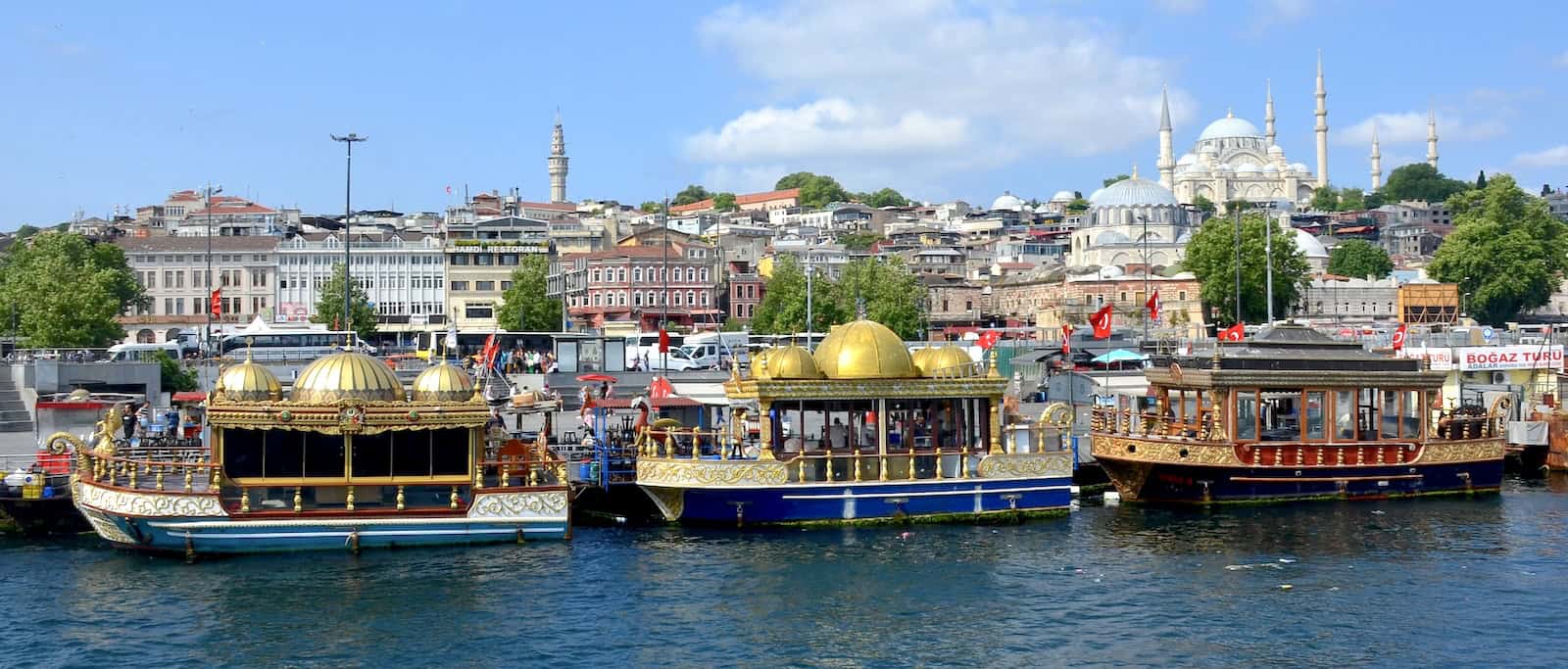
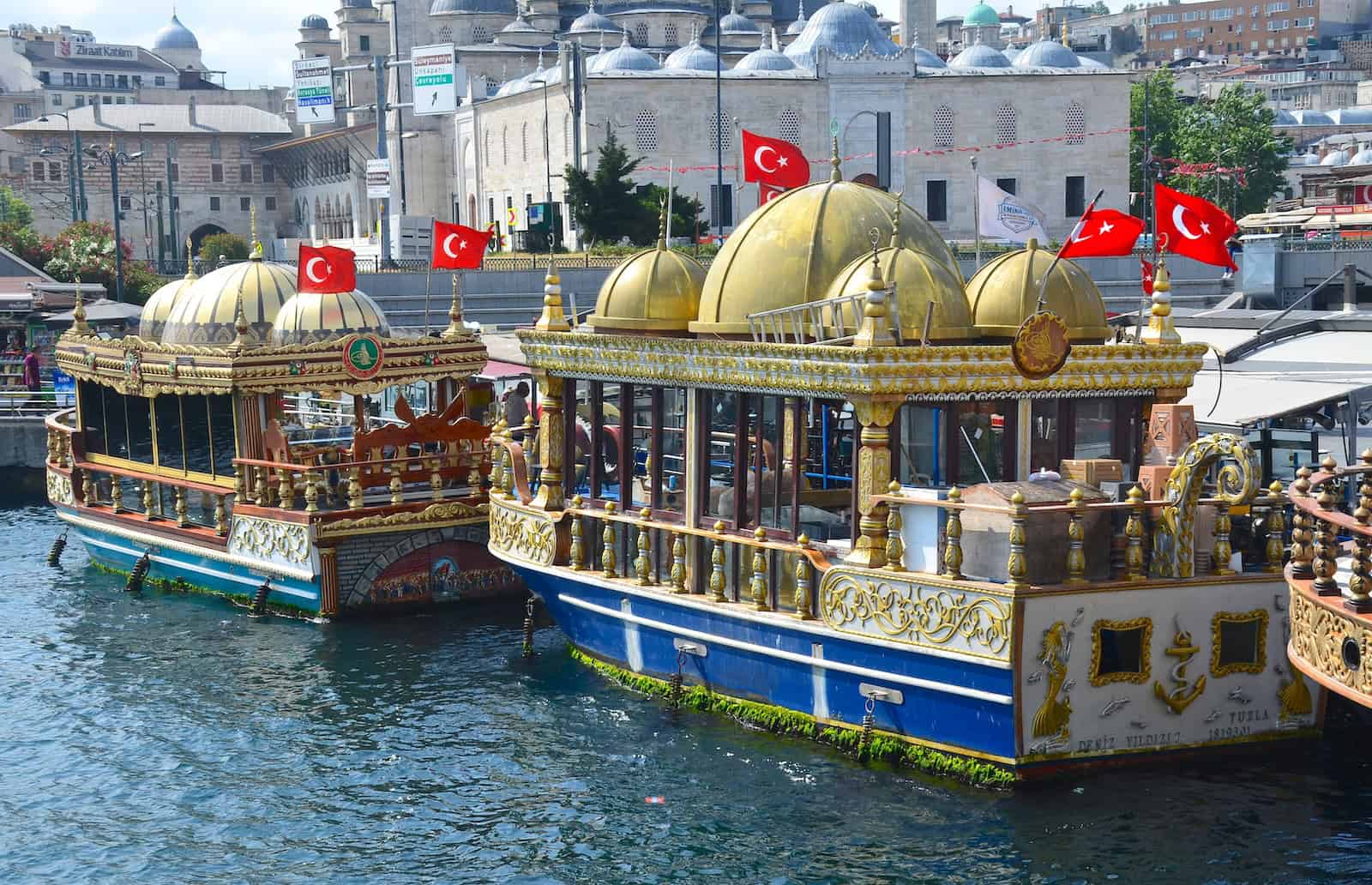

Bosporus Tours from Eminönü Pier
It’s possible to take a touristic Bosporus cruise leaving from Eminönü Pier. Turyol cruises leave from west of the Galata Bridge and last about 90 minutes. They run pretty much hourly from 10am to 7pm and cost 200₺ (as of August 2024).
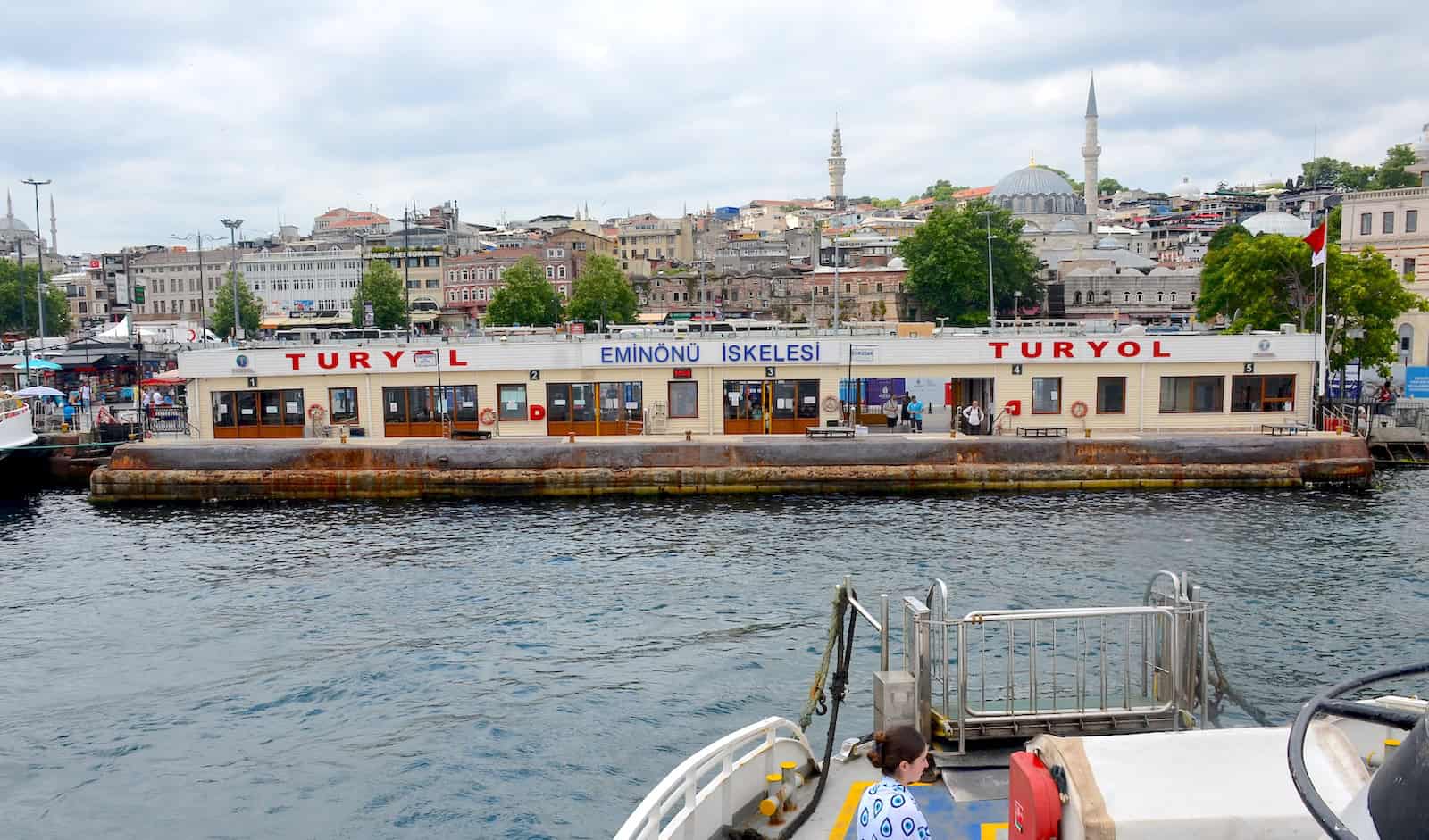
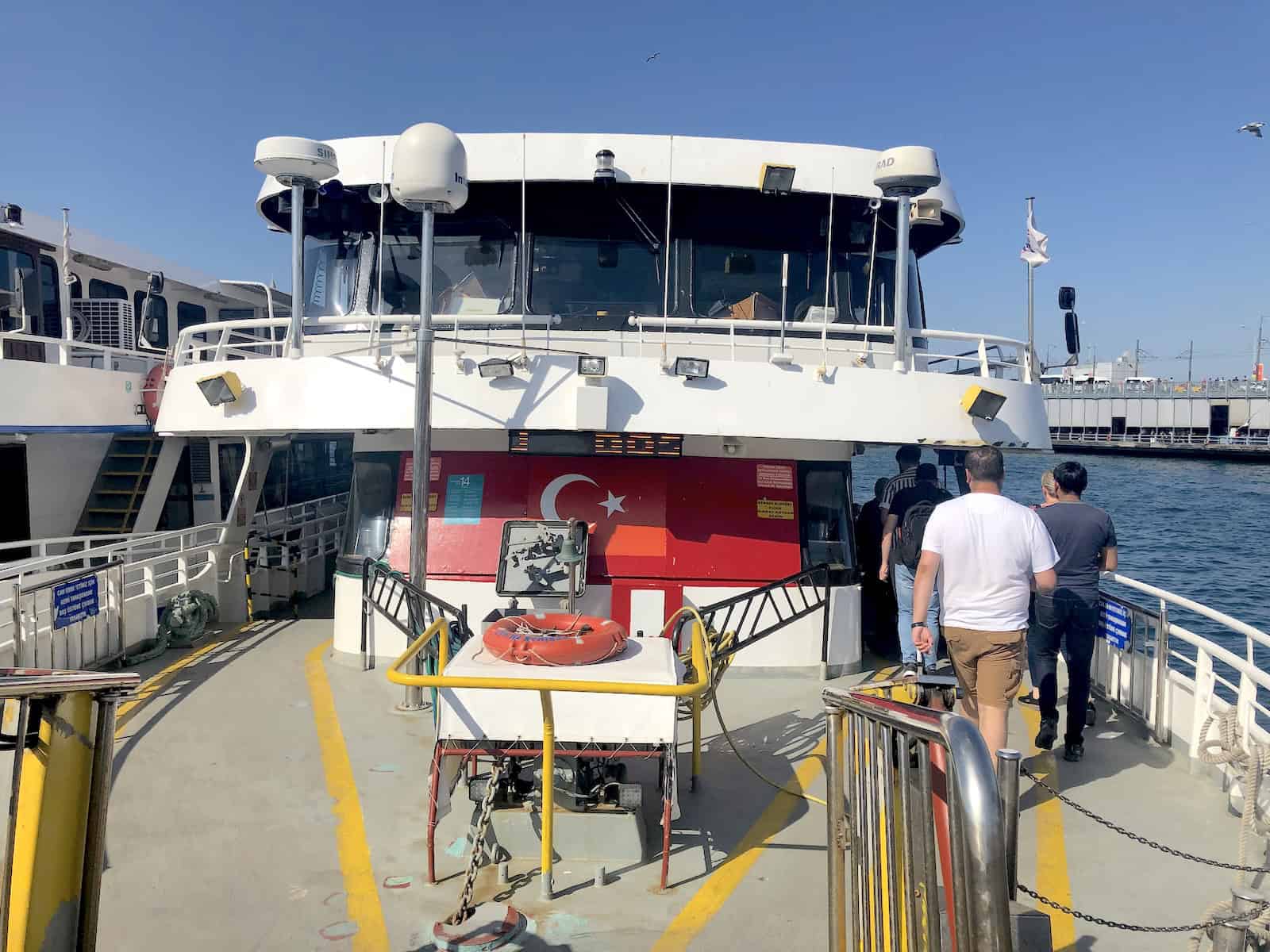
The City Ferry Lines (İstanbul Şehir Hatları) cruises leave from east of the Galata Bridge. Short Bosporus tours running for 2 hours are 260₺ for foreigners (as of August 2024). Children under six are admitted free of charge. They leave daily at 2:40pm and 4:45pm.
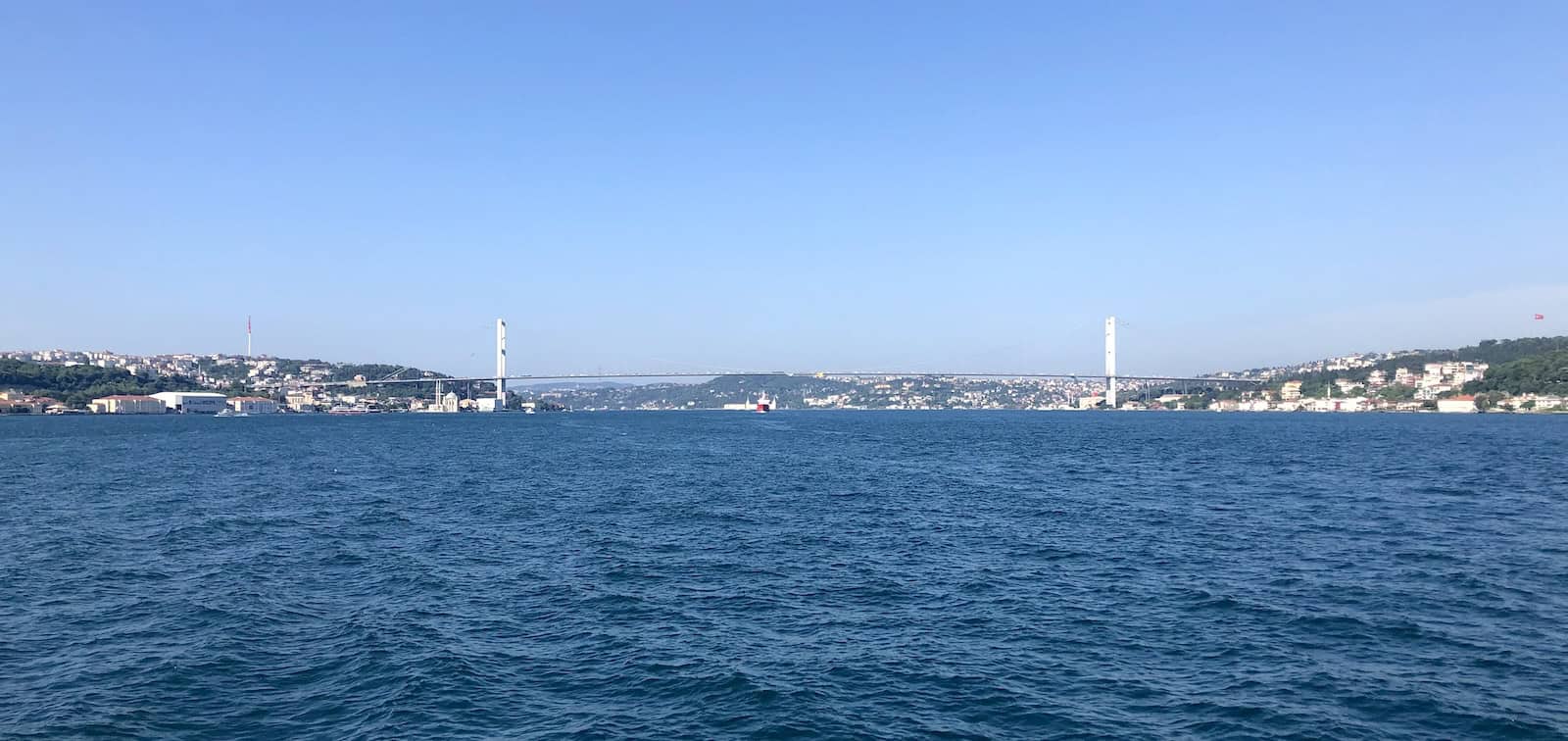
Full Bosporus tours leave at 10:35am daily and last about six hours. These tours include a 2 ½ hour stop at Anadolu Kavağı. Both return and one-way tickets for foreigners cost 480₺ (as of August 2024). Children under six are admitted free of charge.
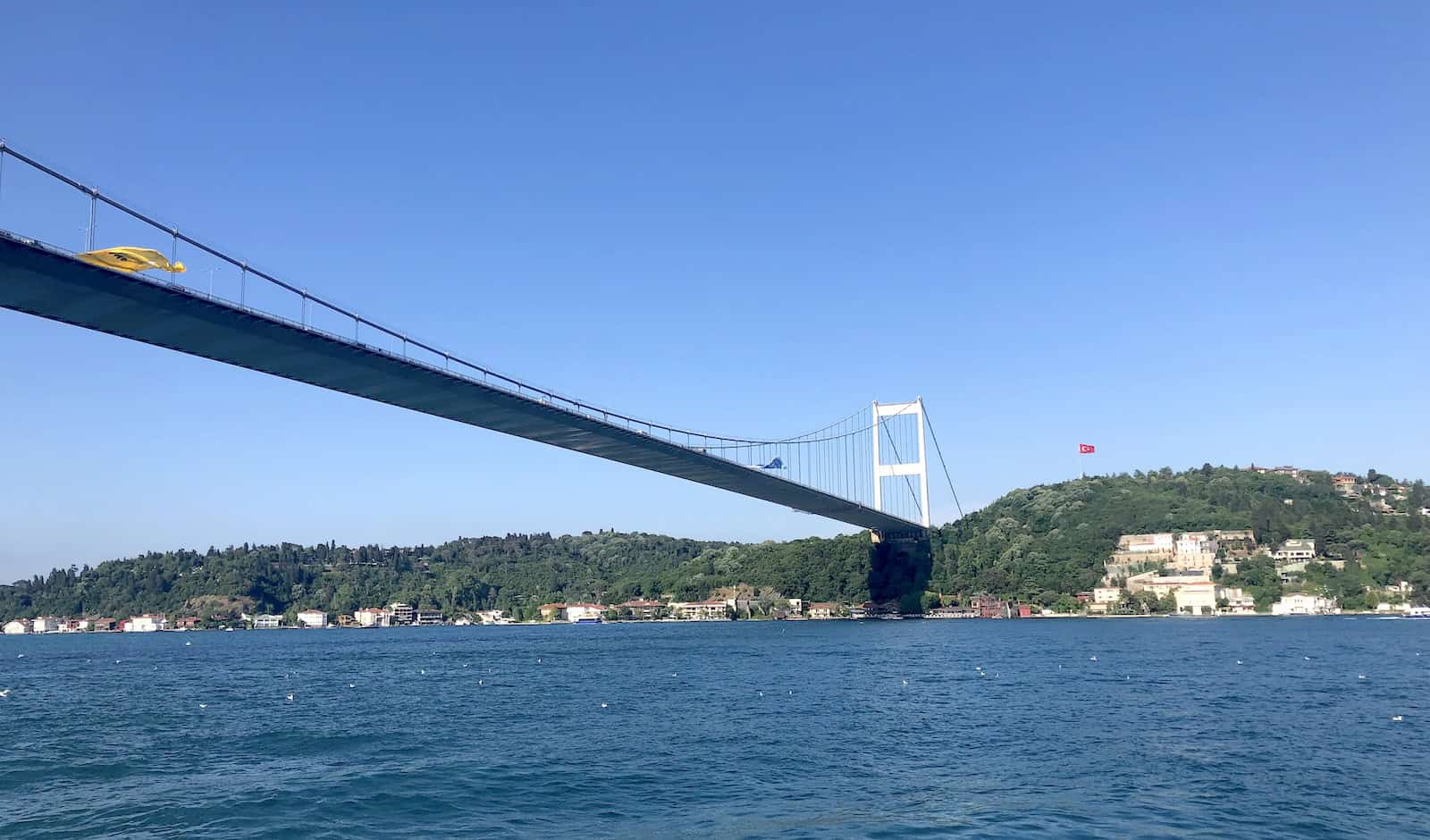
In addition to the public cruises, it’s also possible to arrange for a private Bosporus cruise. This can be done through your hotel or speaking directly with someone at the docks. Prices vary.

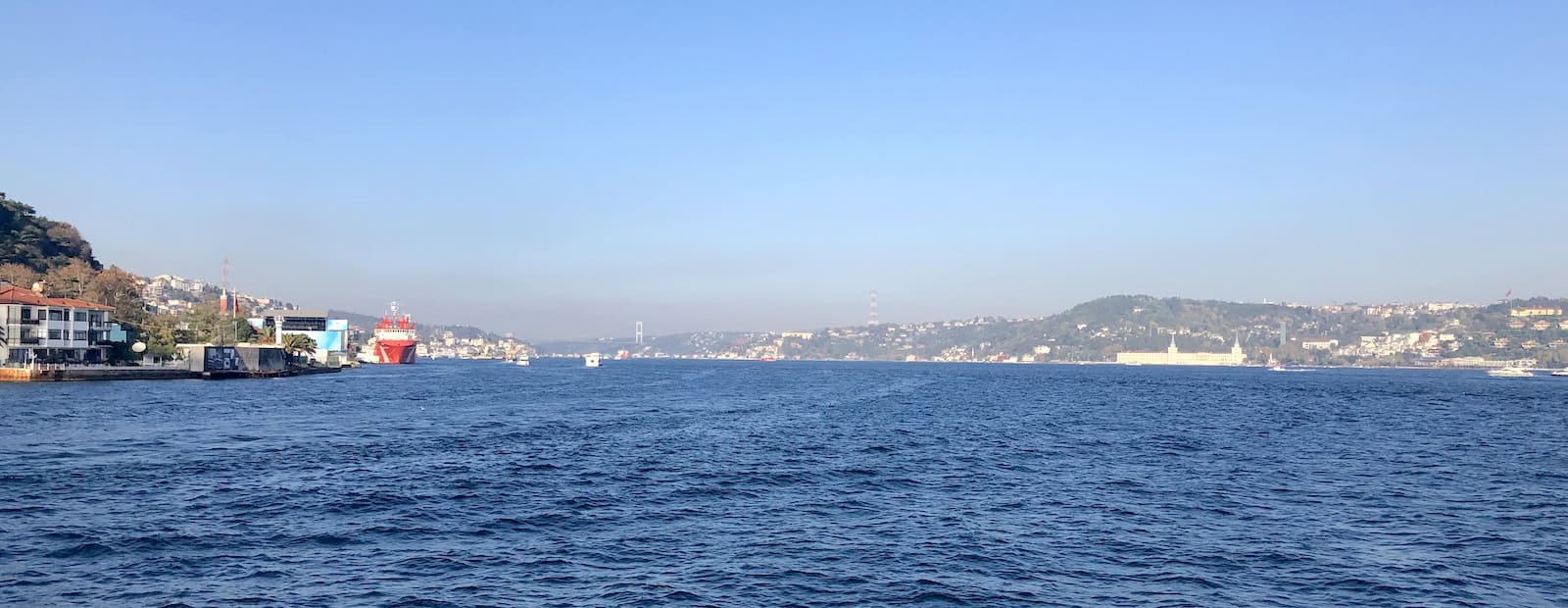
Zindan Han
Just west of the T5 tram stop is Zindan Han. It was built in the 19th century and named after a Byzantine dungeon that used to occupy the site. The Ottomans used the dungeon as a debtor’s prison and also a women’s prison.
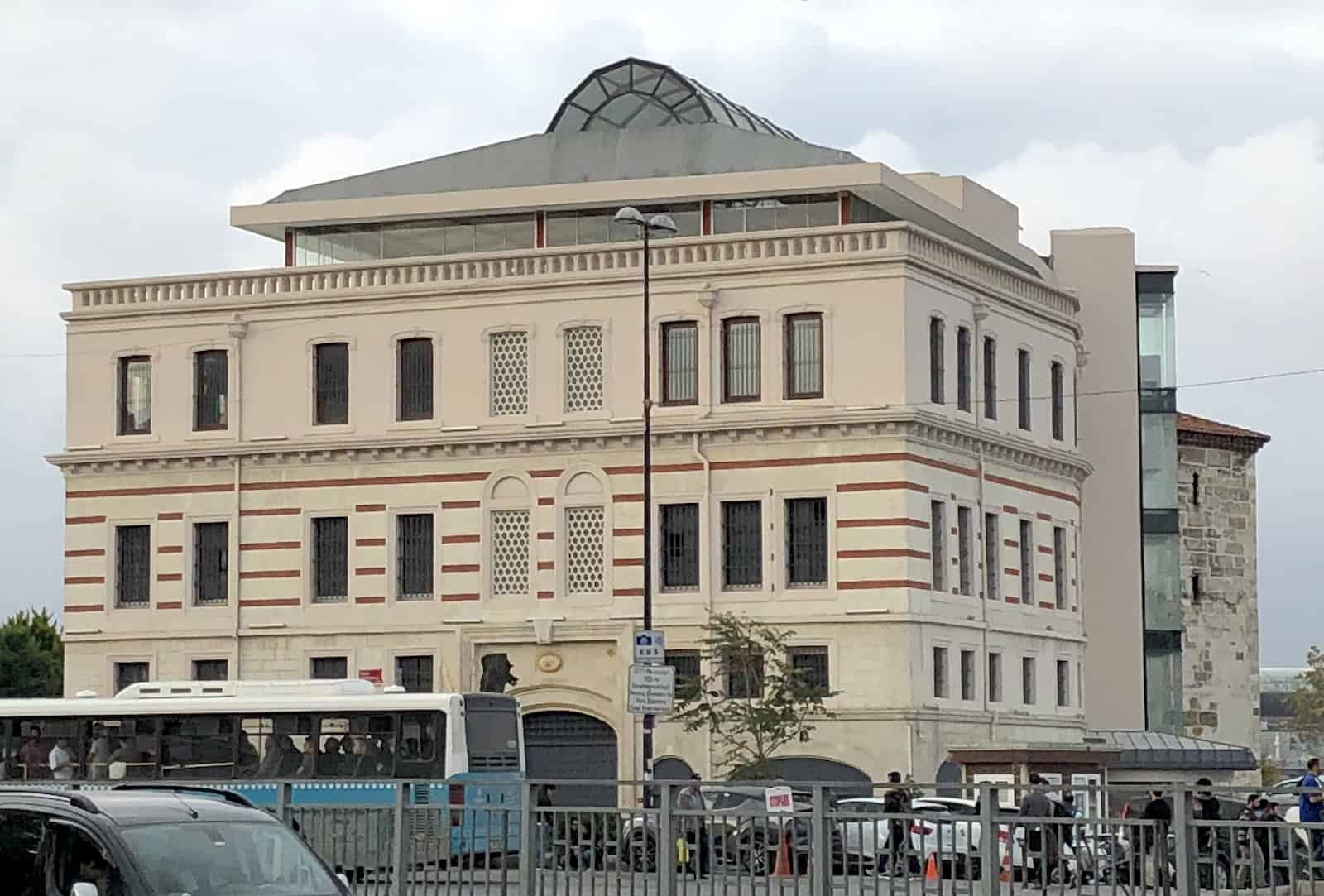
Zindan Han is the largest han in the city built in the western style of architecture. It survived demolition in the 1970s when a project to create parkland along the Golden Horn came to fruition.
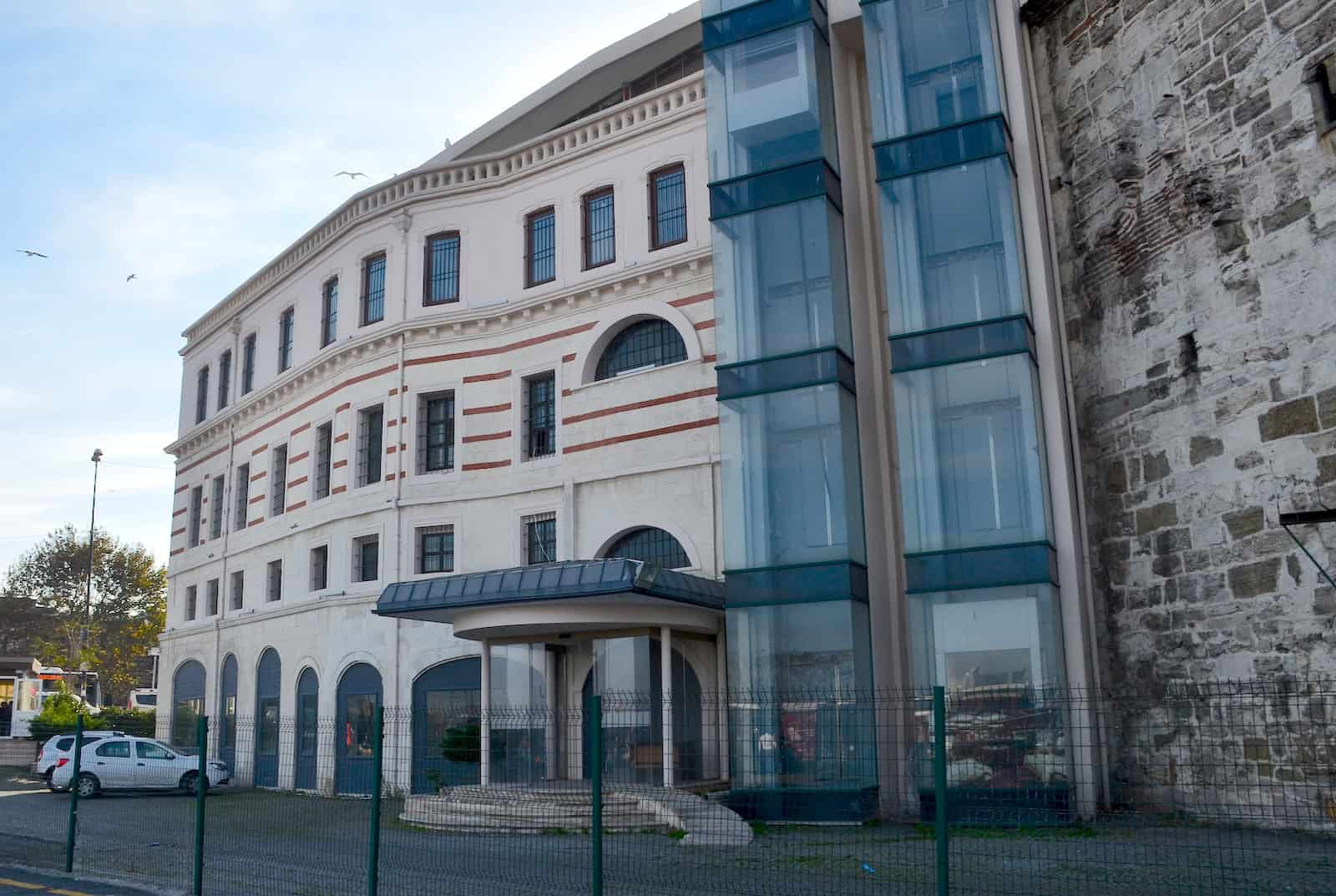
Tomb of Cafer Baba
The tomb of Cafer Baba (Cafer Baba Türbesi) is attached to the rear of Zindan Han. It was once a tower on the Byzantine sea walls. According to legend, Cafer Baba came to Constantinople in the late 8th century as an envoy of Abbasid Caliph Harun al-Rashid to Empress Irene. He was later imprisoned under Nikephoros I, escaping with the help of Ali, a Byzantine guard who converted to Islam. Both were killed in their escape. The grave was found after the Fall of Constantinople and quickly became a pilgrimage site.

Ahi Çelebi Mosque
Finally, across the street to the west is the Ahi Çelebi Mosque (Ahi Çelebi Camii). It was built in 1480 by Ahi Çelebi (1432-1522), a doctor of Mehmed the Conqueror and the chief physician under Bayezid II. It burned down in 1539 and 1653 and was damaged by an earthquake in 1892. The mosque was restored and reopened to worship in the 1990s.
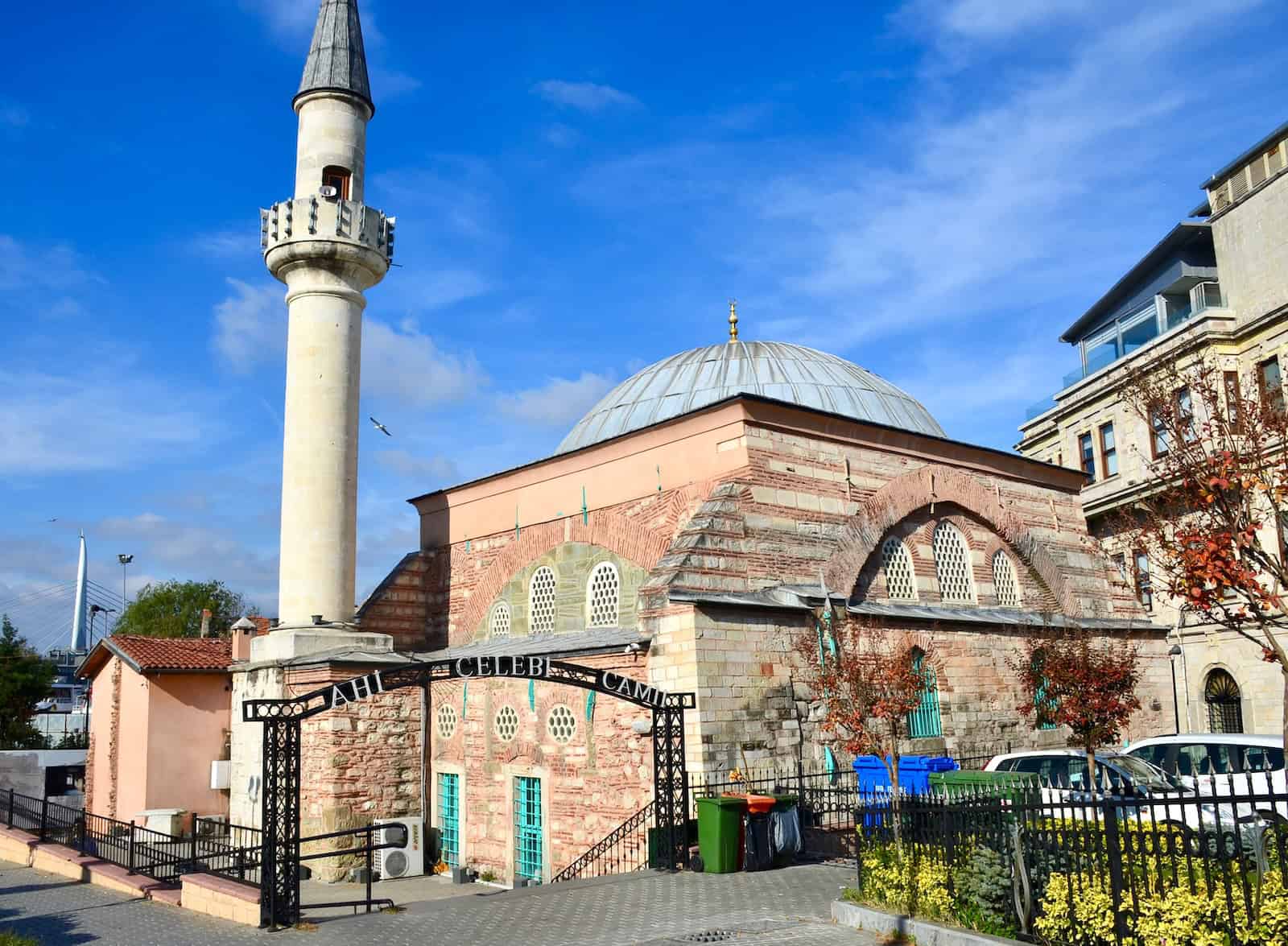
İşbank Museum
The İşbank Museum is housed in a historic building in Eminönü on the back side of the New Mosque. It tells the story of İşbank, Turkey’s largest bank. The building was constructed by Sheikh Ahmed Muhtar Talat Efendi. It opened on September 23, 1892, as the main branch of the Ottoman post office and served as such until the new post office opened nearby in Sirkeci in 1909. After that, the building served as a package post office.
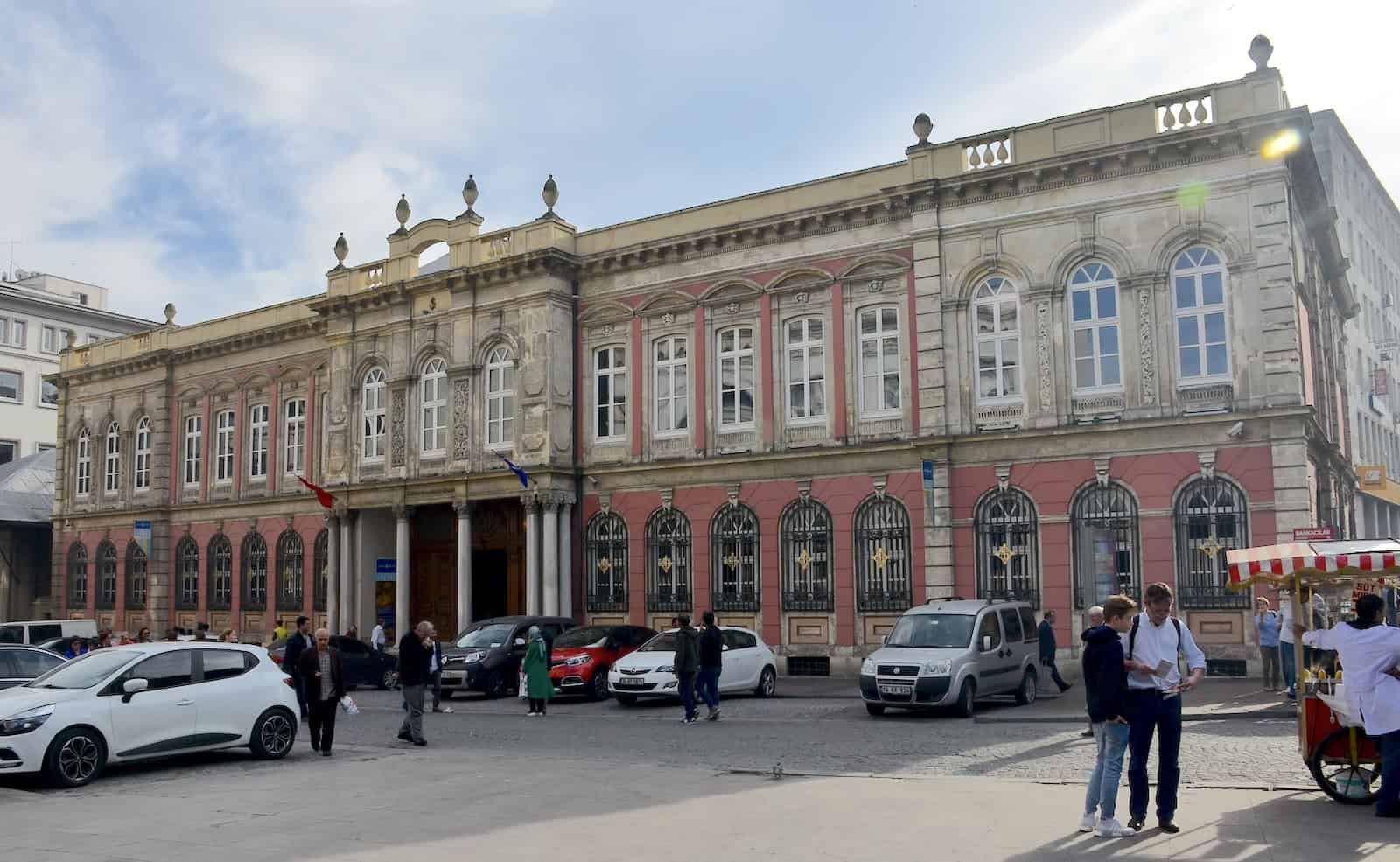
The building was sold to a local bank in 1917. In 1927, it was purchased by İşbank and became their main Istanbul office. İşbank used the building until 2004, and on October 14, 2007, it opened to the public as a museum.
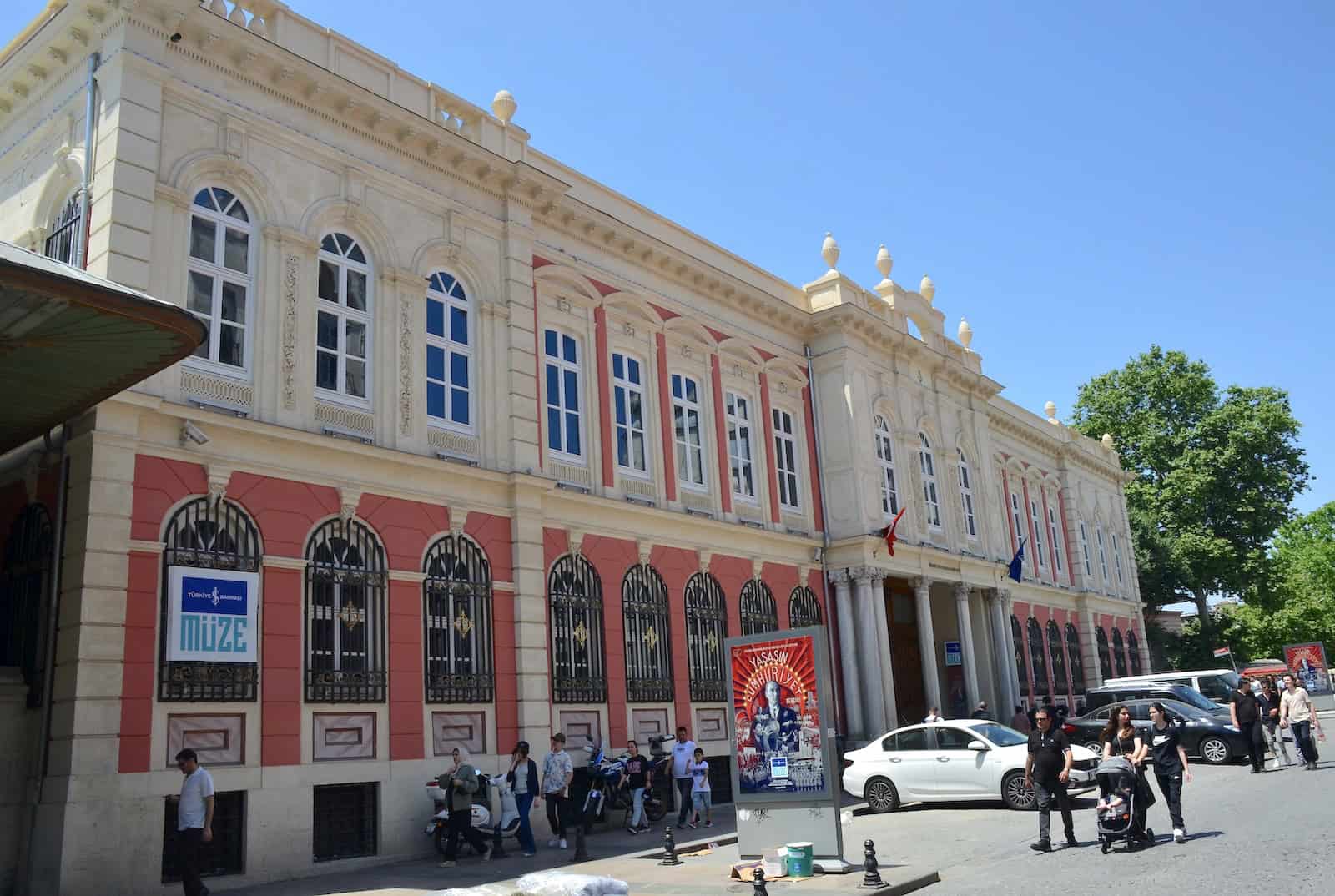
Admission to the İşbank Museum is free (as of August 2024). It’s open daily except Mondays from 10am to 6pm. The nearest public transportation is the Eminönü stop on the T1 tram line. Be aware that the exhibits are all in Turkish.
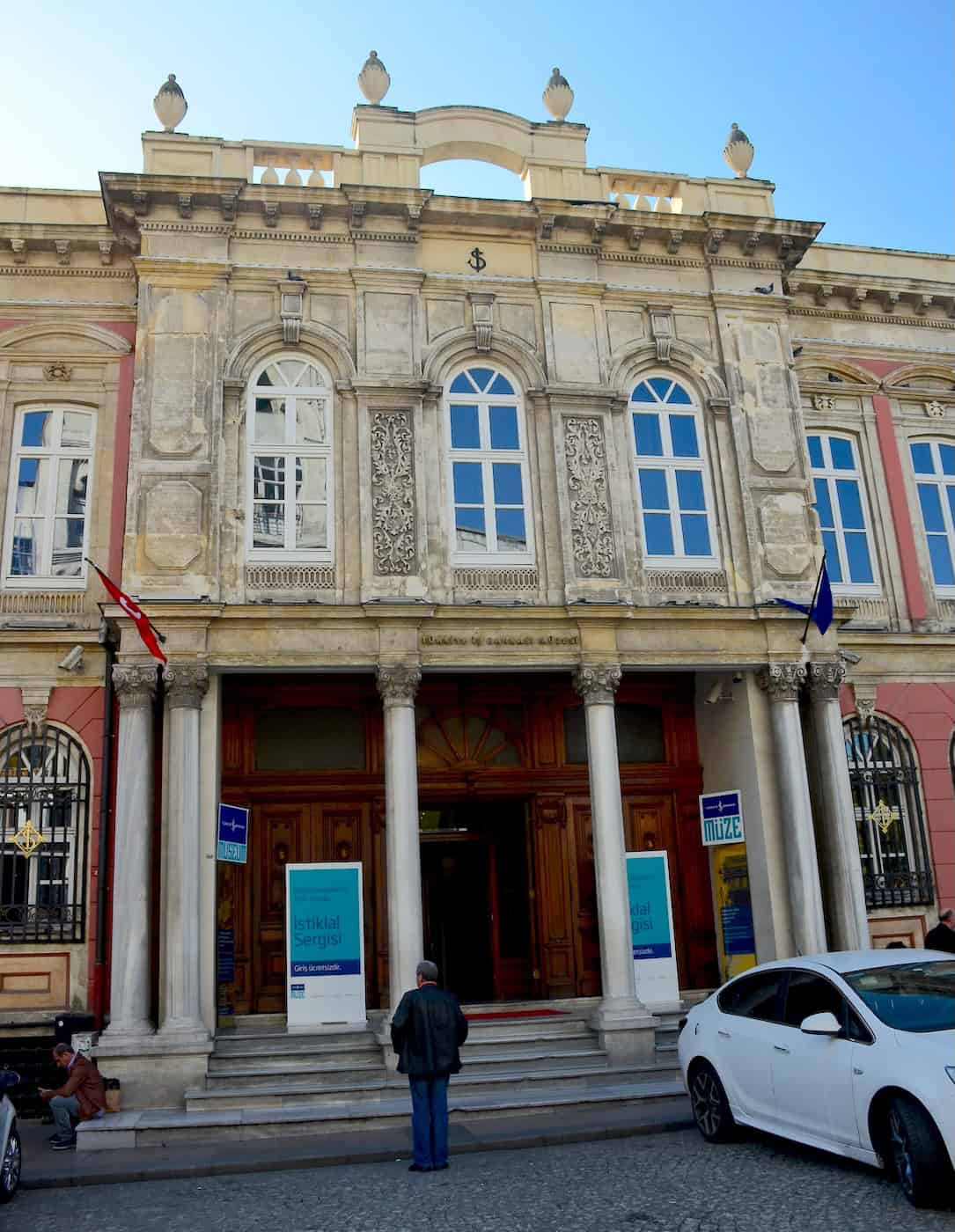
First Floor
The history of İşbank, founded in 1924, is chronicled on the first floor. On display are documents, photos, historic advertisements, and even the original furniture used in the branch manager’s office.
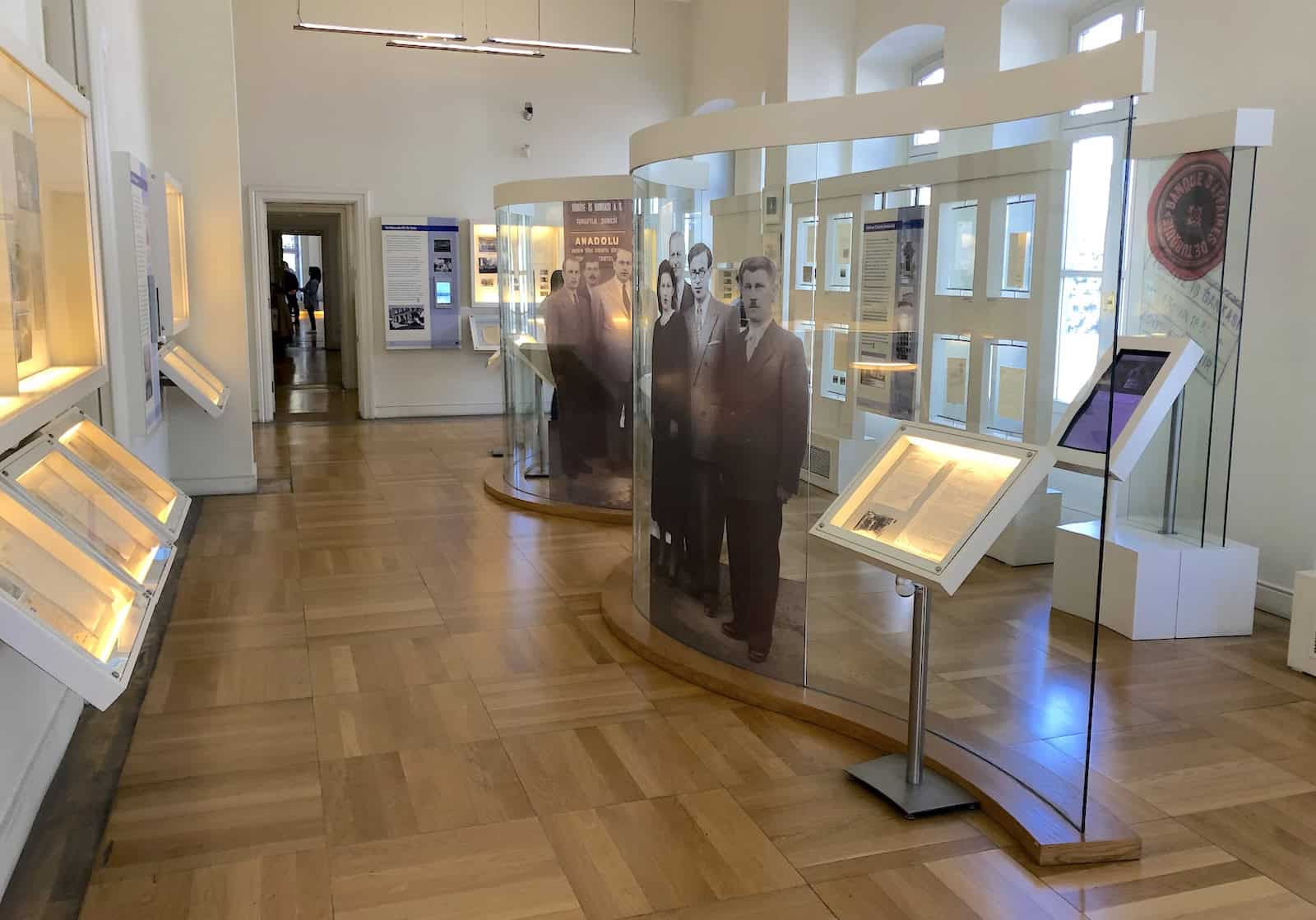
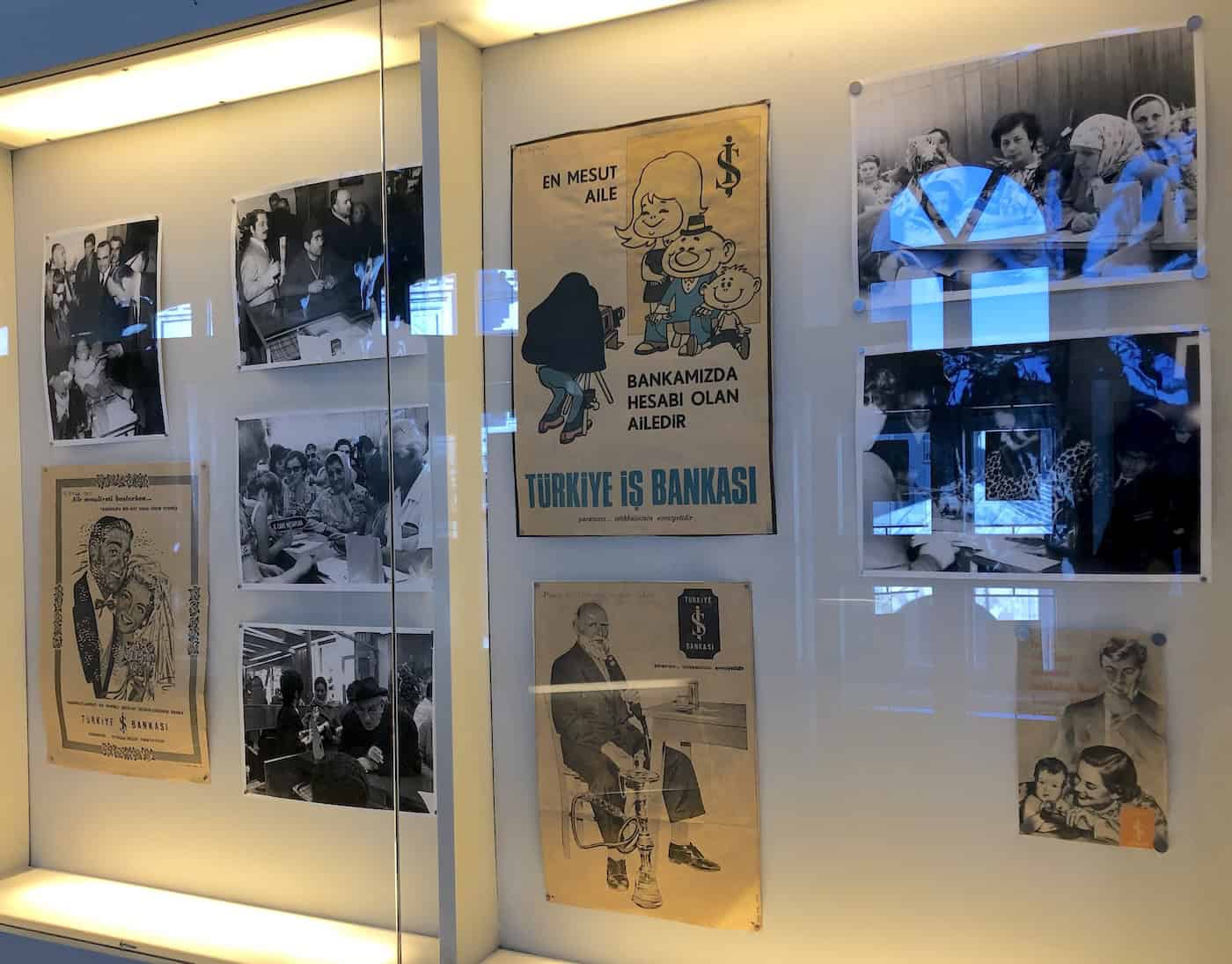
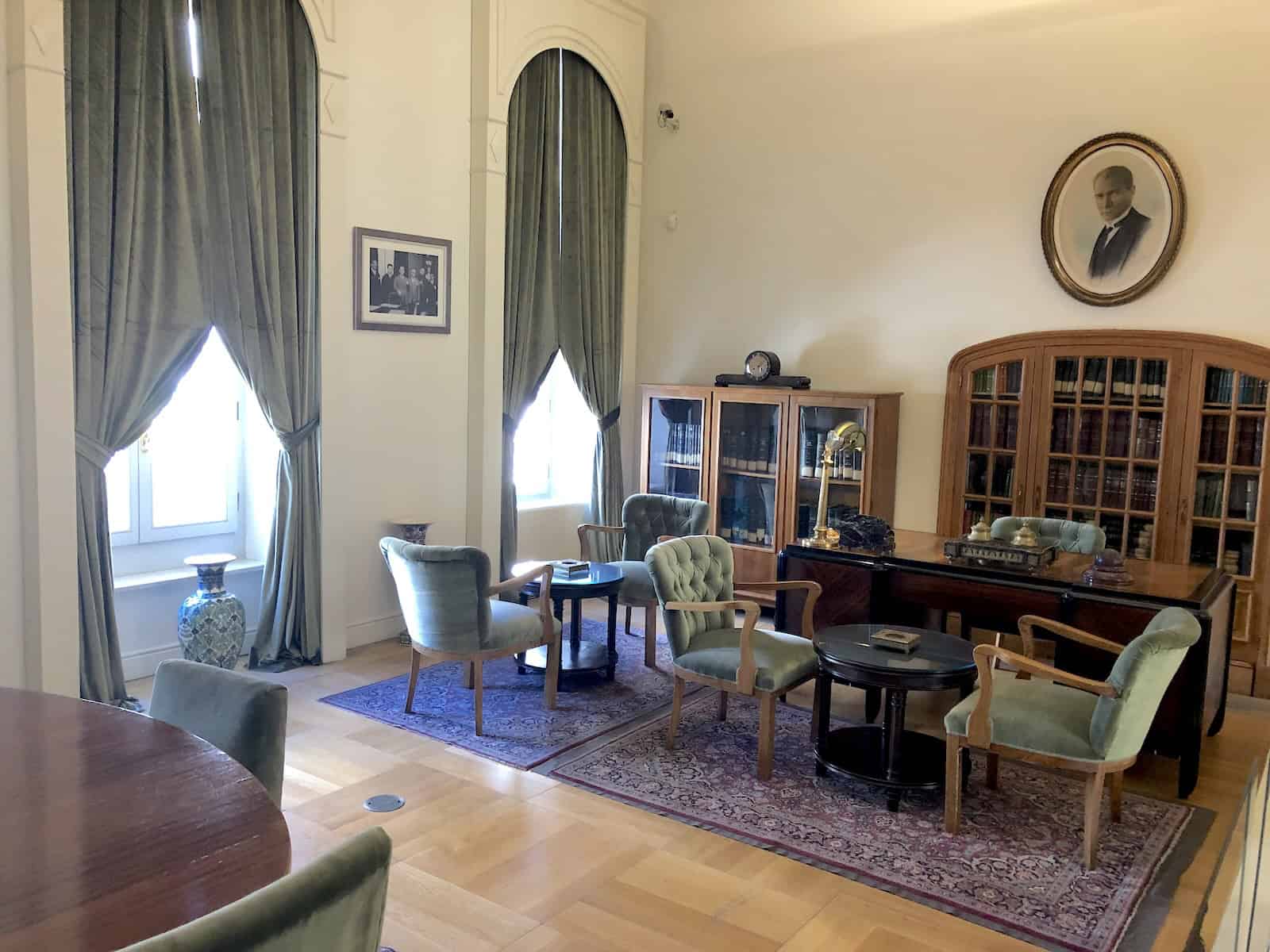
A model of the İşbank headquarters in Levent is also on display. The skyscrapers were built between 1996 and 2000. The complex includes an auditorium where performances are often held.
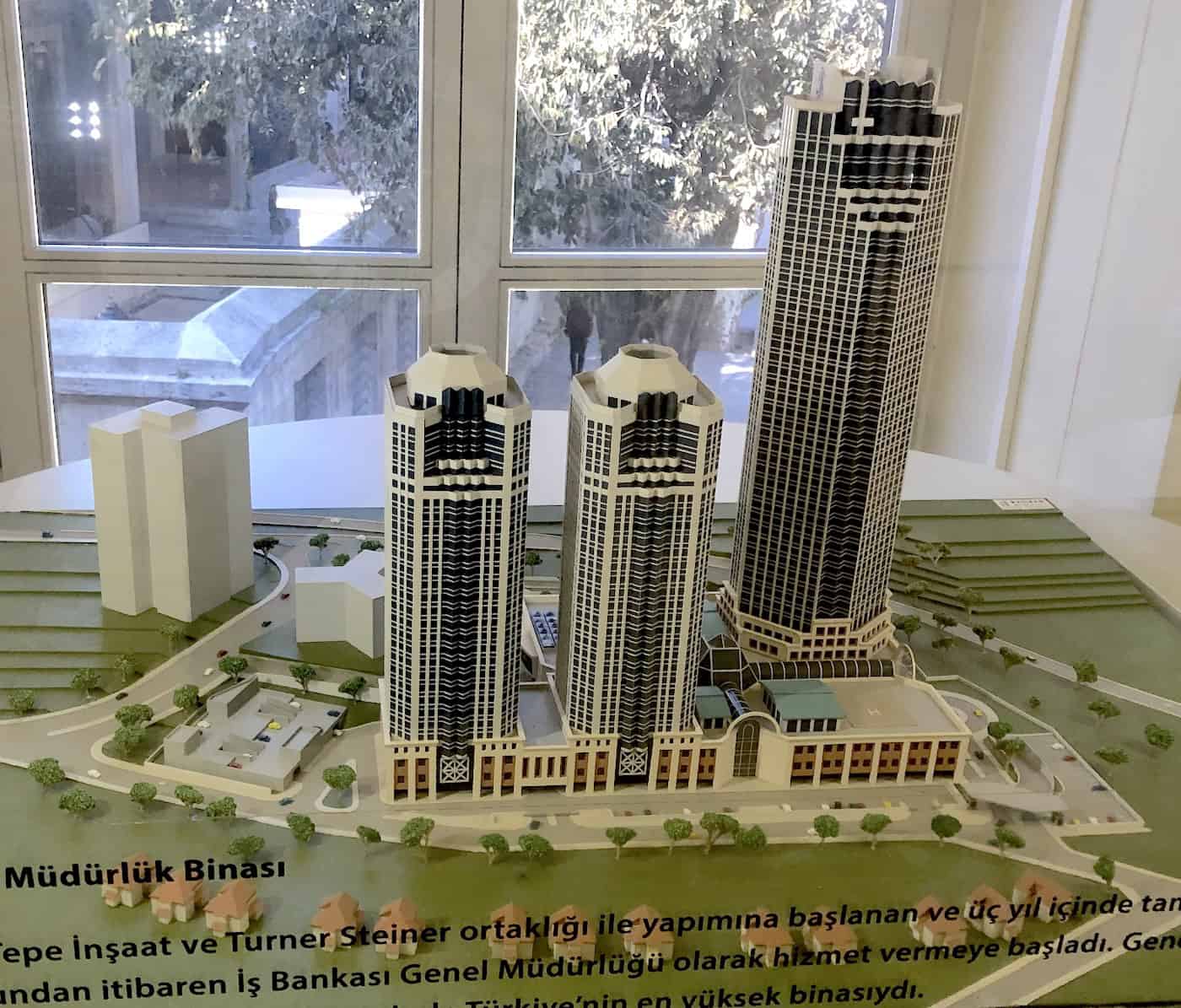
Among the architectural details to look out for are original frescoes on the walls. They’re protected behind panes of glass.
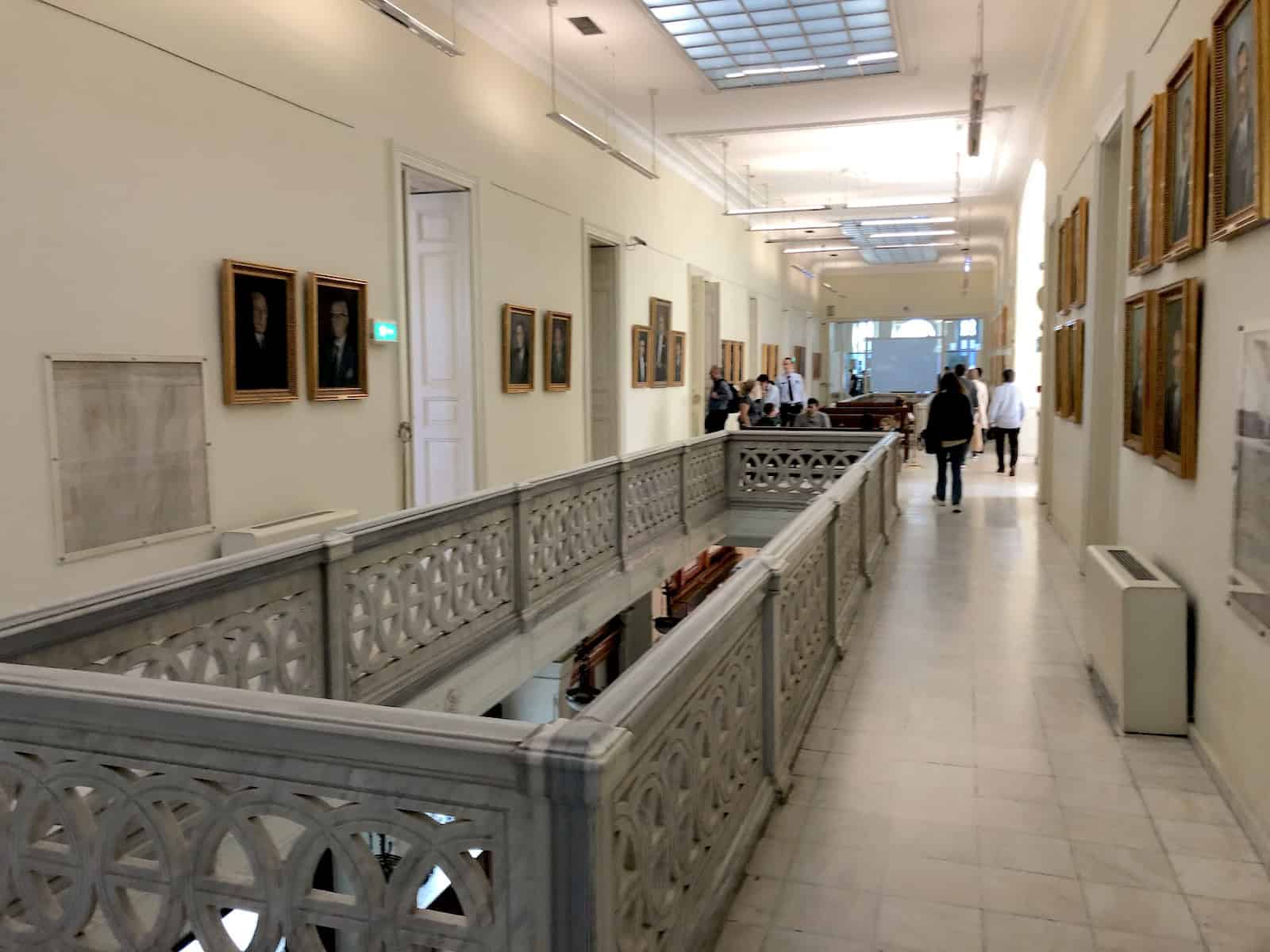
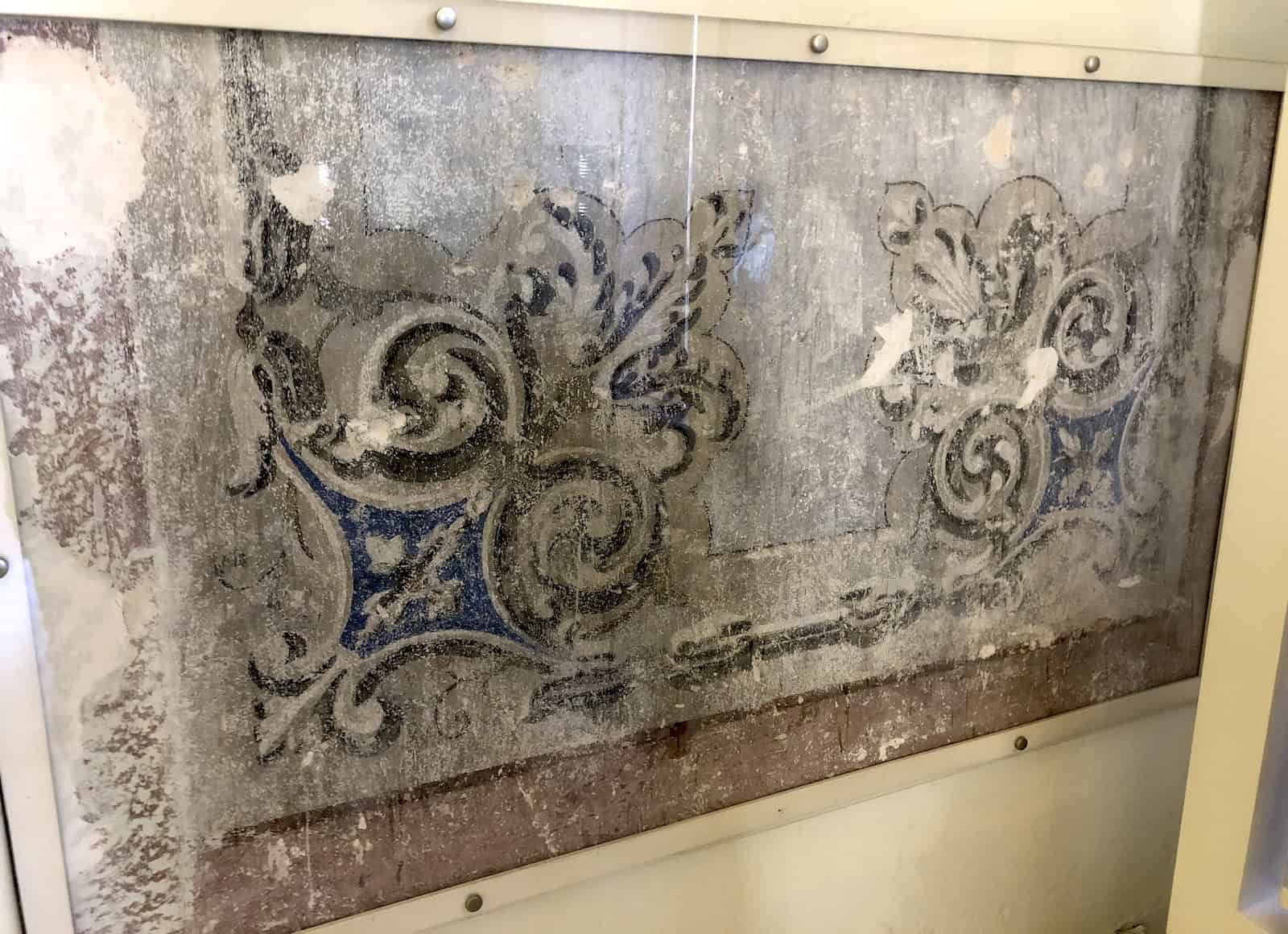
Ground Floor
The ground floor contains exhibition space built into the old teller windows, allowing visitors to appreciate the fine workmanship of the 1920s.
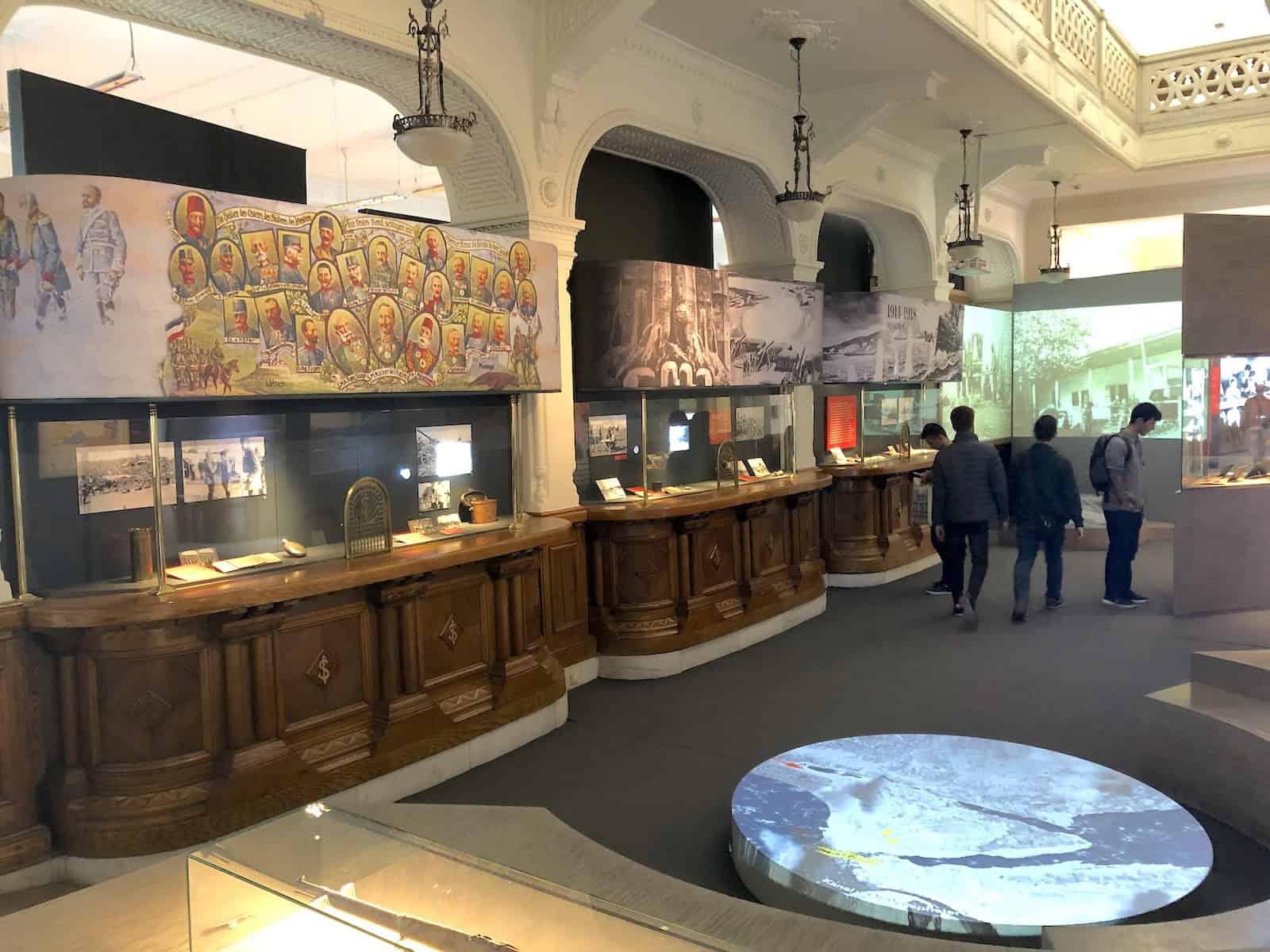
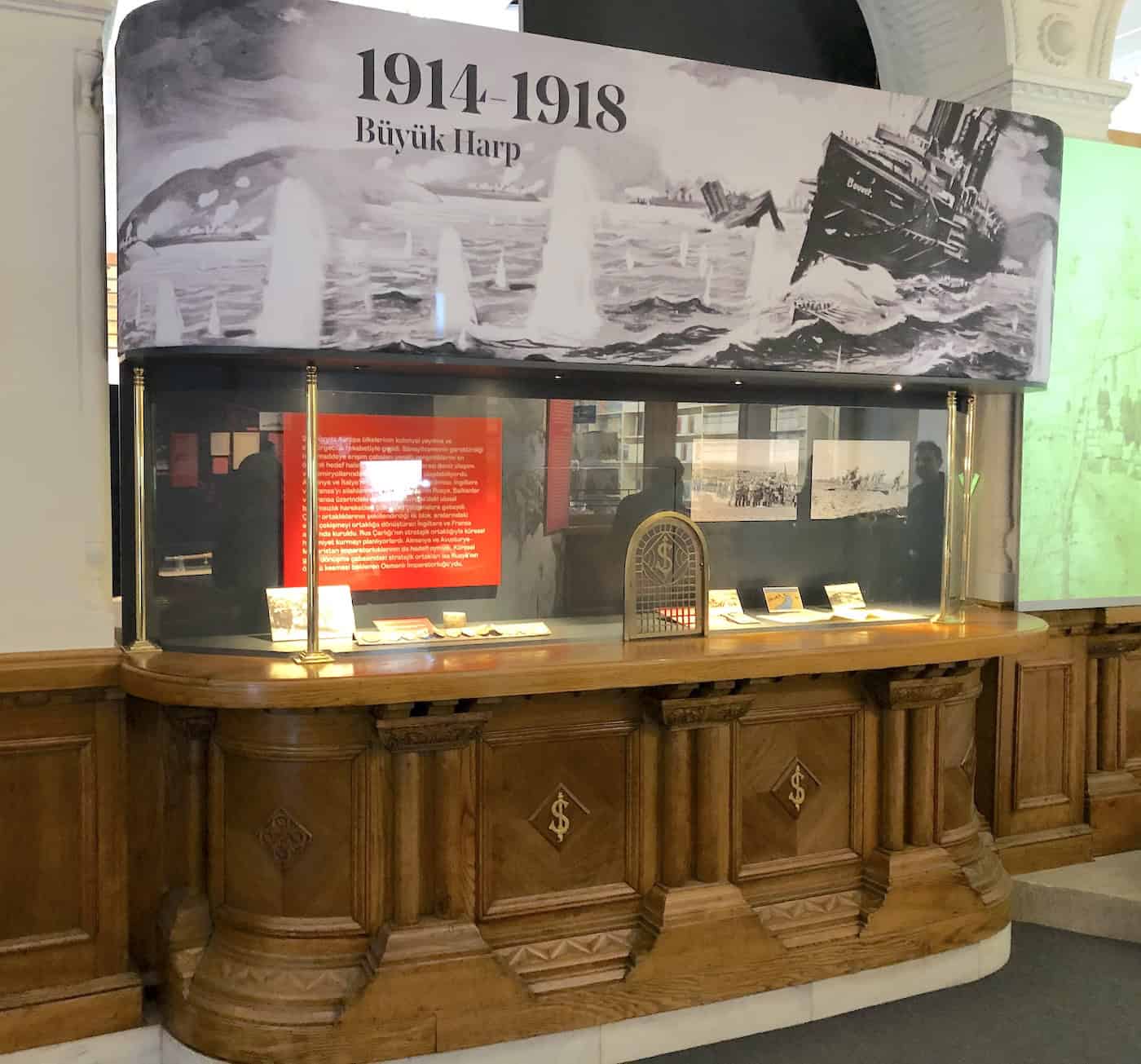
The exhibition contained a history of the Turkish War of Independence. There were several photos, videos, and artifacts on display. Although everything is in Turkish, the exhibit does a fine job of bringing the war to life.
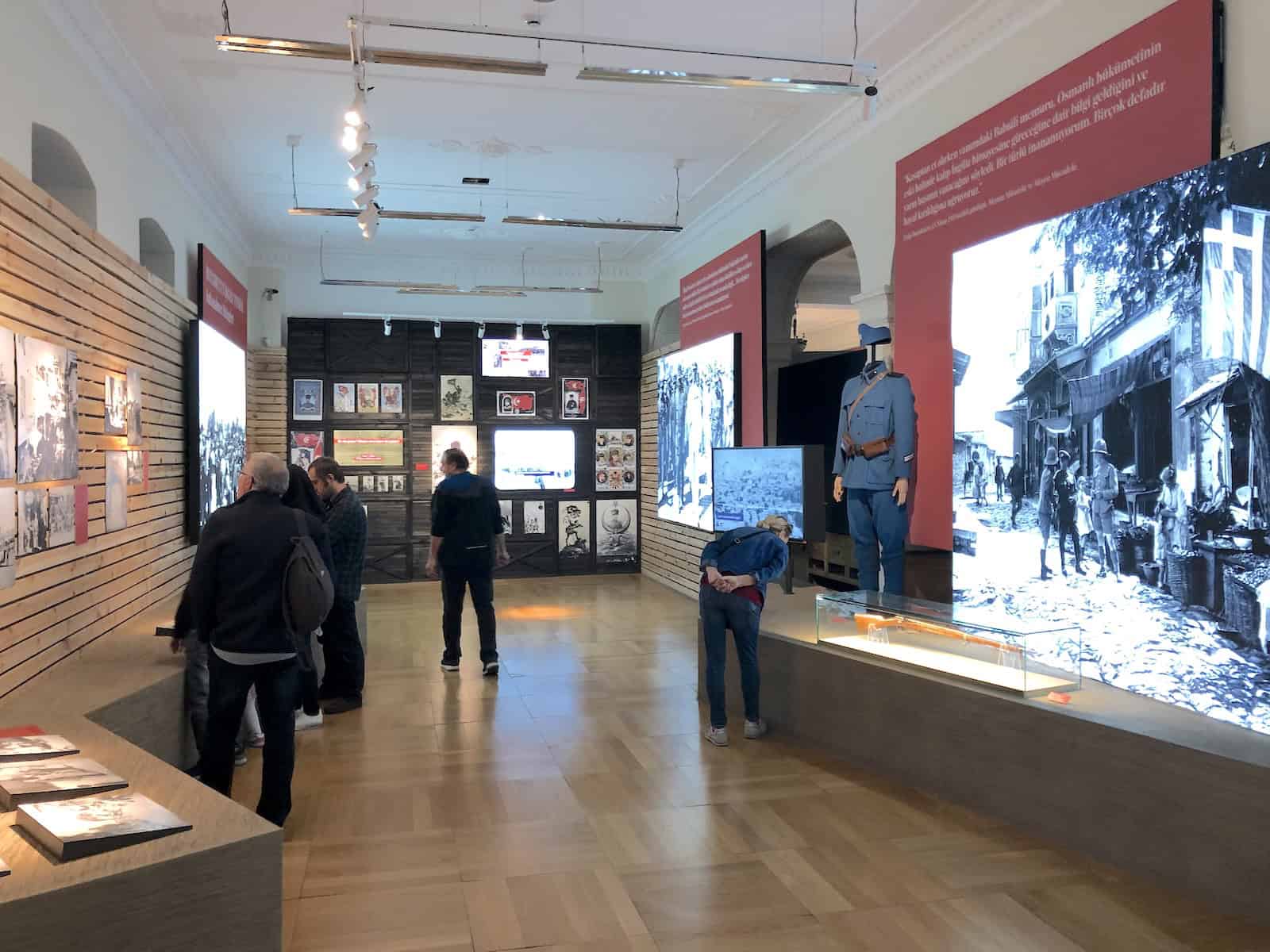
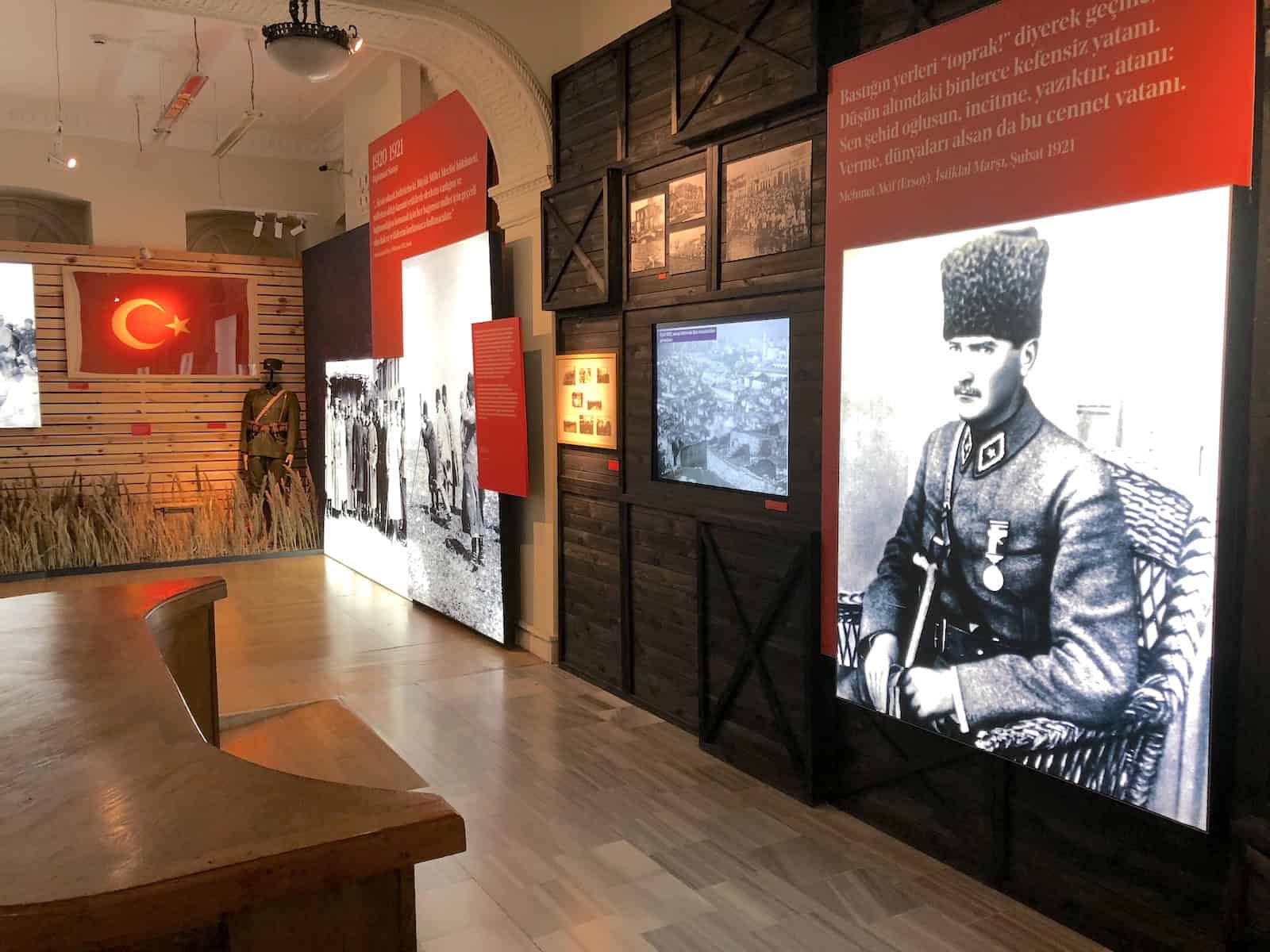
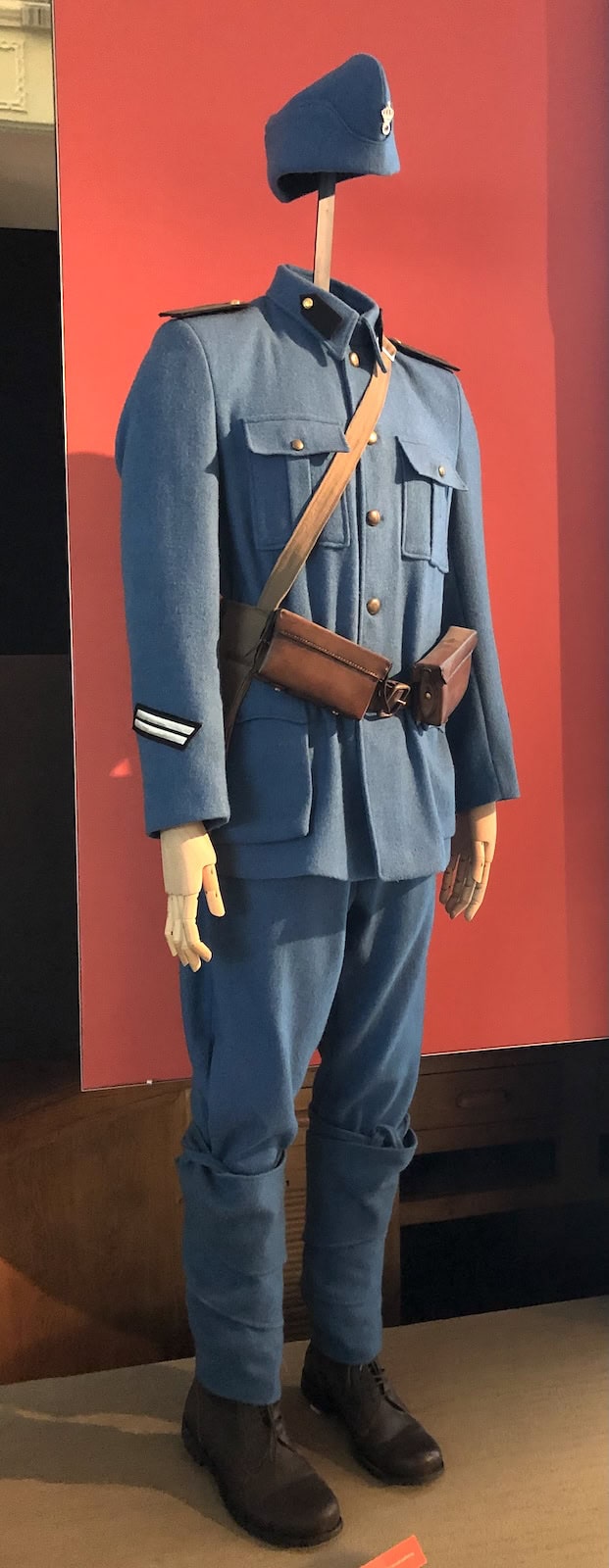

Basement
The basement, which is accessed by a stairwell to the right of the entrance, was the most interesting part of the museum for me. First is the safe deposit box vault. Some of the boxes contain items that I guess were found in unclaimed boxes. They included passports, toys, photos, and sentimental items.
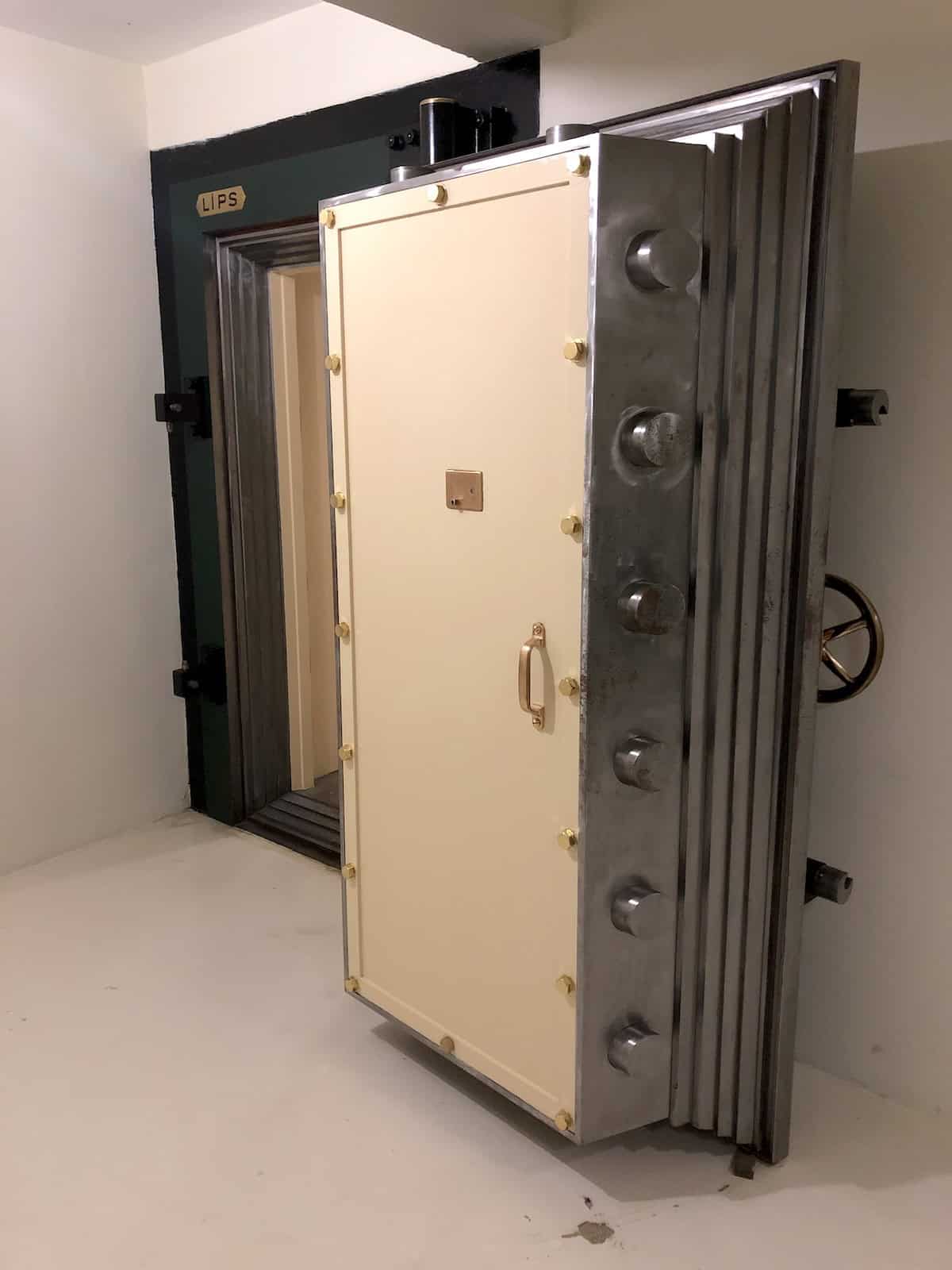
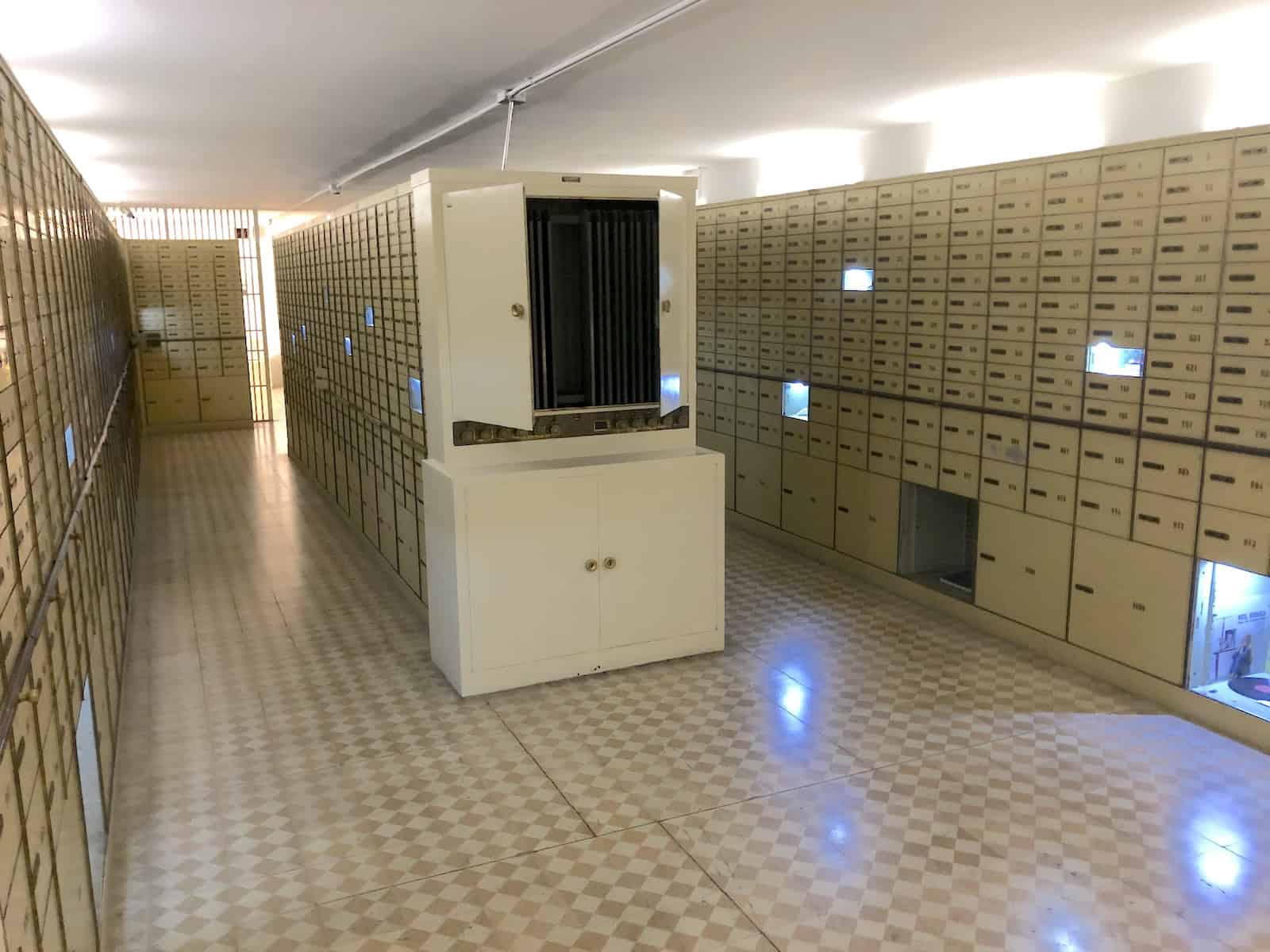
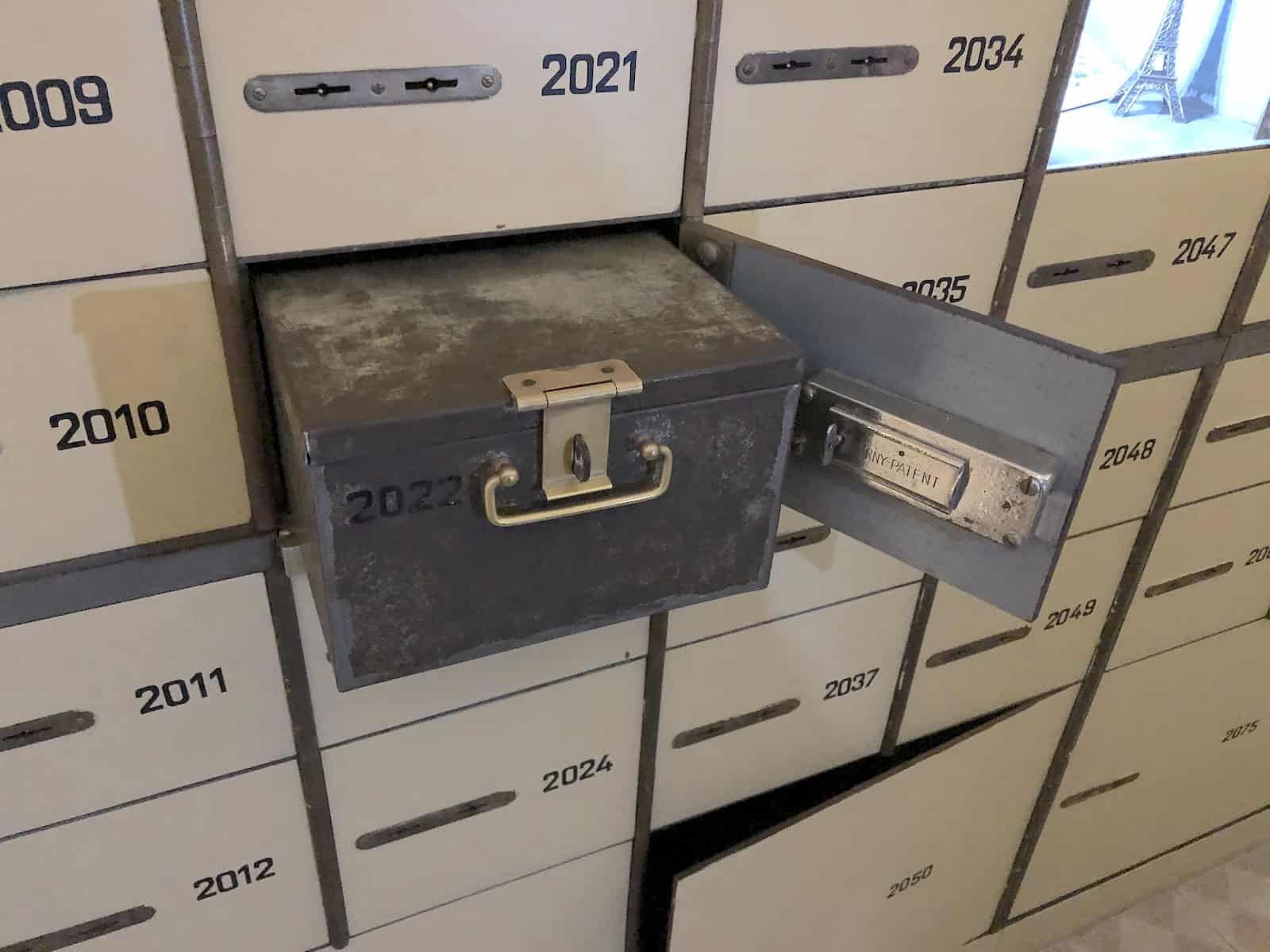
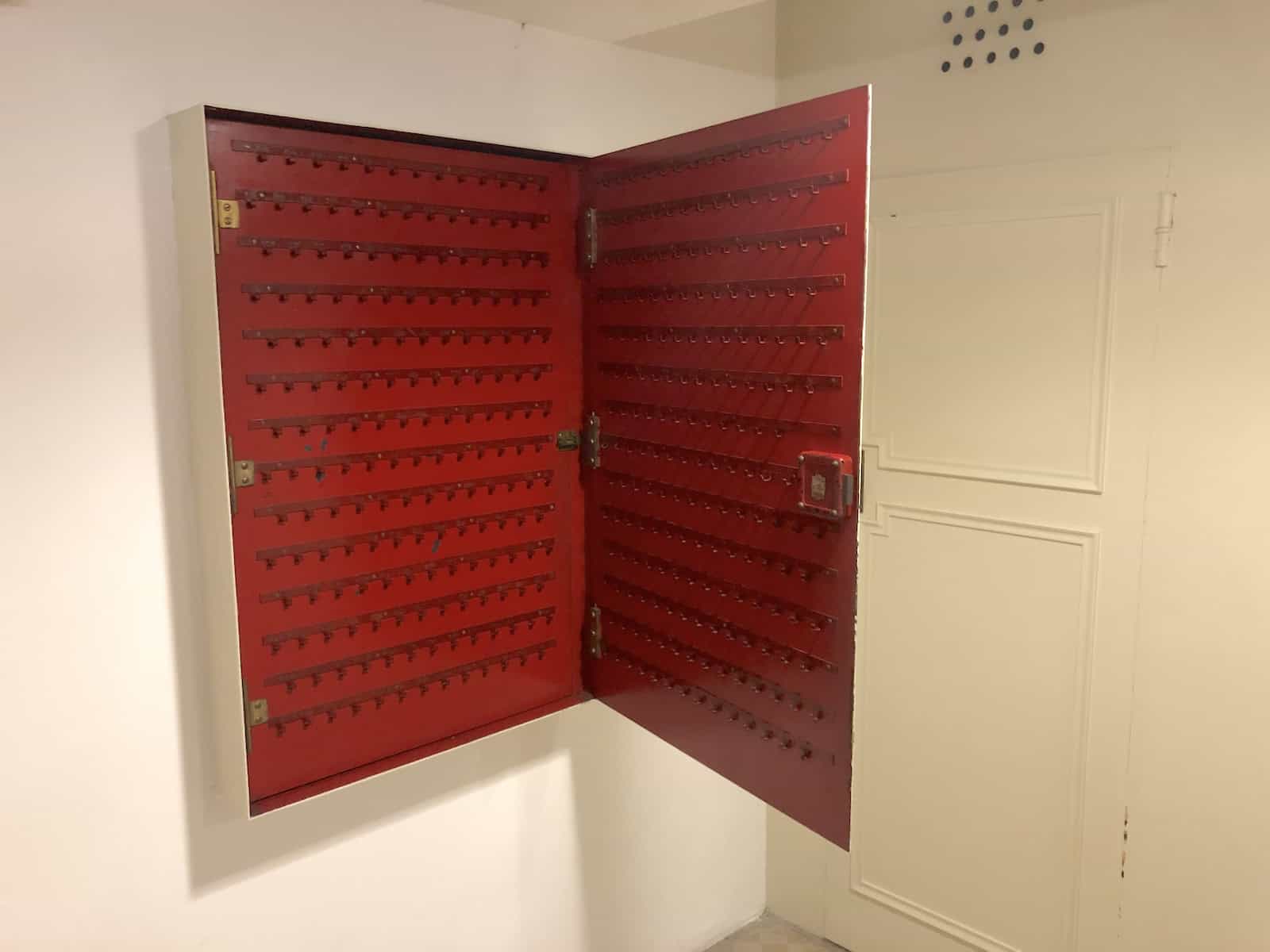
Next is a long corridor with a dizzying display of numbers projected onto the wall and floors. It kind of brought back nightmares of my days as an accountant!
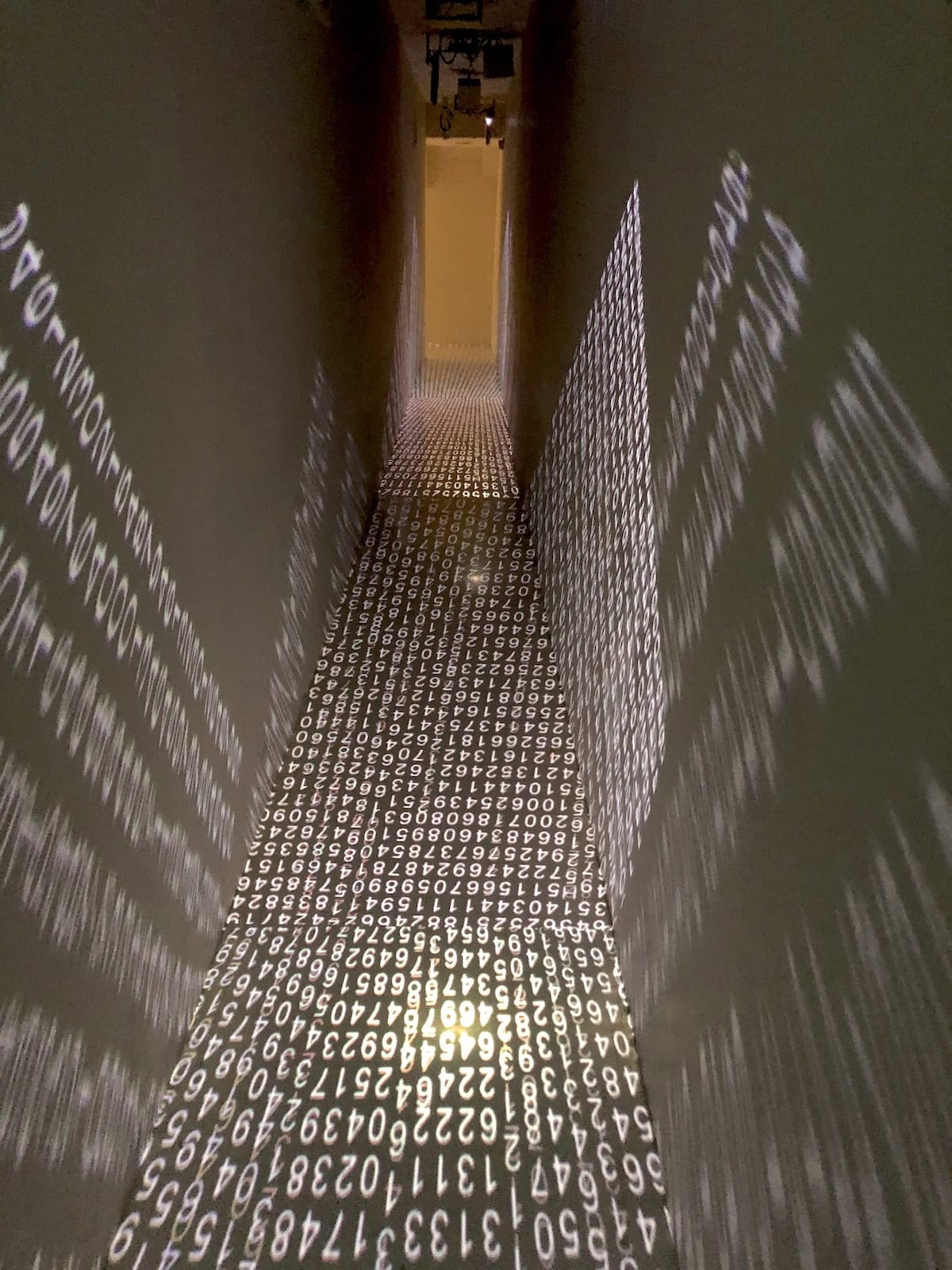
Around the corner is the main bank vault, which was built by Lips Dordrecht of the Netherlands. It contains some of the original equipment used in the banking industry as well as the original cabinets where money was stored.
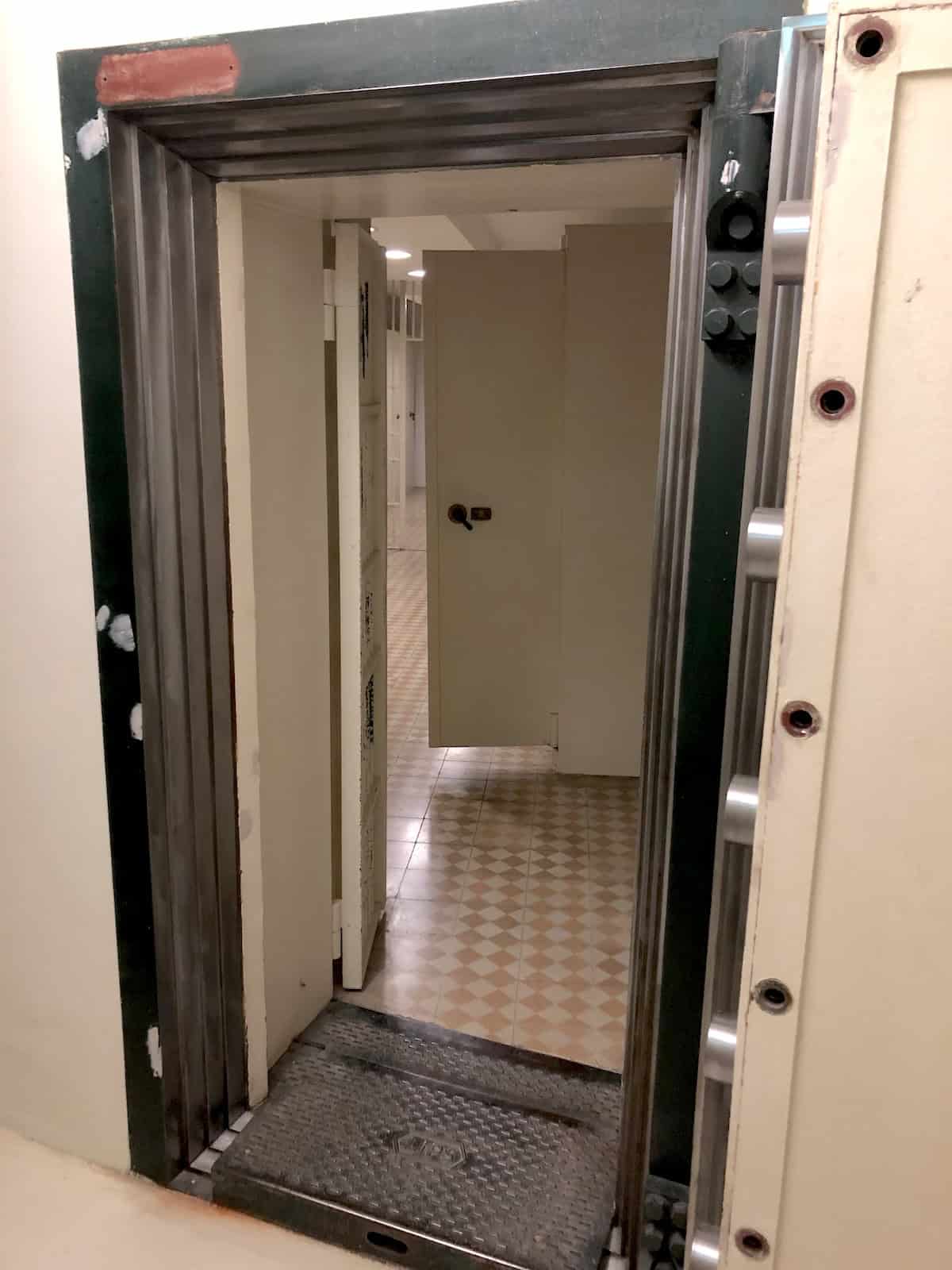

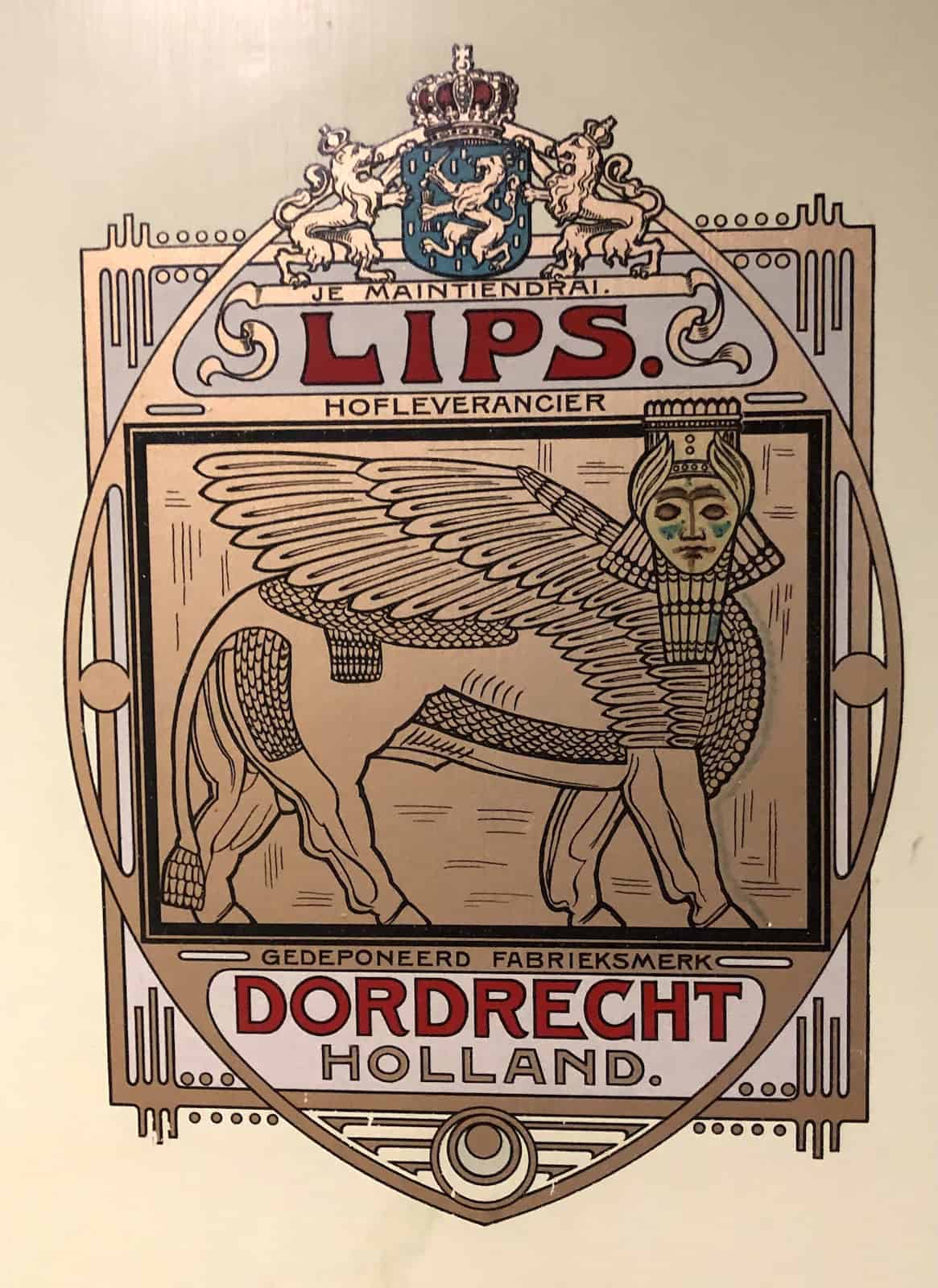
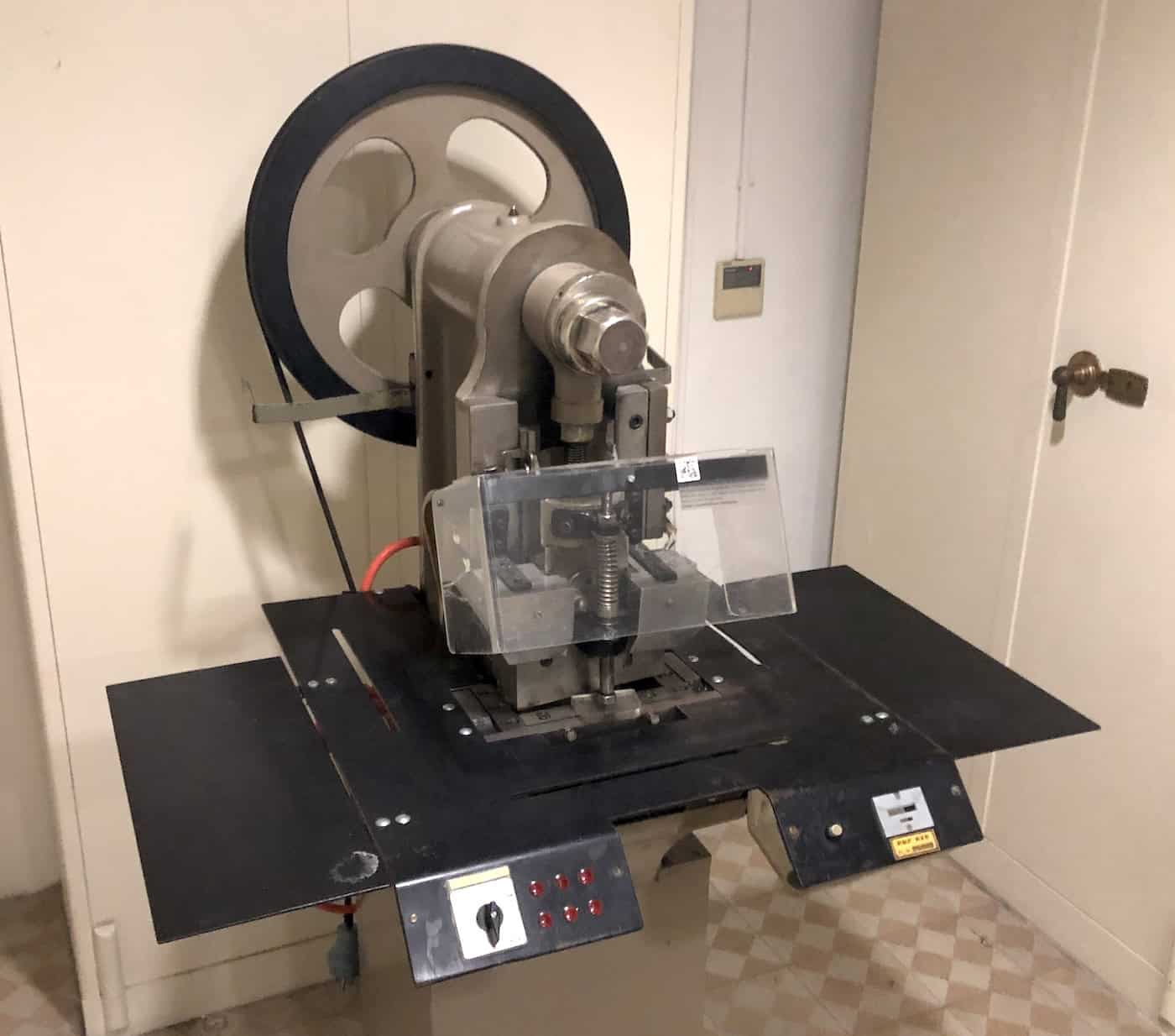
The exhibition in the main vault consists of old documents mainly in French, Turkish, and Ottoman Turkish. They include cancelled checks, letters, stock shares, and ledgers. Each document is kept in a sliding glass display that pulls out of the cabinet.
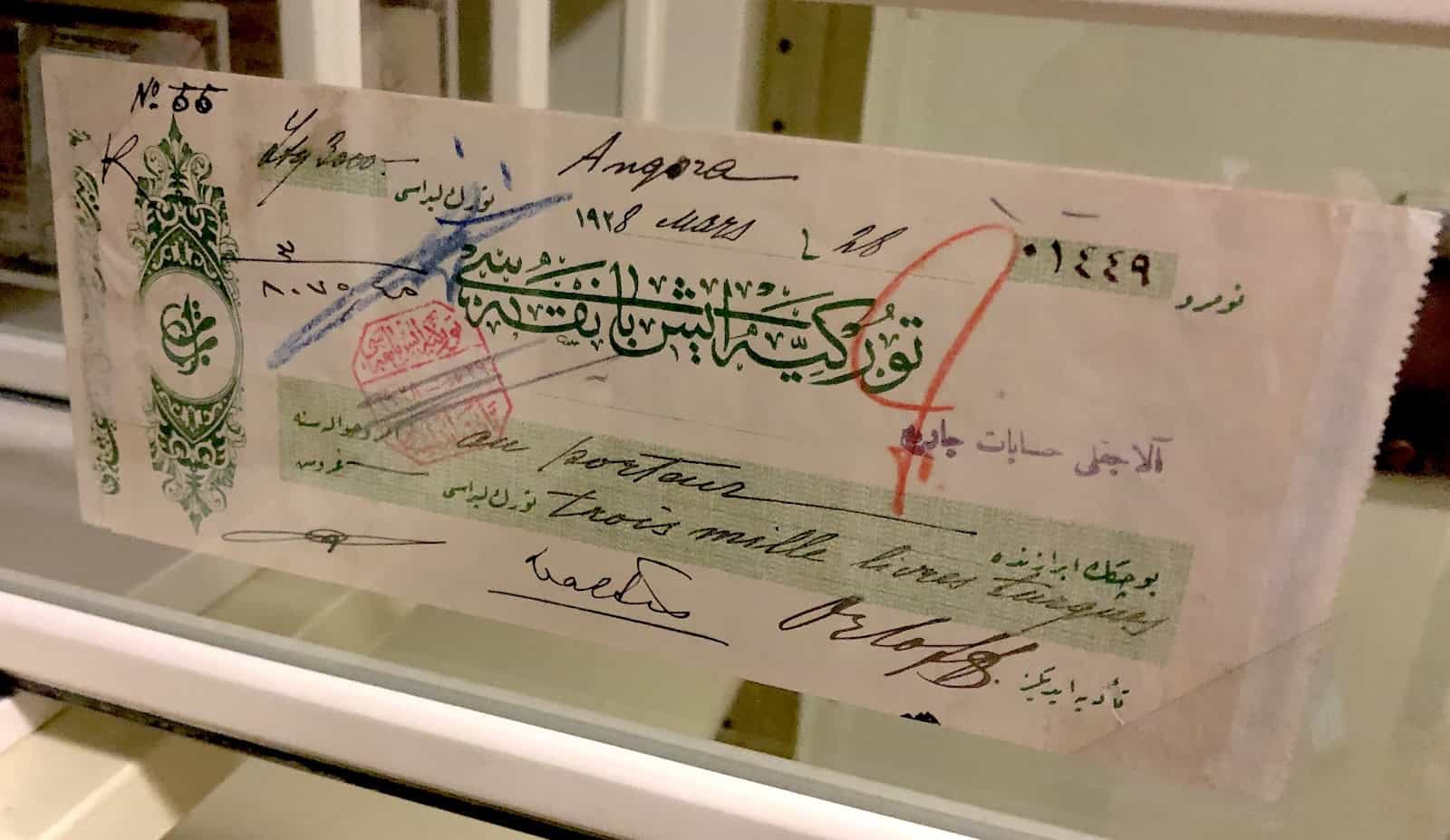
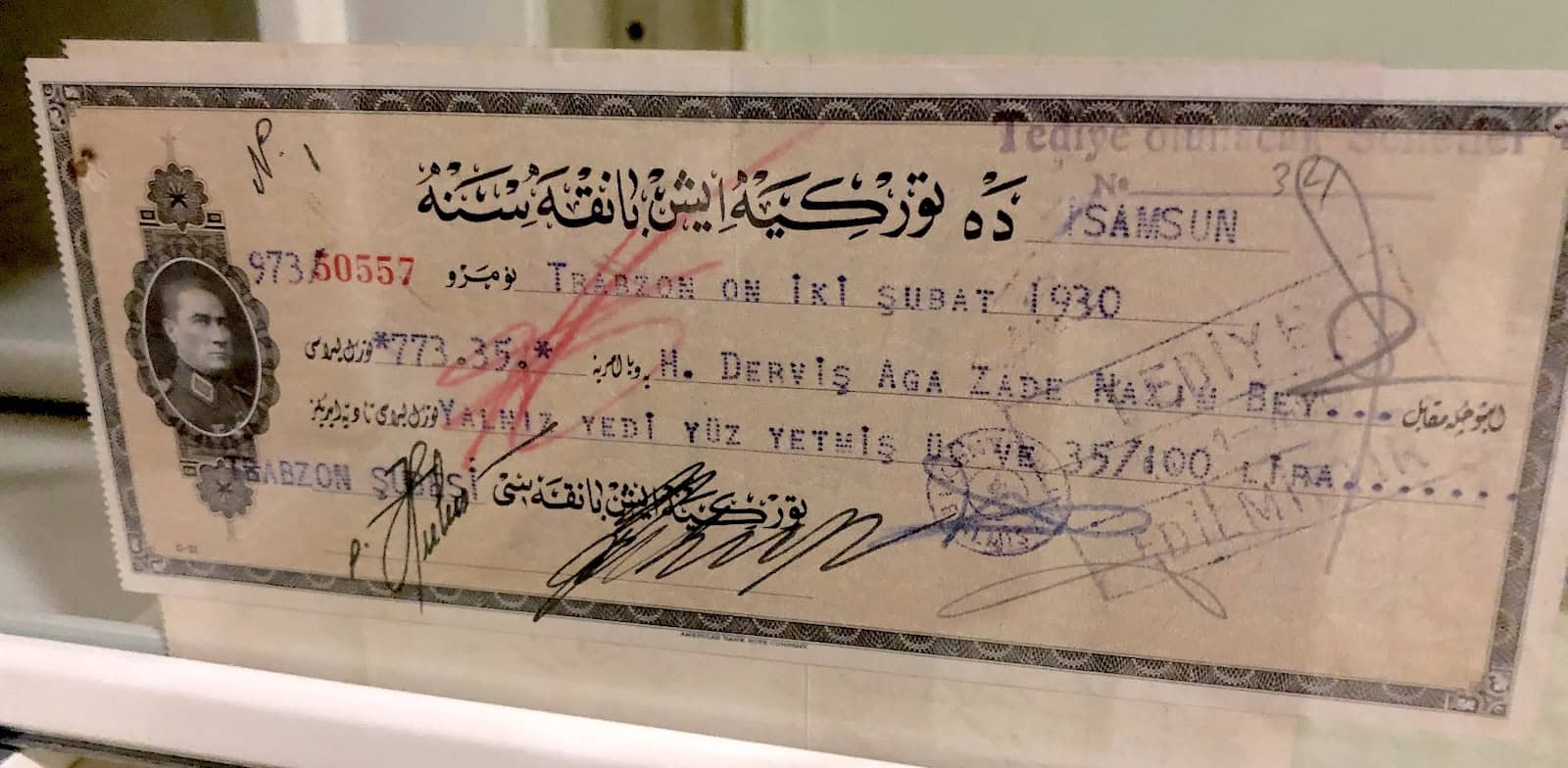
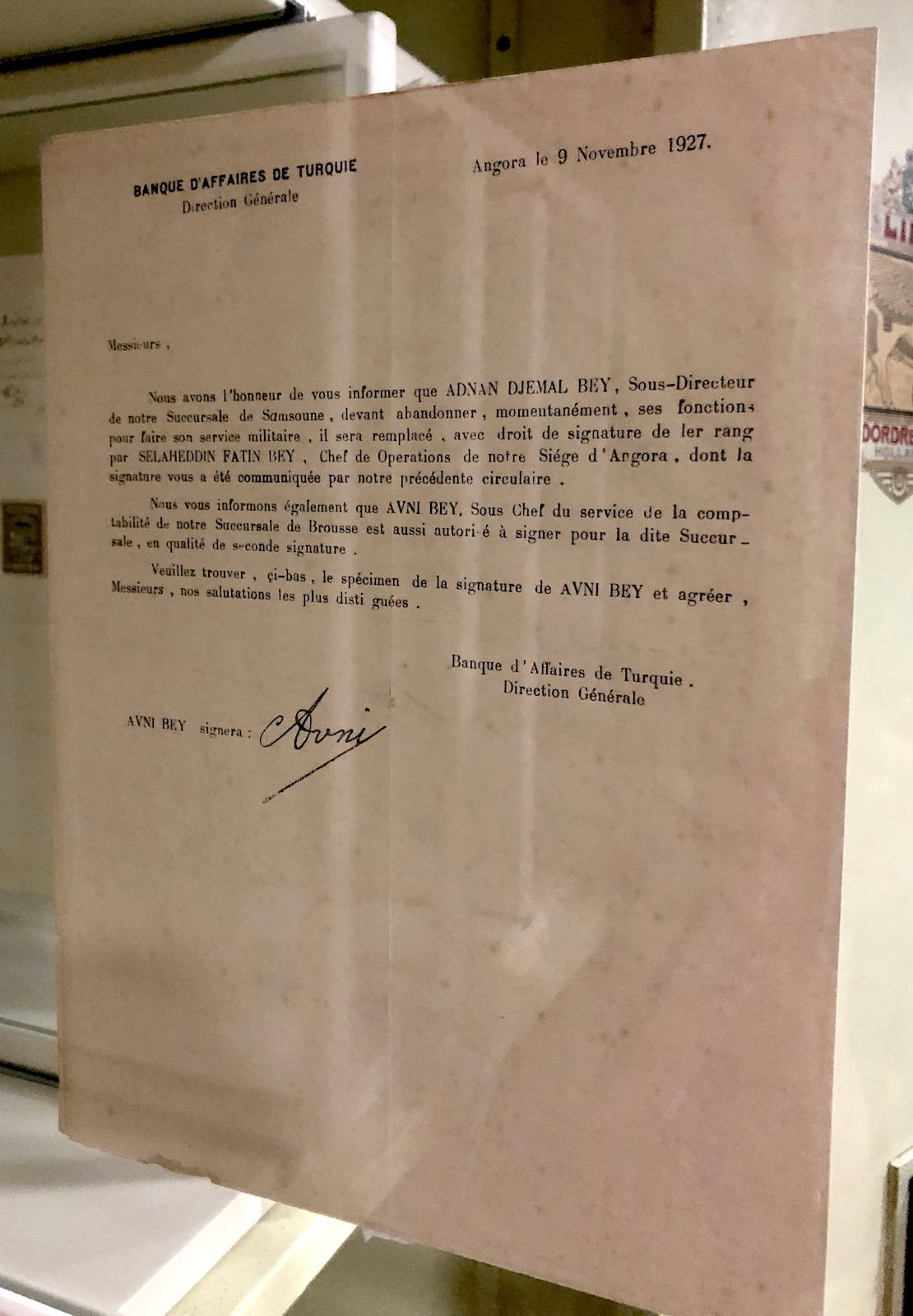
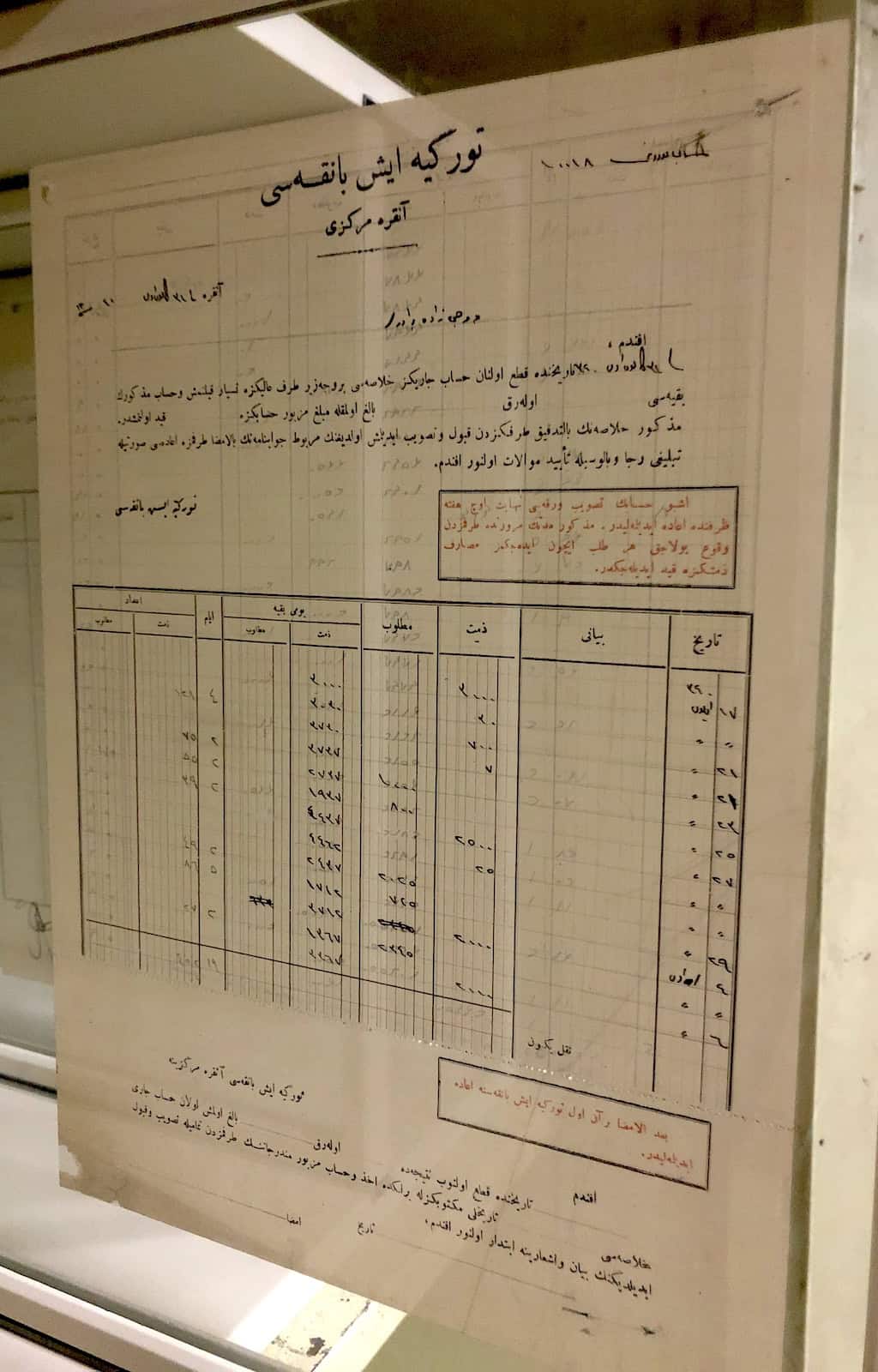
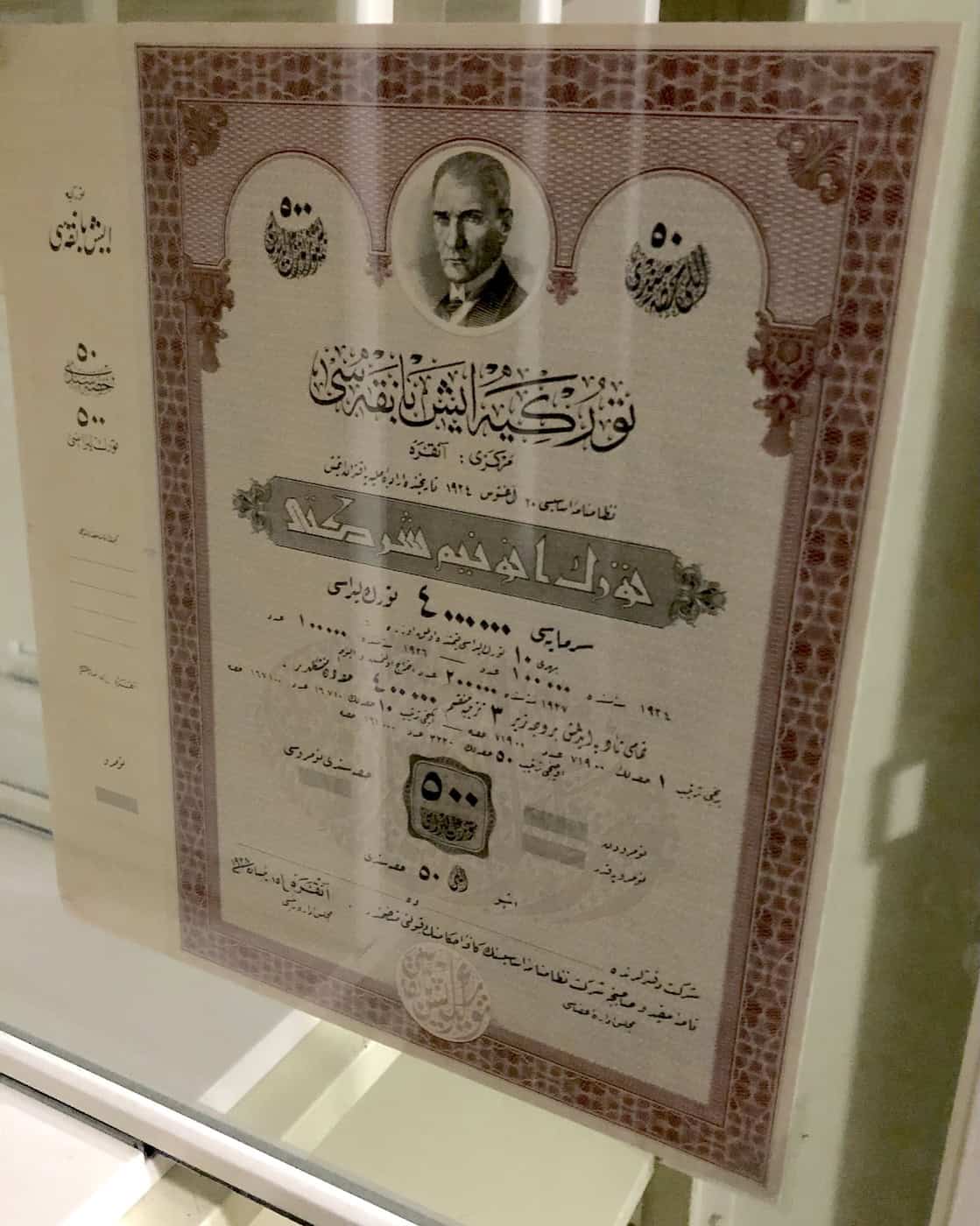
Skyfall Movie Set
Finally, on an interesting side note, the street in front of the İşbank Museum was used as a set for the 2012 James Bond film, Skyfall. I was able to walk past the set, which was used as a street market, during non-production hours.
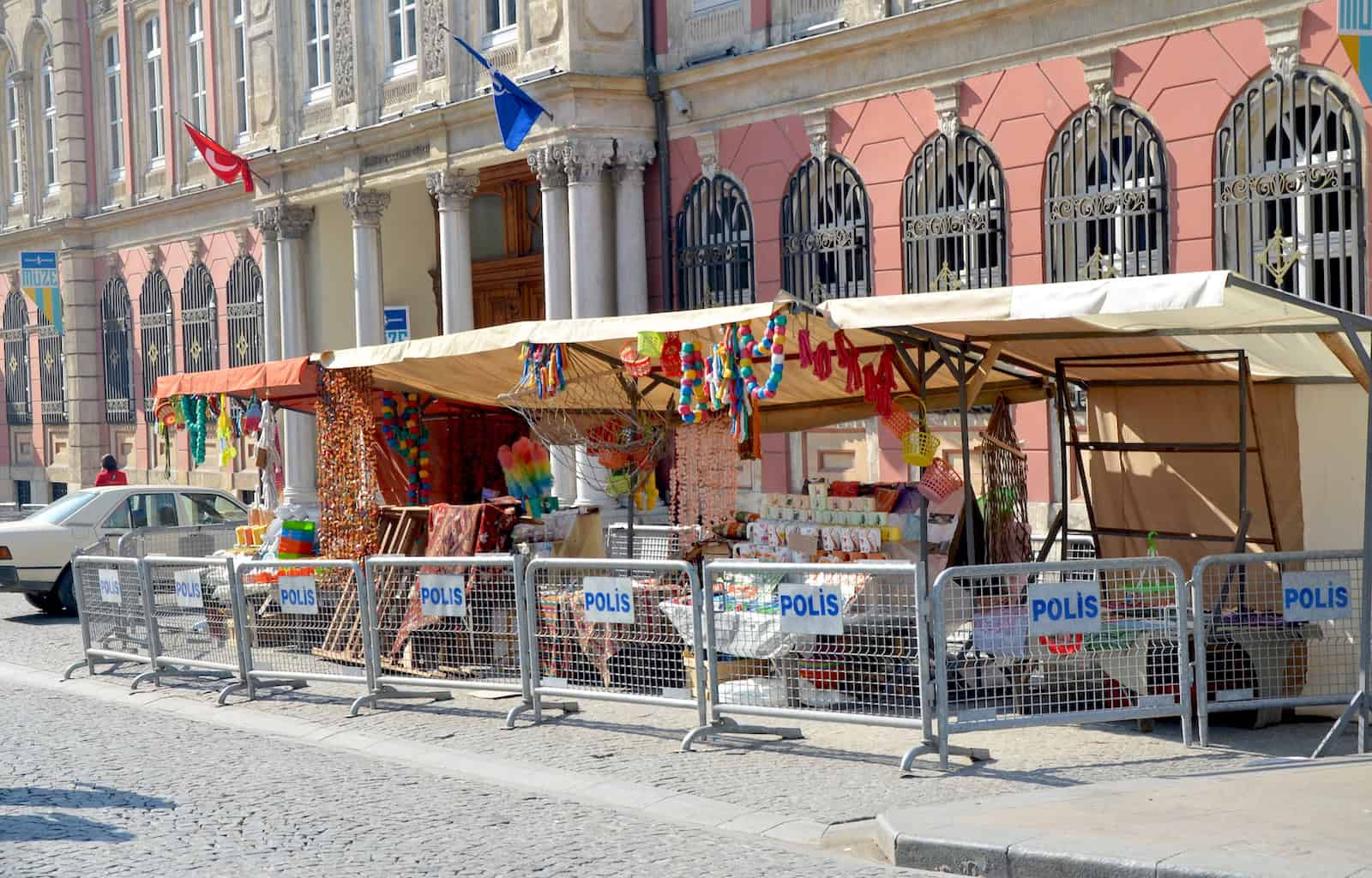
Fourth Vakıf Han
A block further down the street is the Fourth Vakıf Han (4. Vakıf Han), now the Legacy Ottoman Hotel. An architectural gem, it was designed as an office building in 1911 by Mimar Kemaleddin (1870-1927) and built between 1916 and 1926. The building replaced the Hamidiye Mosque Complex (Hamidiye Külliyesi), built by Sultan Abdülhamid I in the late 18th century.
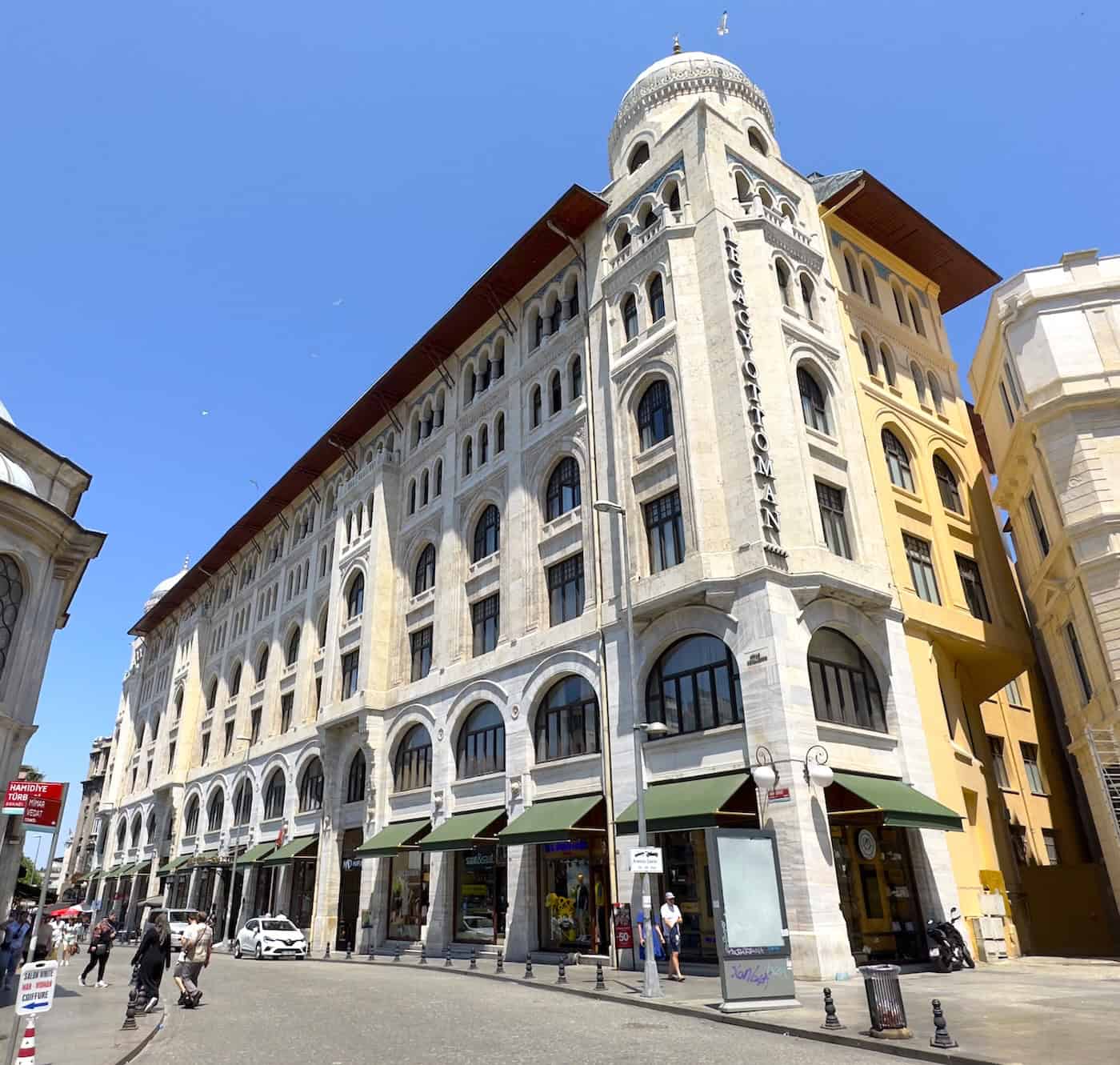
During the Allied occupation of Constantinople after World War I, from 1920 to 1923, the Fourth Vakıf Han was used as a barracks for French soldiers. Later in the 20th century, it housed the Istanbul Stock Exchange (Borsa İstanbul). In 2000, it was emptied with the intention of converting it into a courthouse.
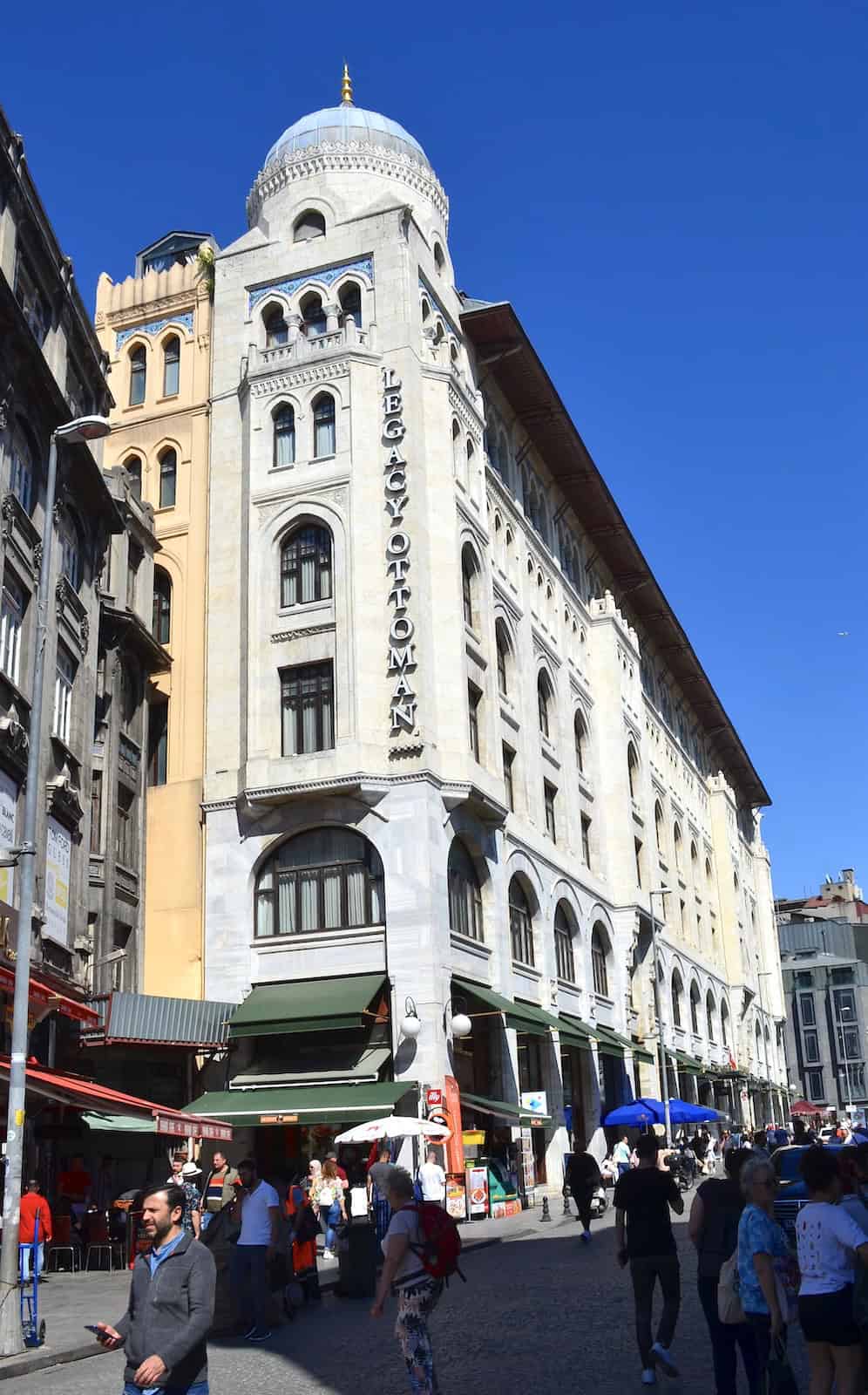
The building stood vacant for four years until a hotel decided to move in. Legacy Ottoman Hotel opened on July 2, 2006, and is the only five star hotel in the Eminönü area. It boasts 153 rooms and 19 suites along with a restaurant and bar.
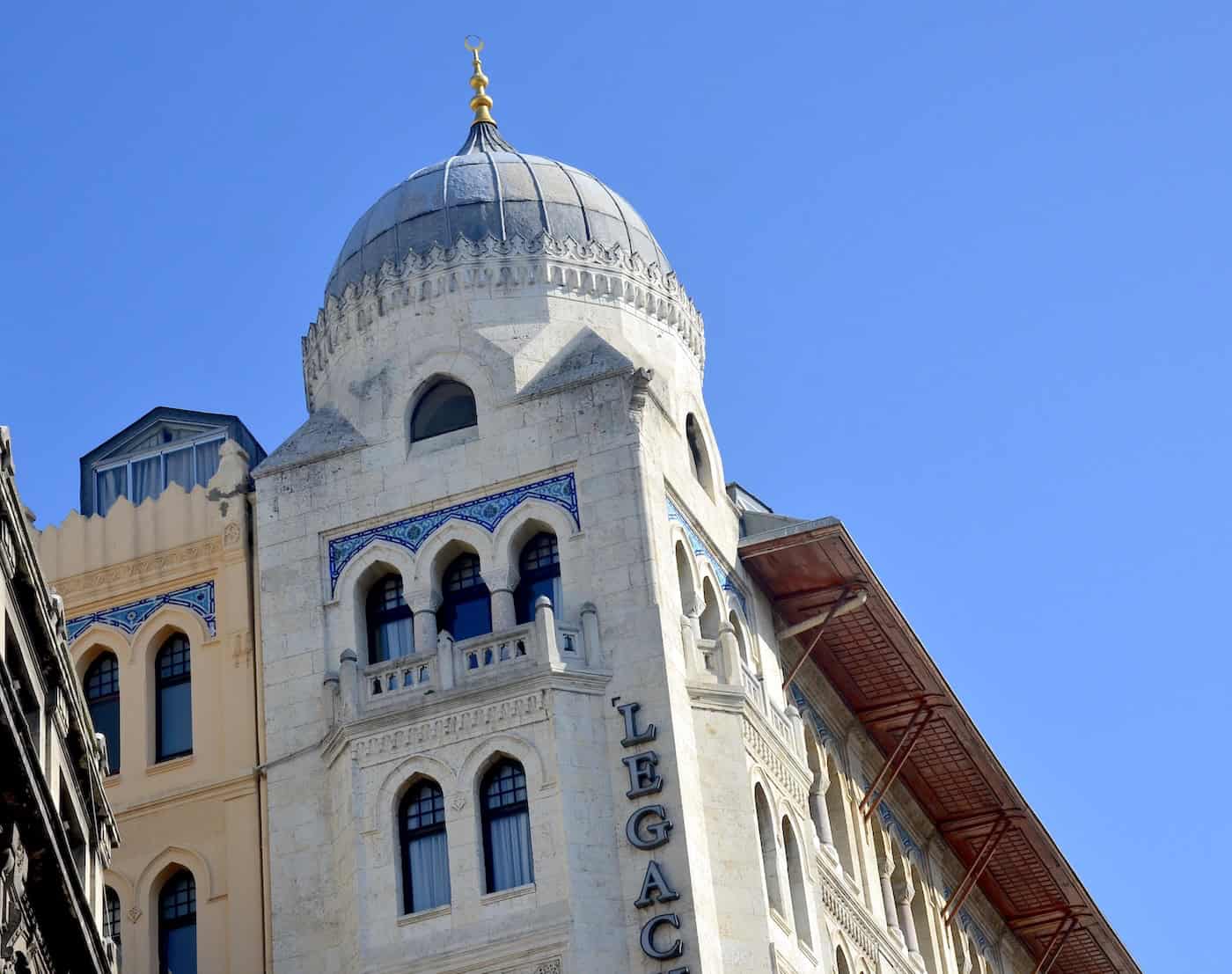
Tomb of Abdülhamid I
The Tomb of Abdülhamid I (I.Abdülhamid Türbesi) is the final resting place of two Ottoman sultans, Abdülhamid I and Mustafa IV. It’s across the street from Fourth Vakıf Han.
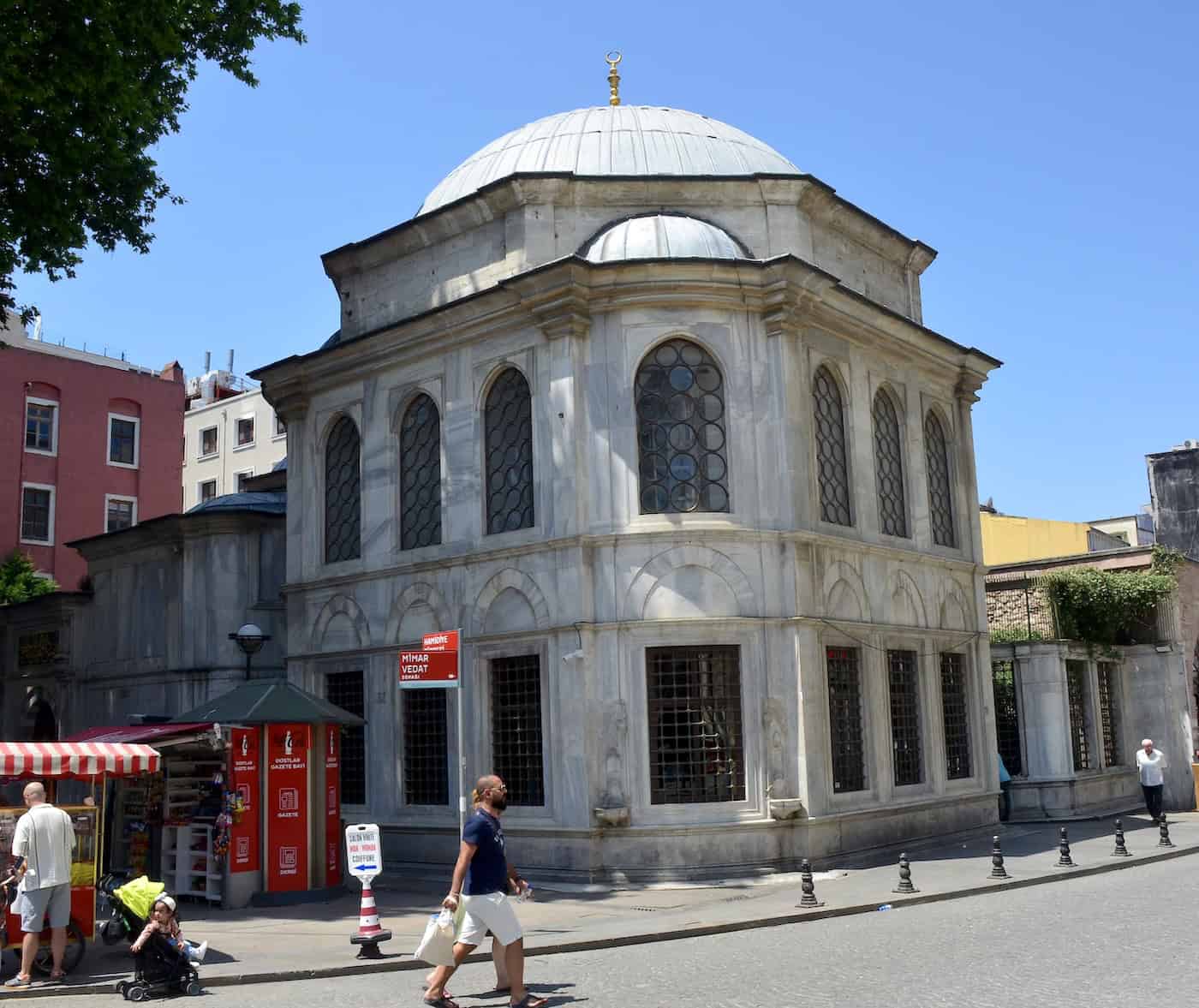

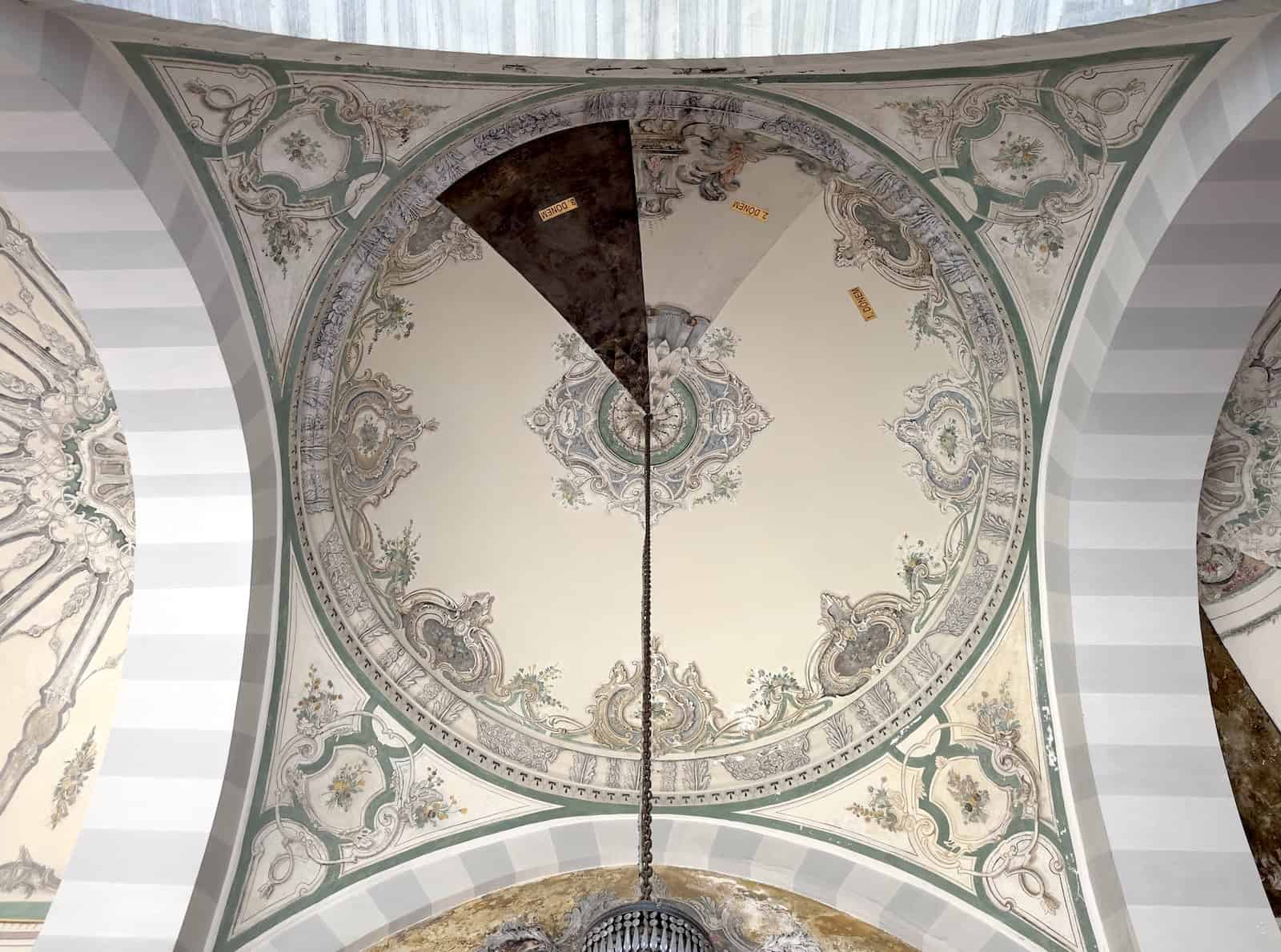
The Tomb of Abdülhamid I was built in 1790 by architect Mehmed Tahir Ağa as part of an almshouse built by Abdülhamid I in 1777. The almshouse was destroyed in the 19th century and only the tomb remains.
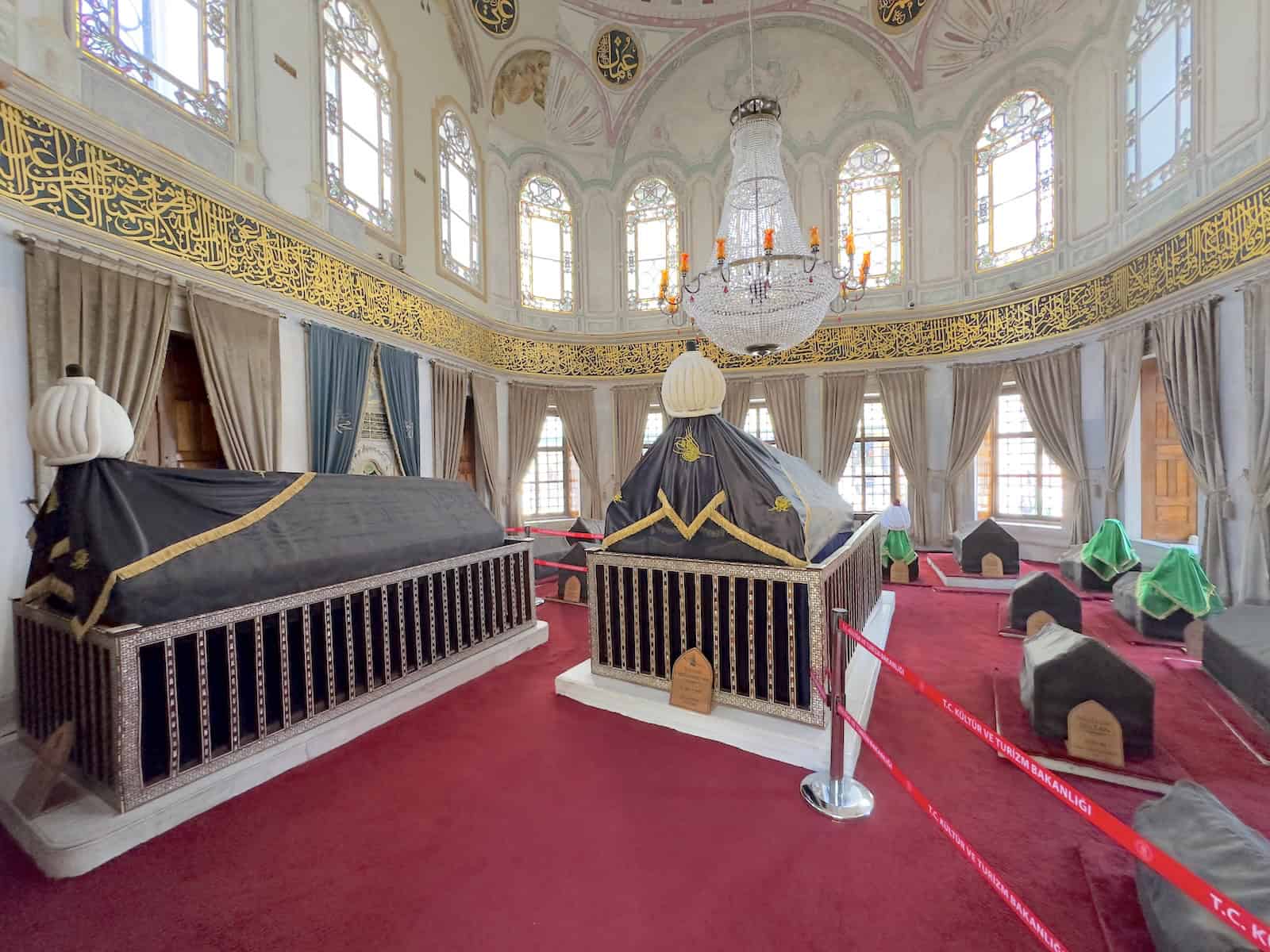
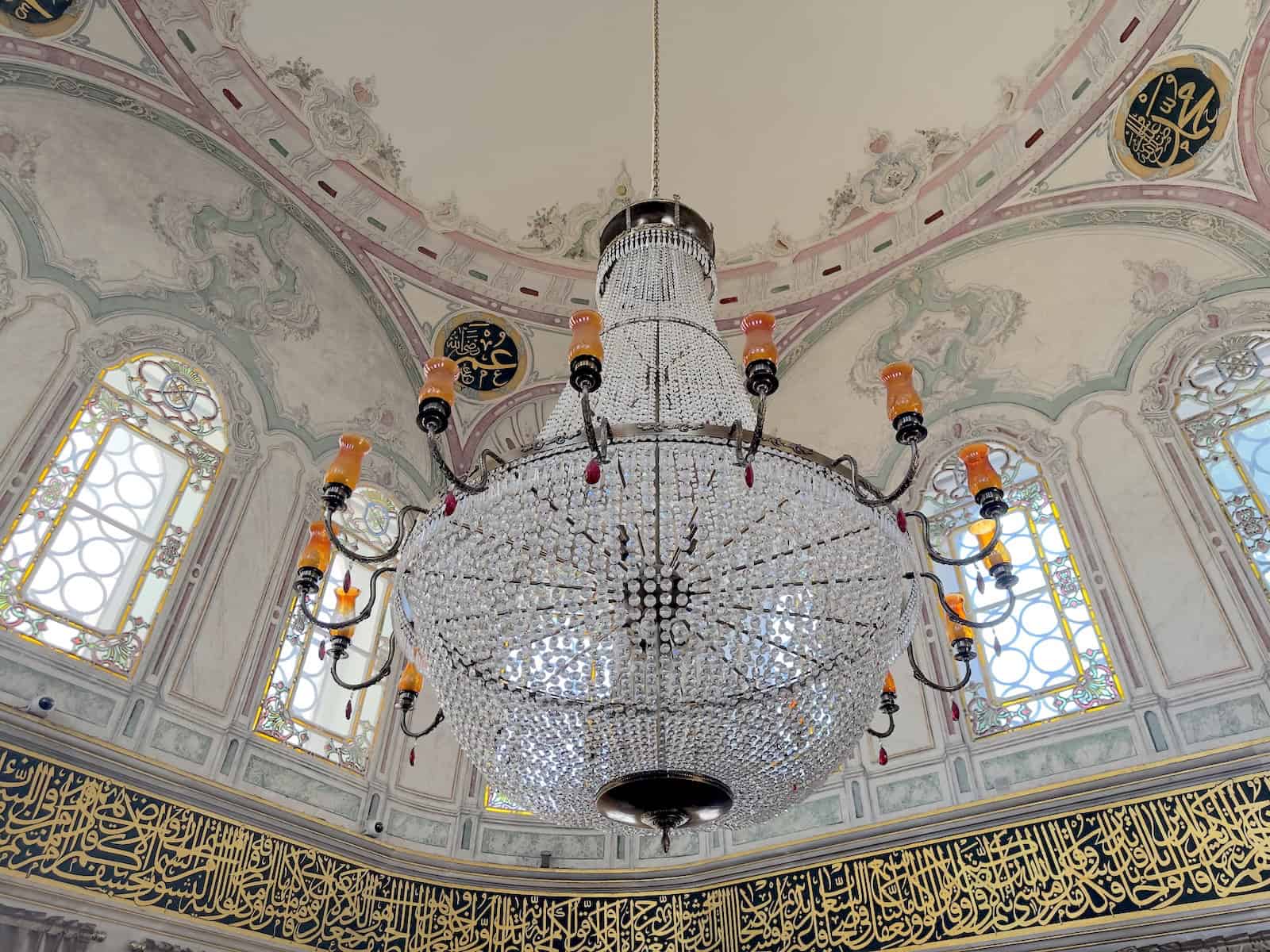
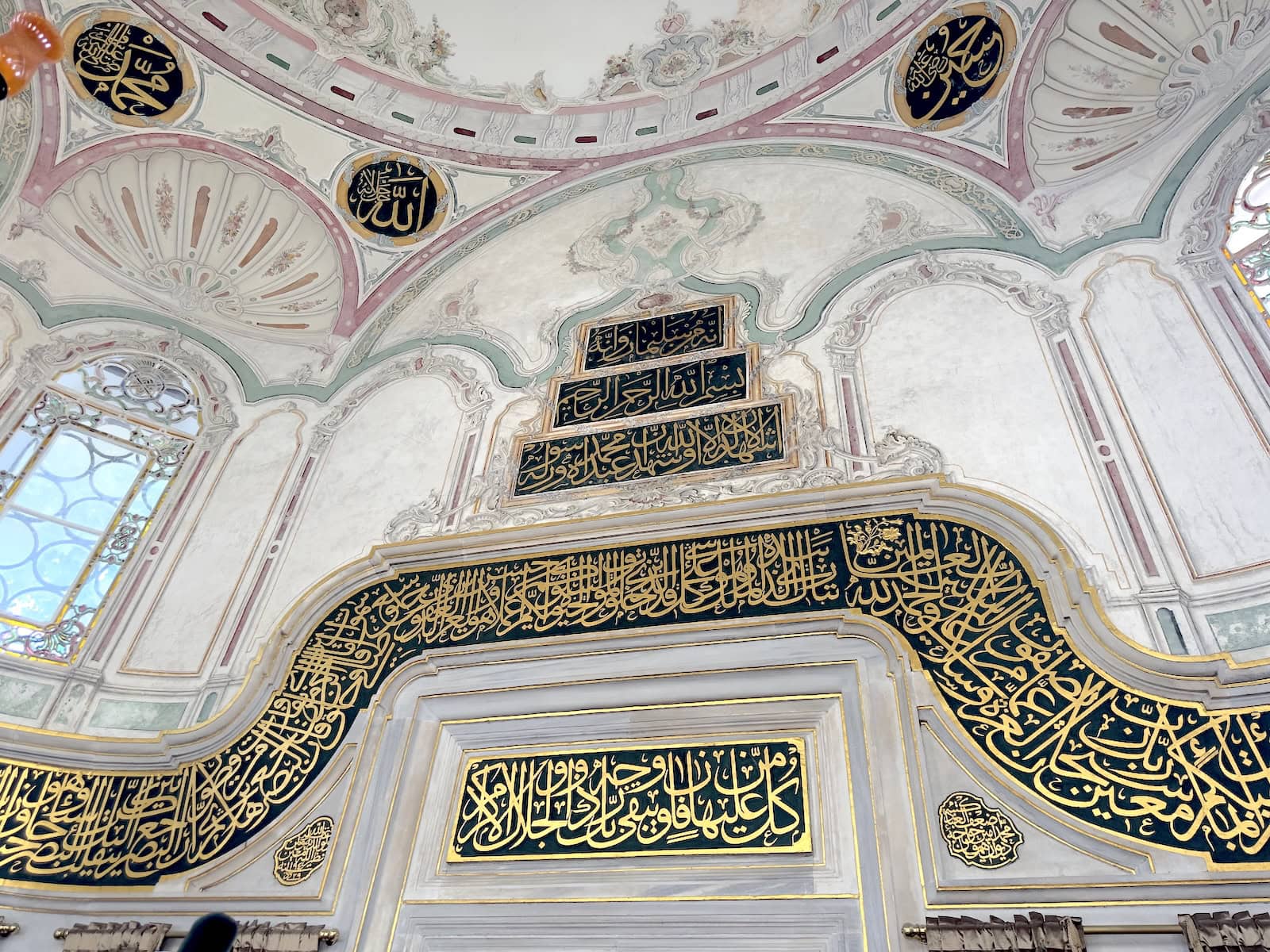
The tomb is topped by a dome. It’s made entirely of marble and has 26 windows. It contains 20 burials in total as well as a supposed footprint of the Prophet Muhammad. There’s also a small cemetery next to the tomb.
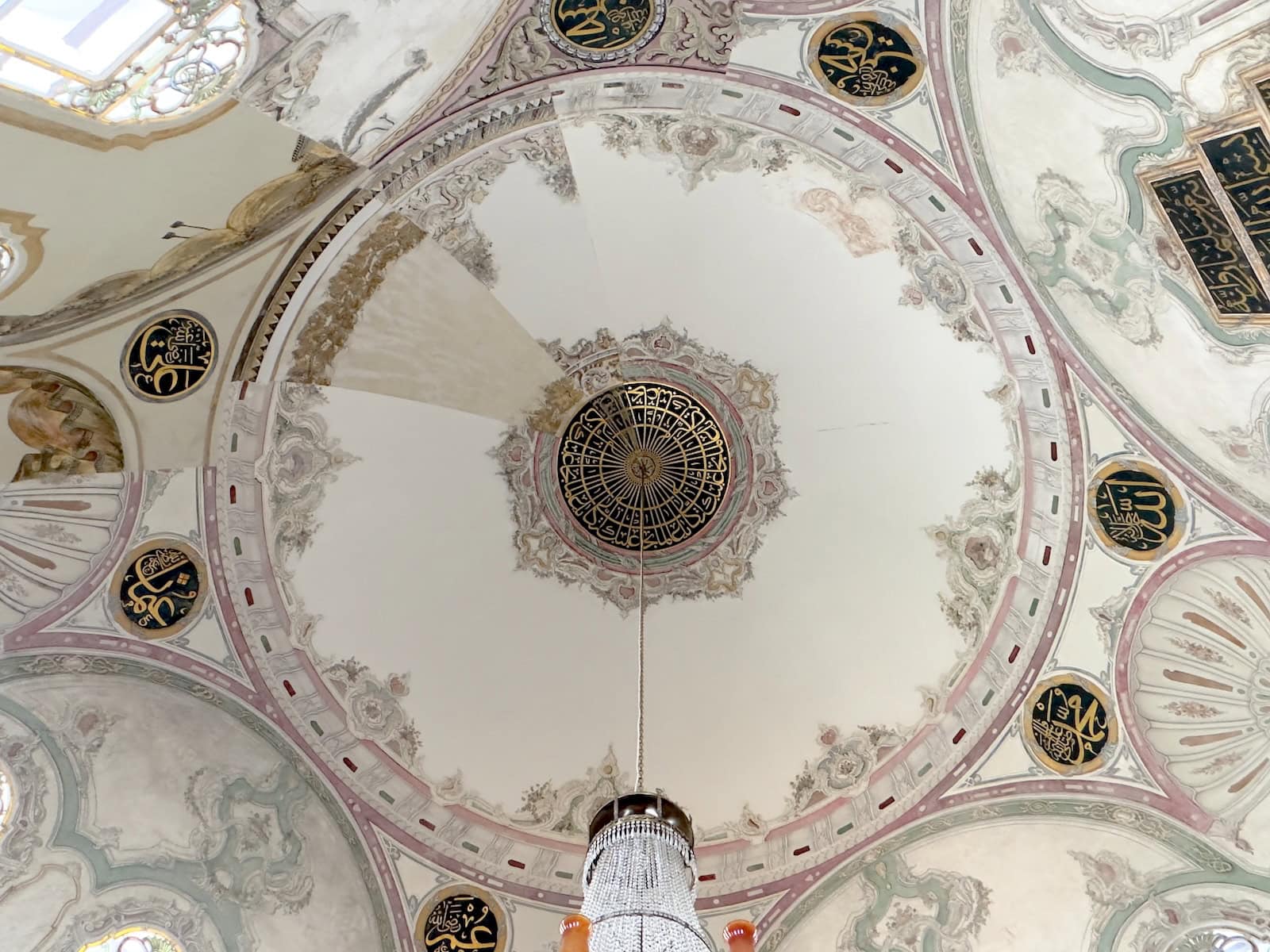
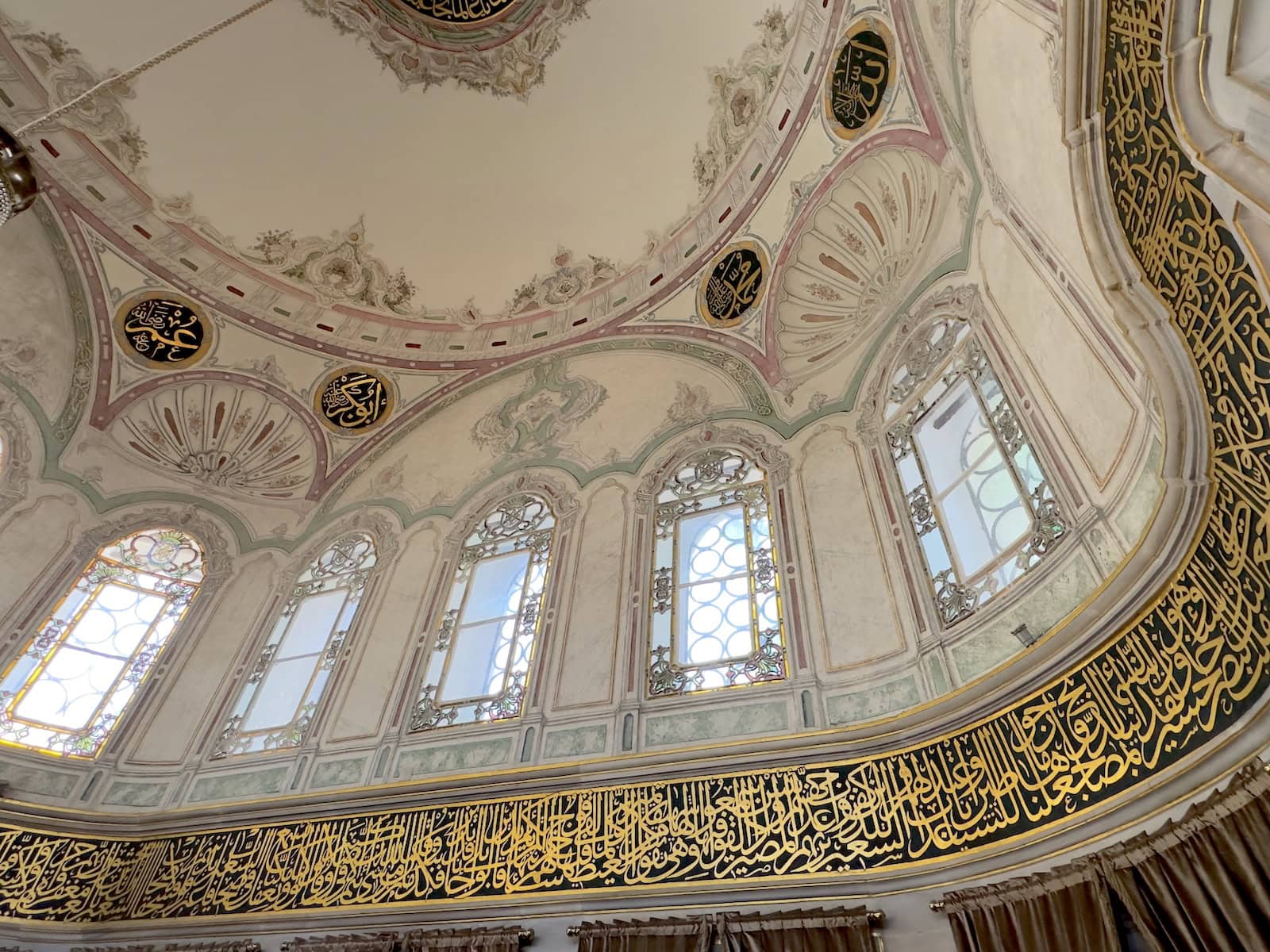
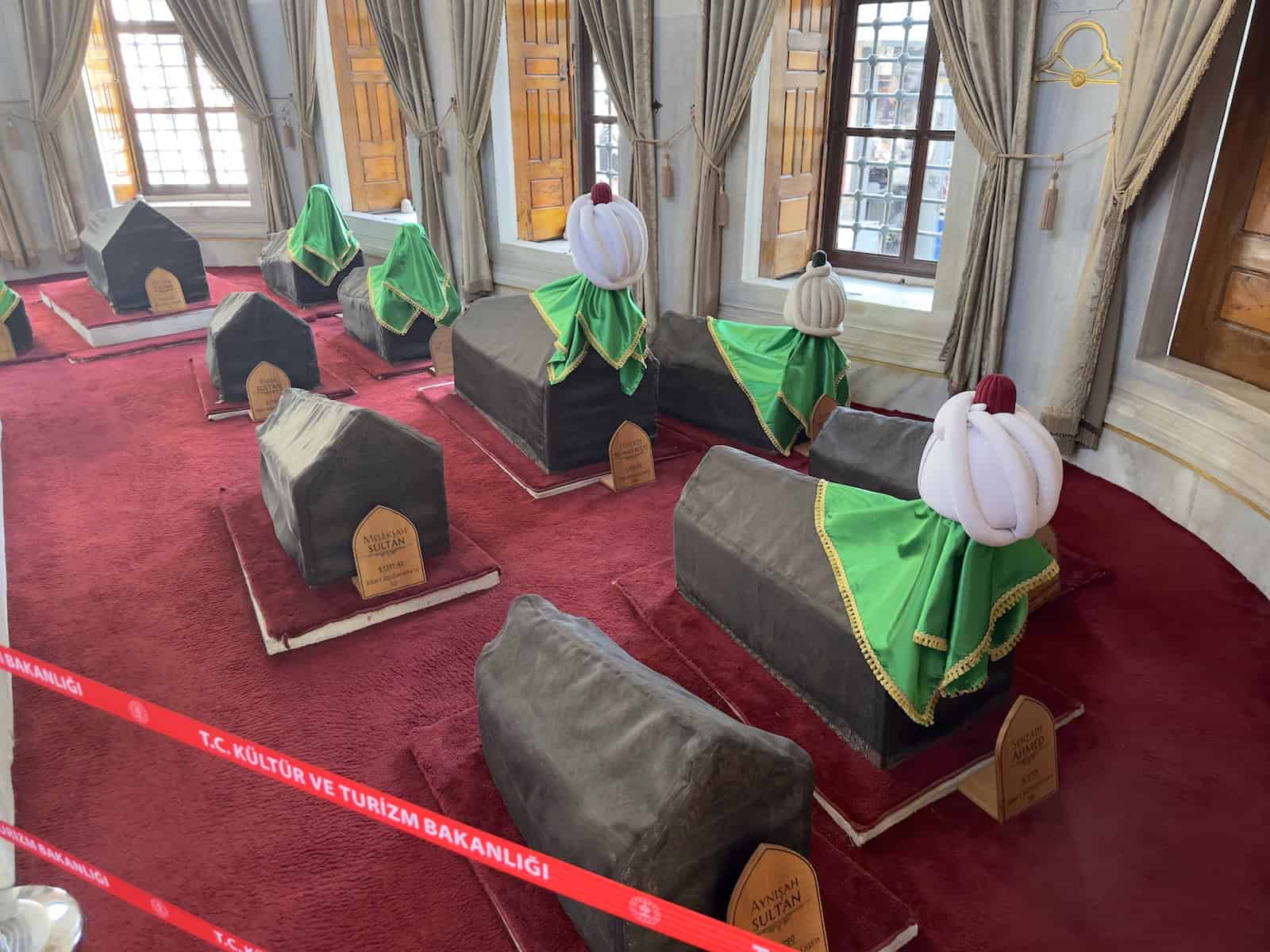
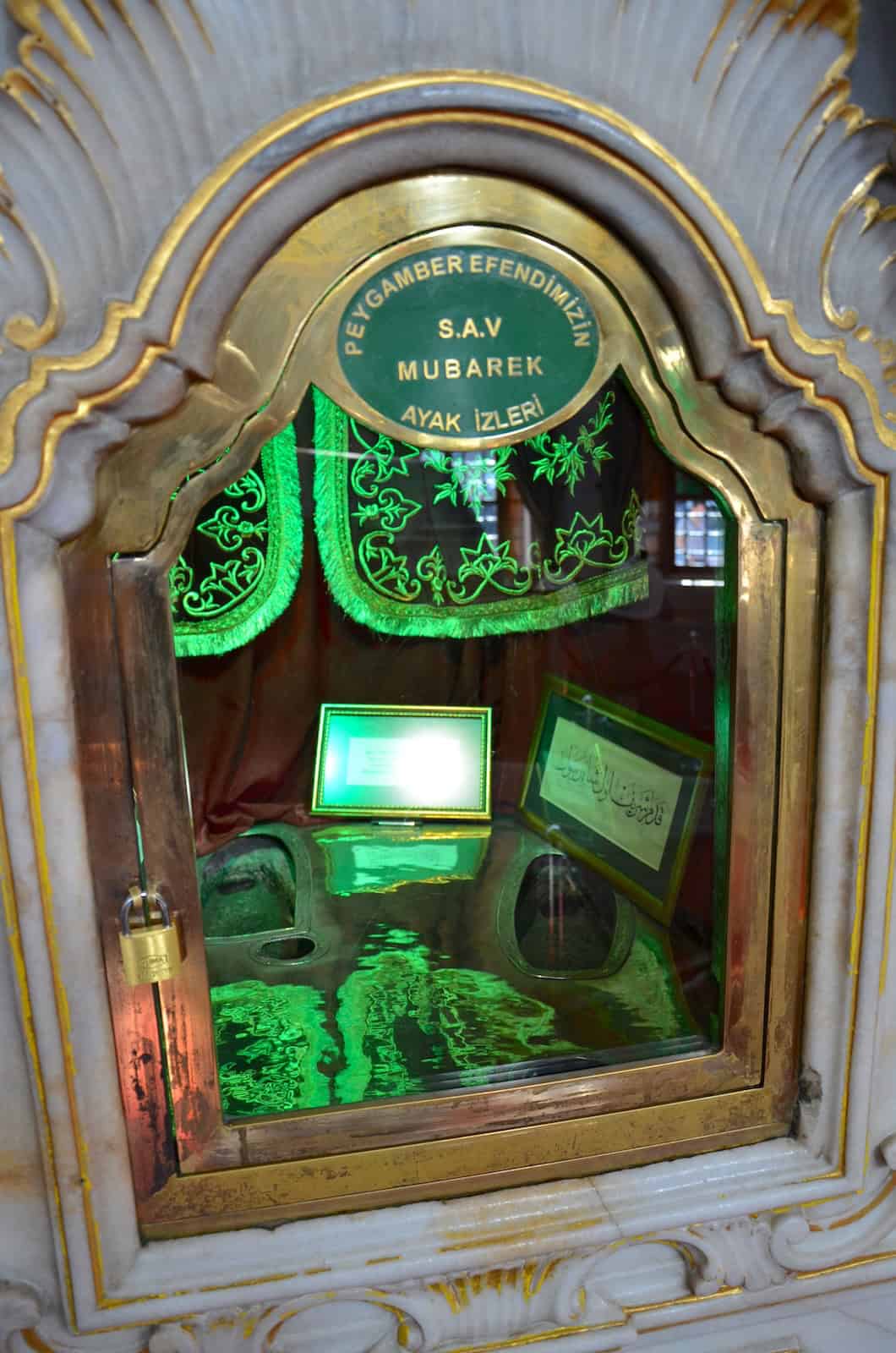

Biography of Sultan Abdülhamid I
Abdülhamid I (b. 1725, Constantinople – d. 1789, Constantinople) was the 27th Sultan of the Ottoman Empire (r. 1774-1789). He was very religious and giving to his subjects, but unsuccessful in war. Although he was a pacifist, he was forced to renew a long war with Russia started by his predecessor, Mustafa III. This drove him to reform the Ottoman armed forces. Abdülhamid I was known as the most gracious of all the Ottoman sultans.
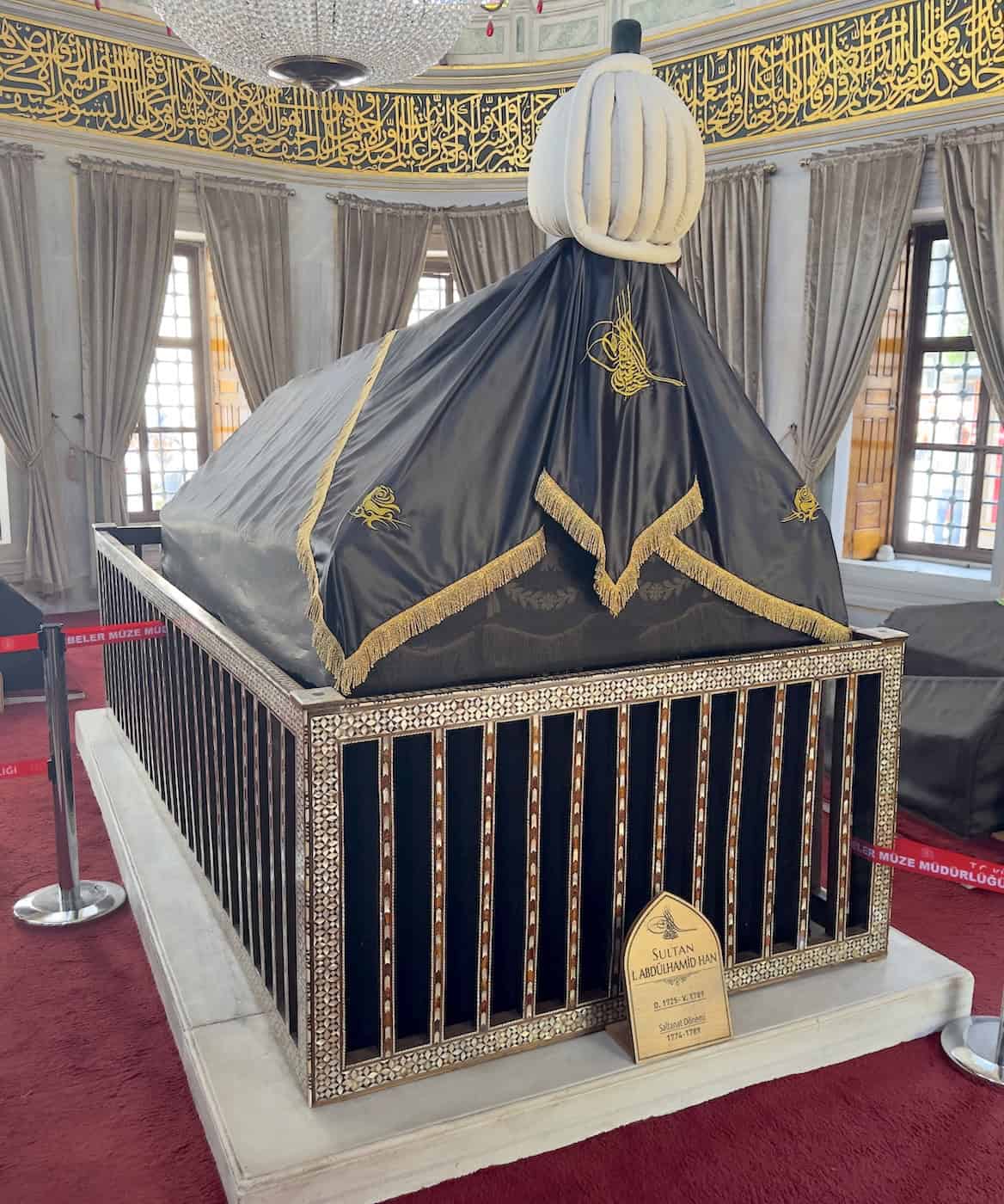
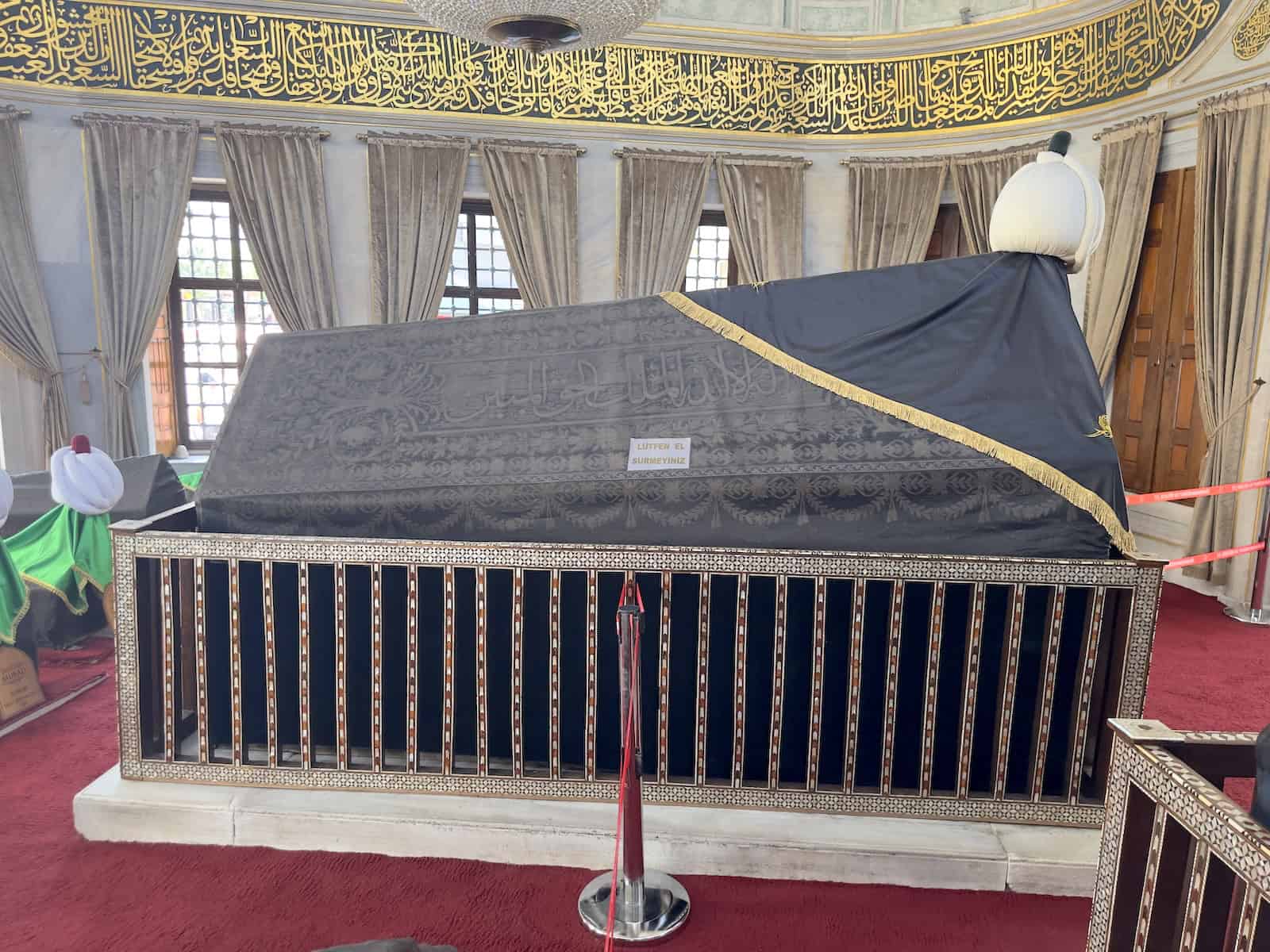
Biography of Sultan Mustafa IV
Also in the tomb is Mustafa IV (b. 1779, Constantinople – d. 1808, Constantinople), the 29th Sultan of the Ottoman Empire (r. 1807-1808). He had a very short but turbulent reign, with riots caused by the Janissaries and threats from Russia. Mustafa IV came to power by deposing his cousin, Selim III, on May 29, 1807.

In an attempt to secure his position as the only surviving heir to the House of Osman, he ordered the execution of Selim III and his brother, Mahmud II. The assassination of Selim III on July 28, 1808, was successful, but his brother was kept hidden. After Mustafa IV saw the body of Selim III, he ascended the throne, but Mahmud II emerged out of hiding and forced him to abdicate. Mustafa IV was killed on his brother’s orders on November 16, 1808.
Hidayet Mosque
Heading north towards the water on Yalı Köşkü Street are two more historic buildings. On the west end of the street is the Hidayet Mosque (Hidayet Camii). It was originally built out of wood in 1813 under Sultan Mahmud II. At that time, the area was infamous for murderers, prostitutes, and other unsavory characters. Mahmud II ordered the demolition of the neighborhood and built the mosque to clean up the area. He named it “Hidayet”, which means “seeking the right path” in Arabic.

Ottoman French architect Alexander Vallaury (1850-1921) rebuilt the Hidayet Mosque in 1887 under Sultan Abdülhamid II. It’s two stories high with the prayer hall on the second floor.
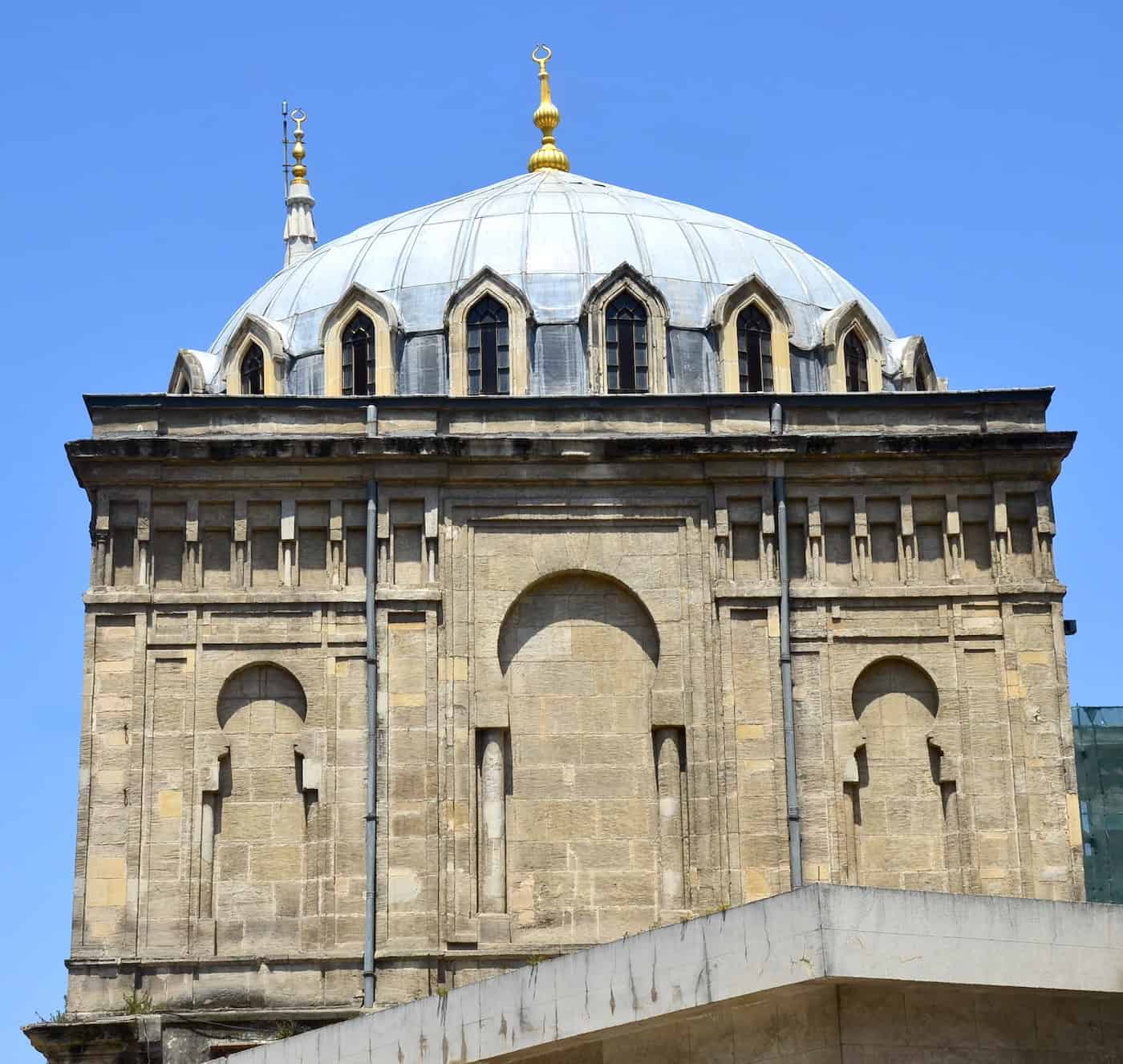
Liman Han
On the east end of the street is Liman Han, which was built by Vedat Tek (1873-1942) between 1907 and 1915. It’s a large building with a beautiful façade featuring turquoise tiles.
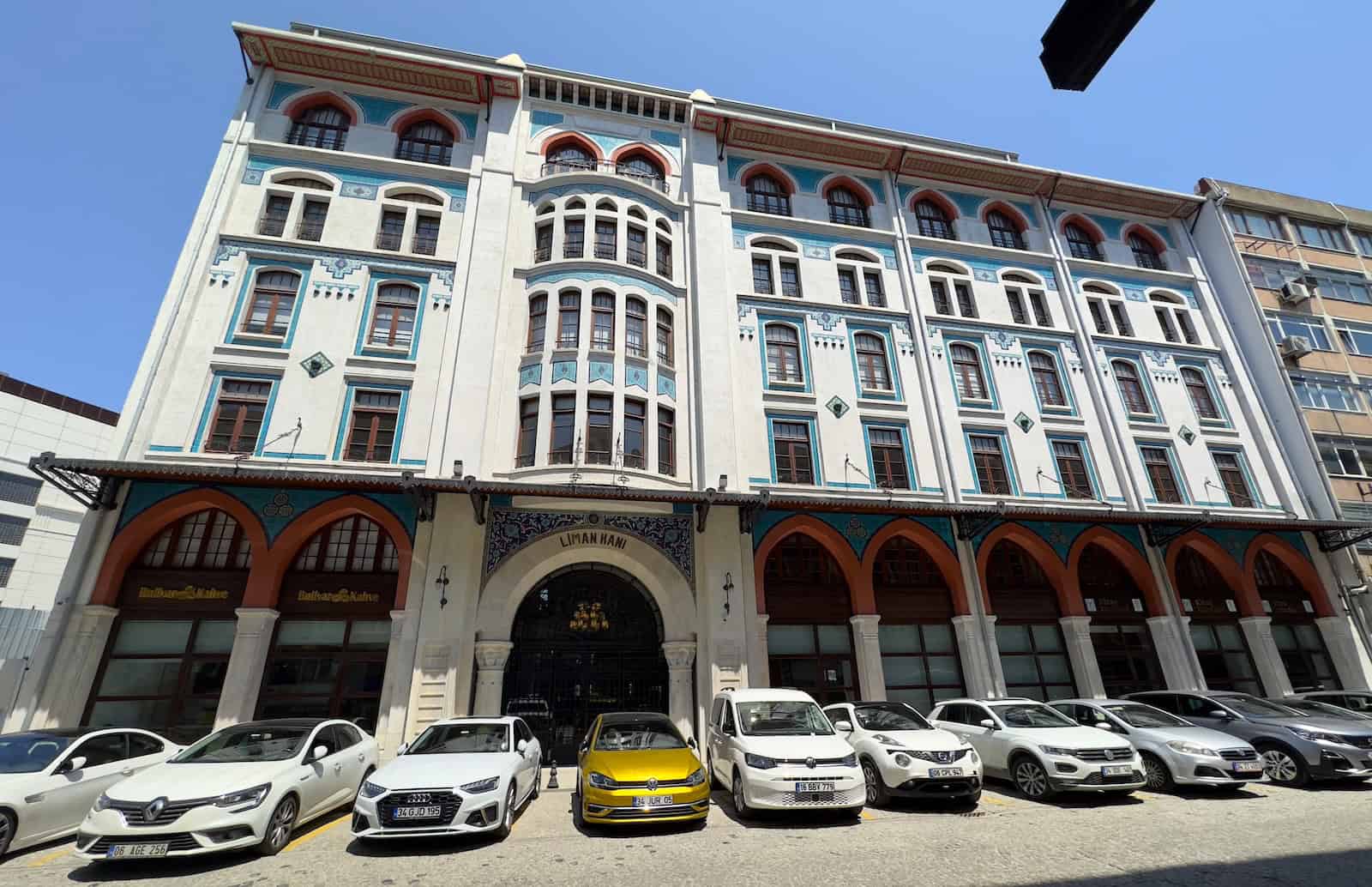
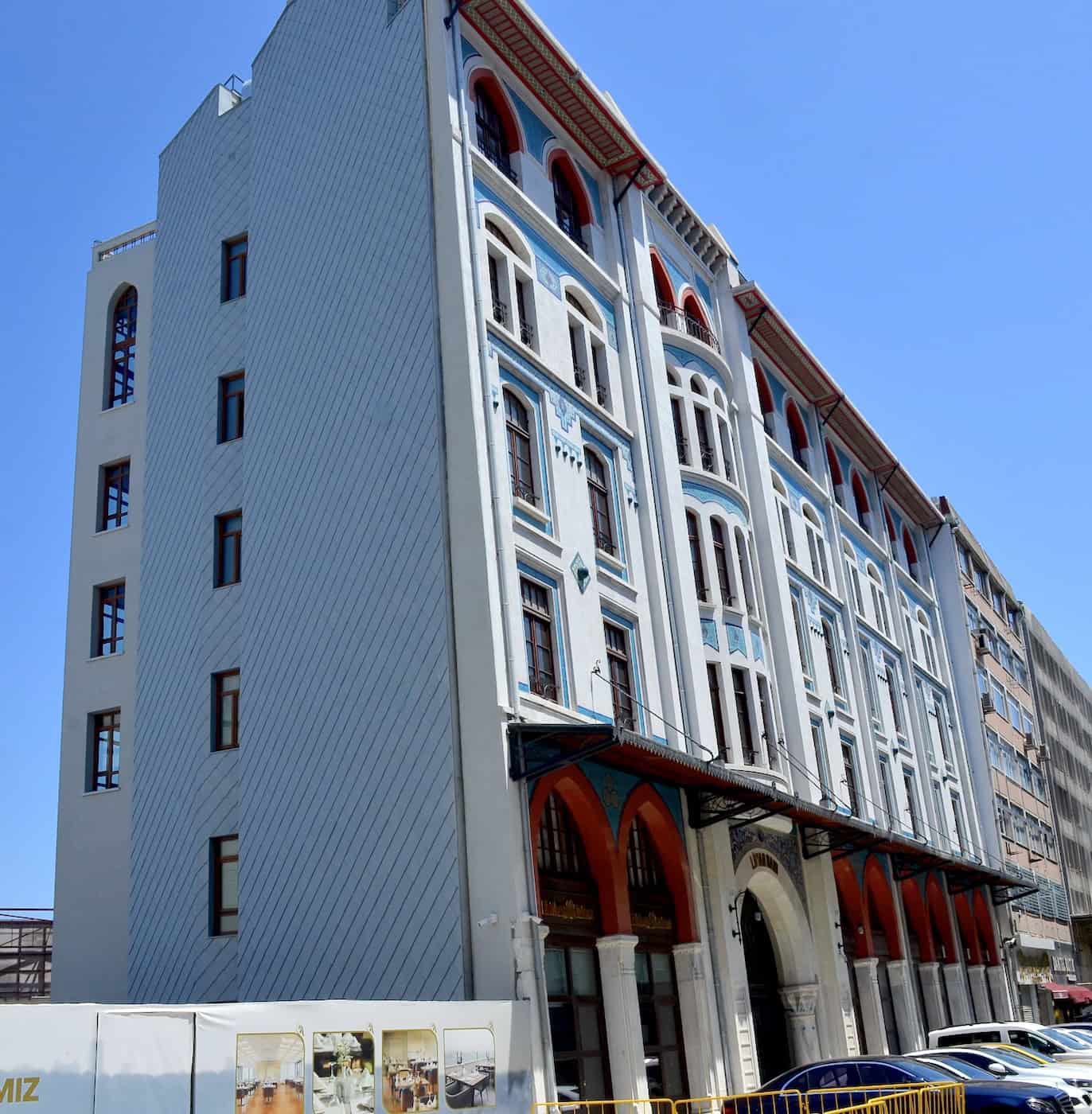
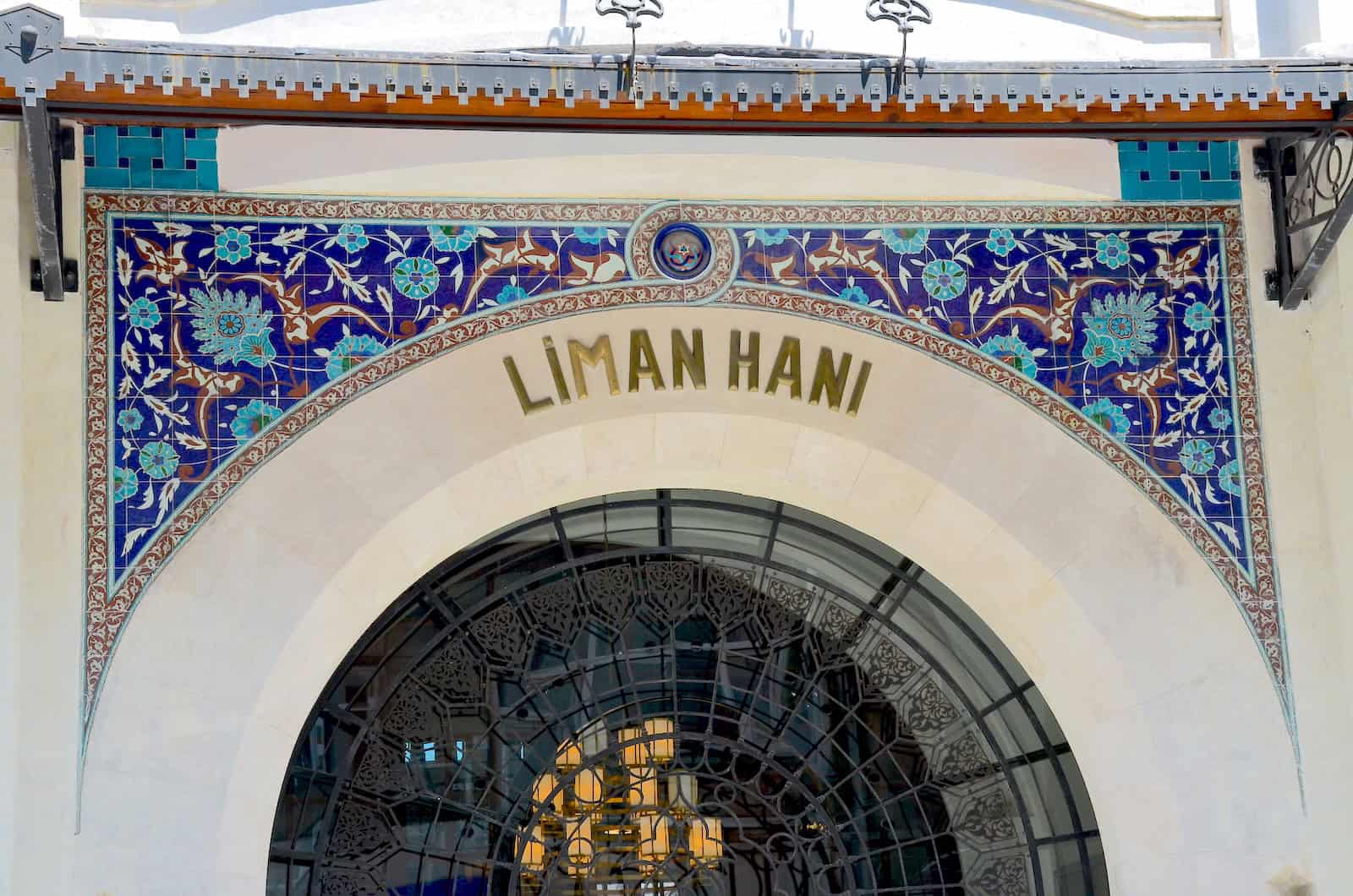
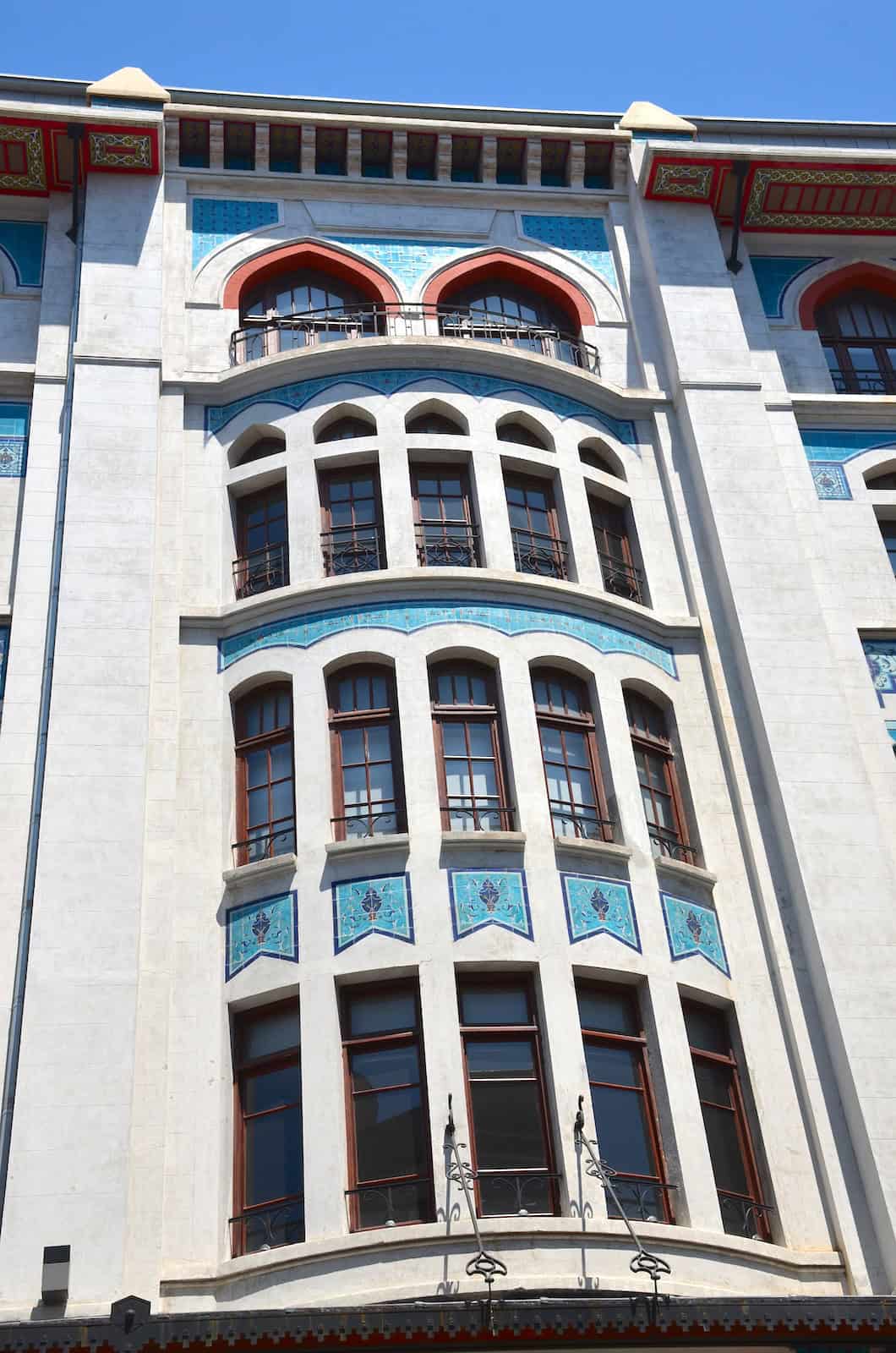
Restoration began in March 2021 and was completed in September 2022. It reopened as an education and research center operated by the Istanbul Chamber of Commerce (İstanbul Ticaret Odası).
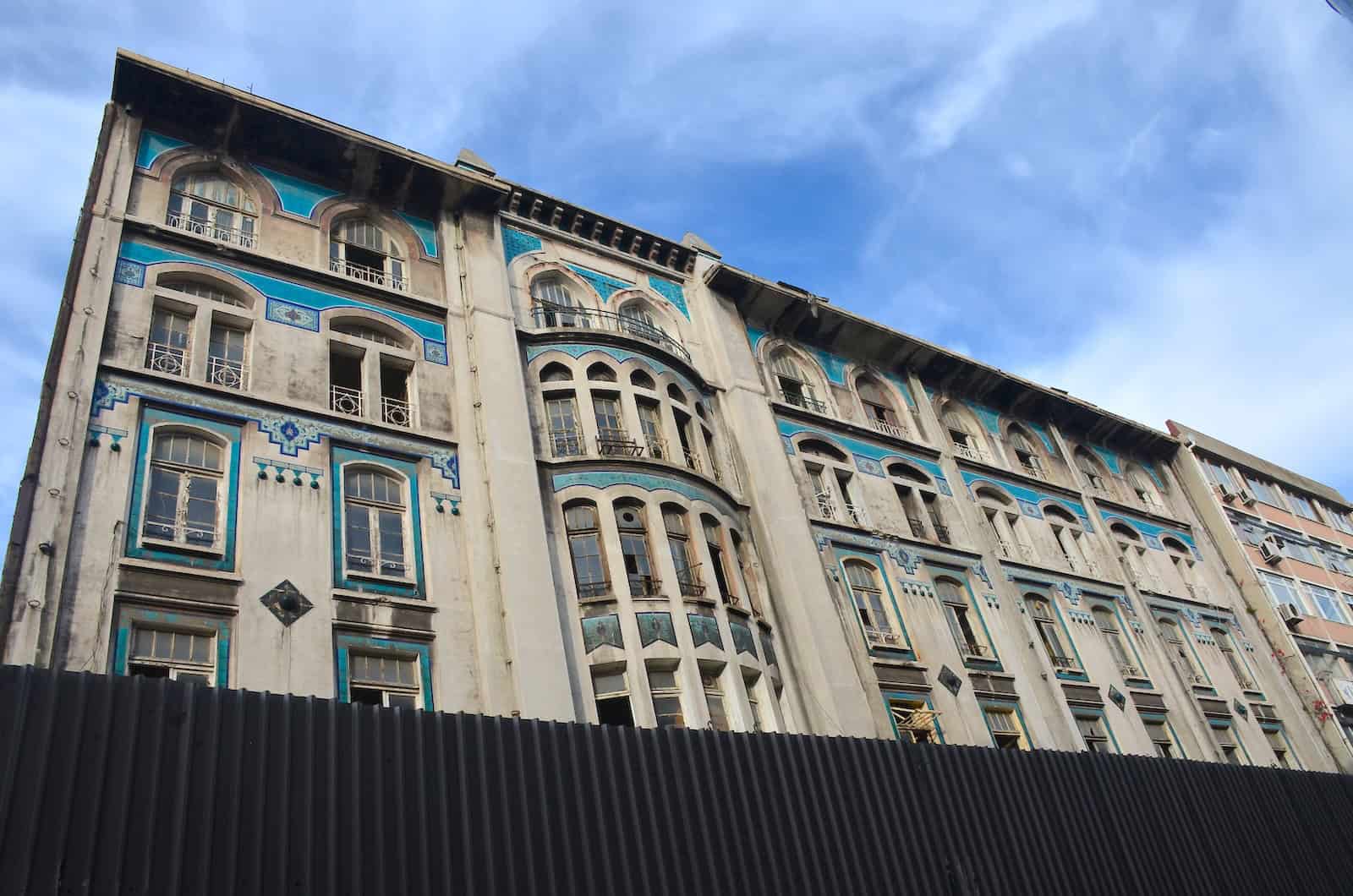


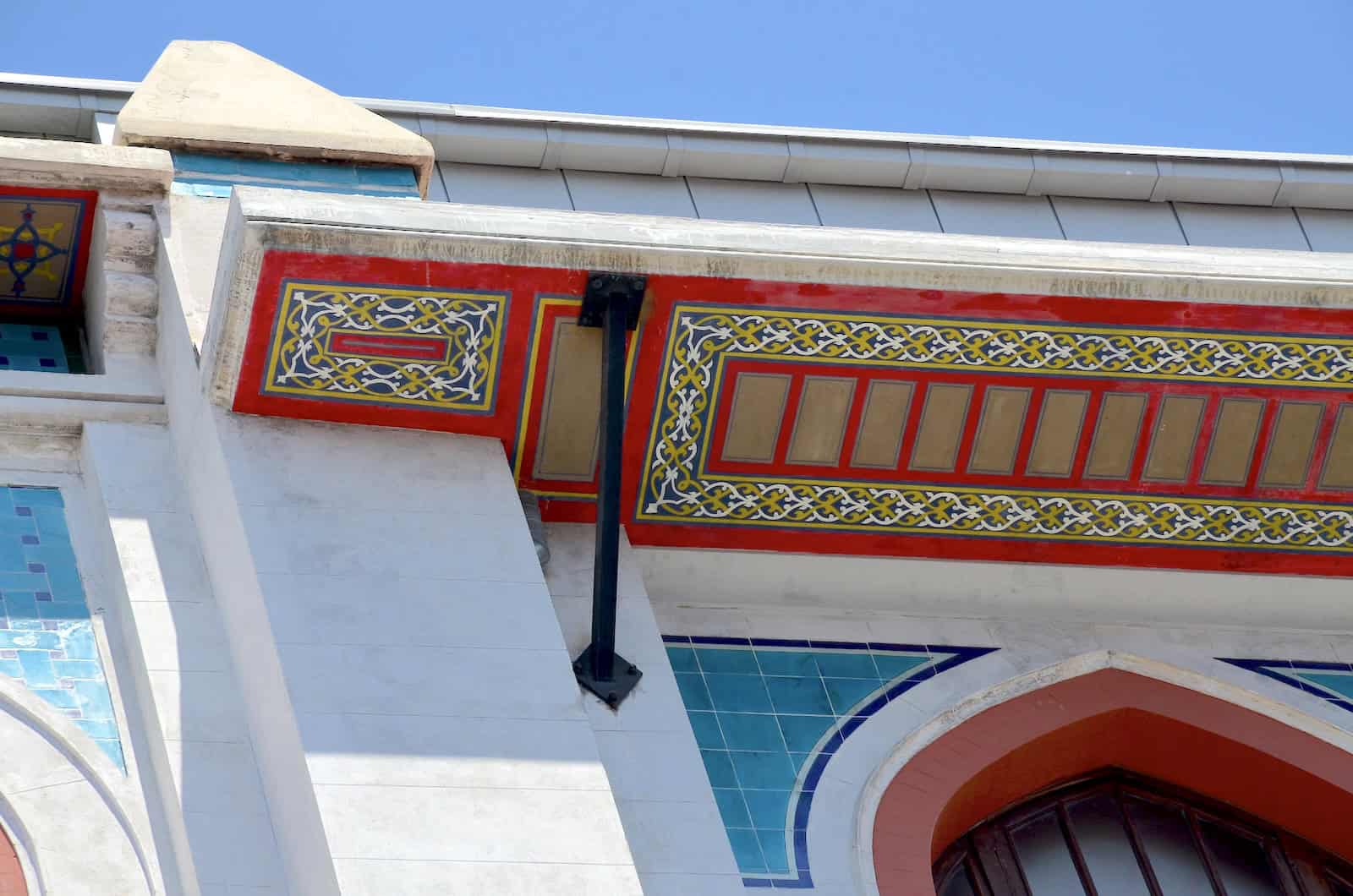
Germanya Han
Heading south down Şeyhülislam Hayri Efendi Street is a five-way intersection. On the south end is Germanya Han, which was built in the early 1900s by Prussian architect August Jasmund (1859-1911). Deutsche Orientbank began operating in the building on August 16, 1909. The bank closed between January 25, 1919, and October 1, 1923, while the city was occupied by the Allied Forces. It closed again briefly in 1944 during World War II, and reopened until it was liquidated in late 1959.
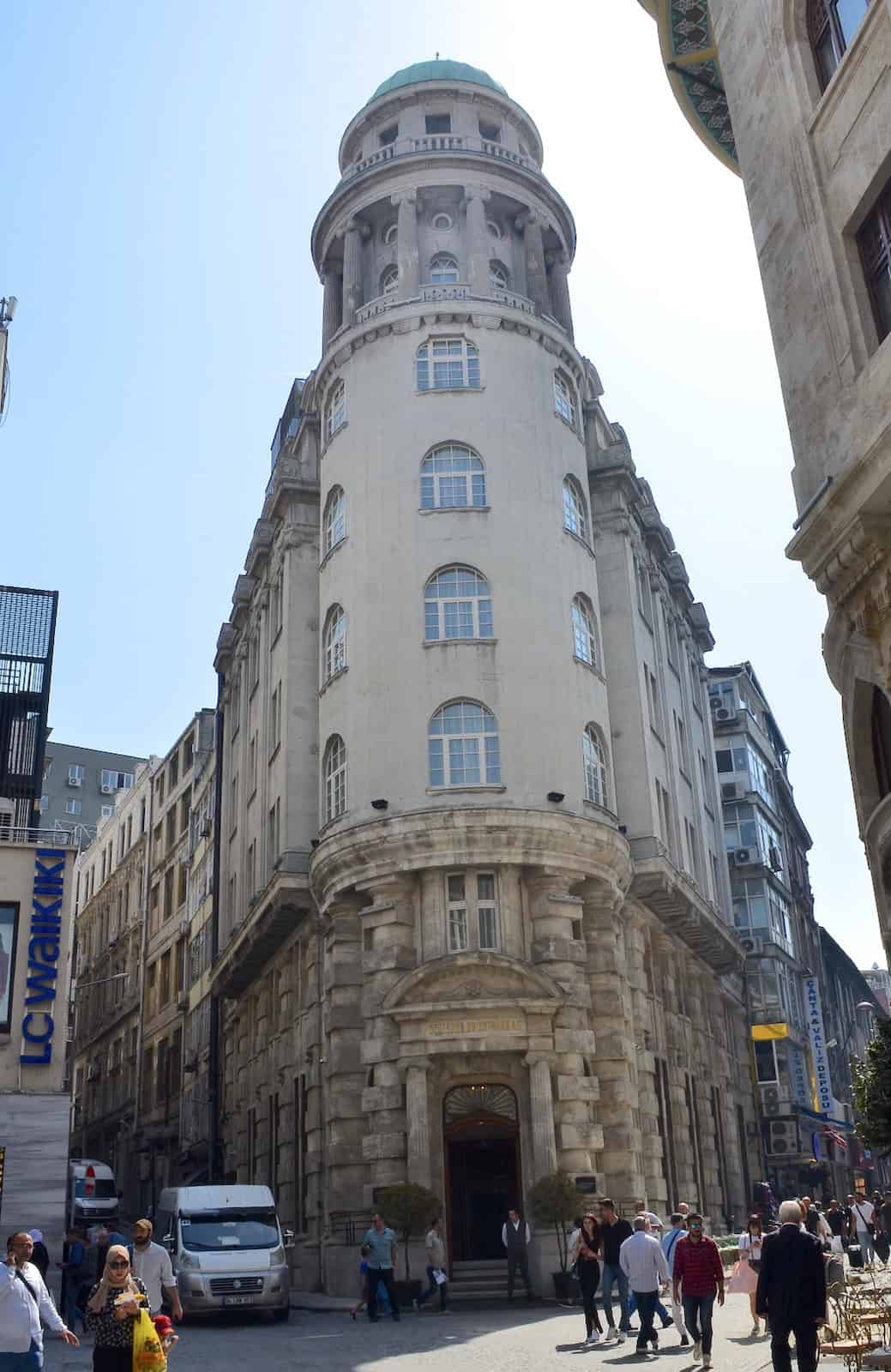
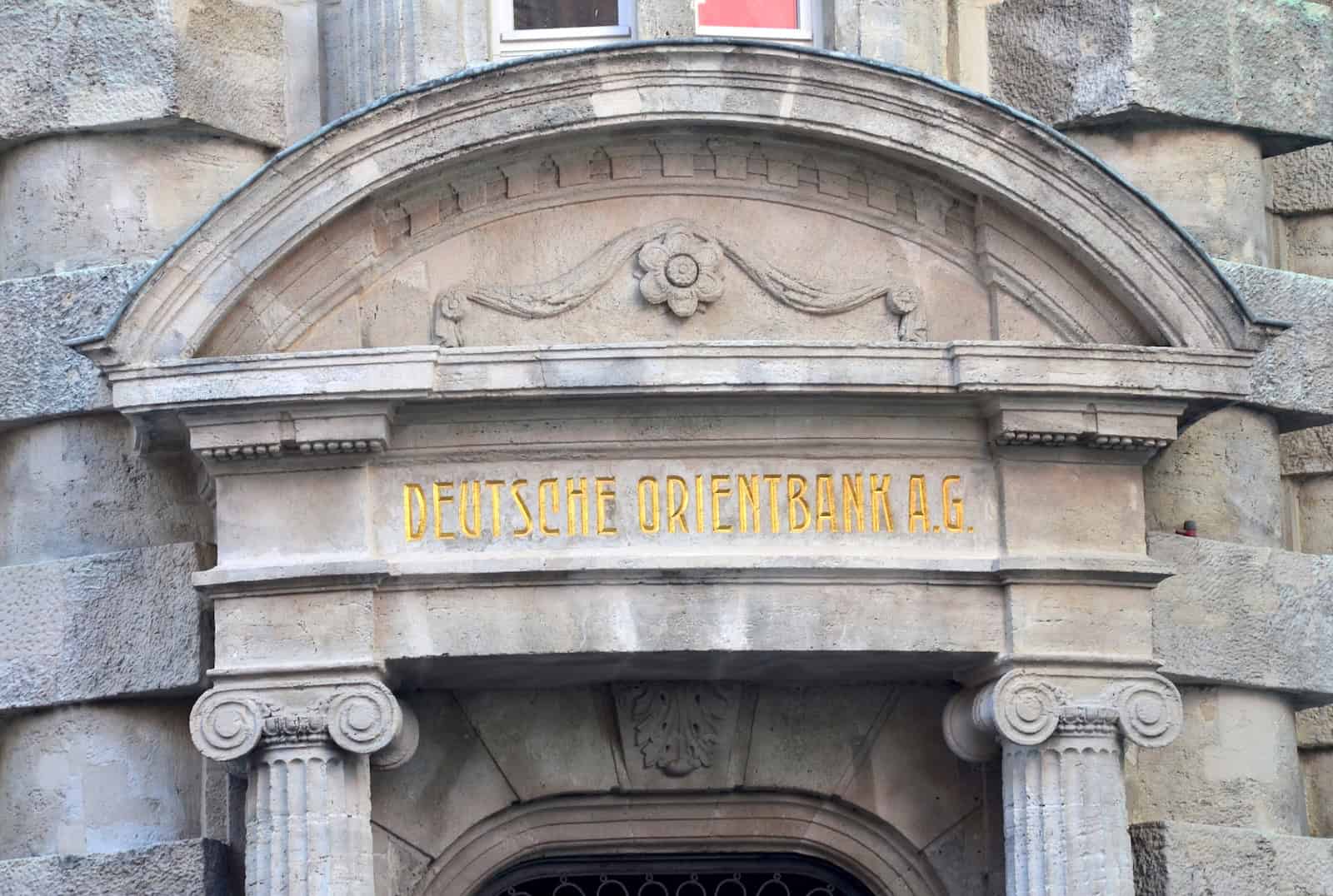
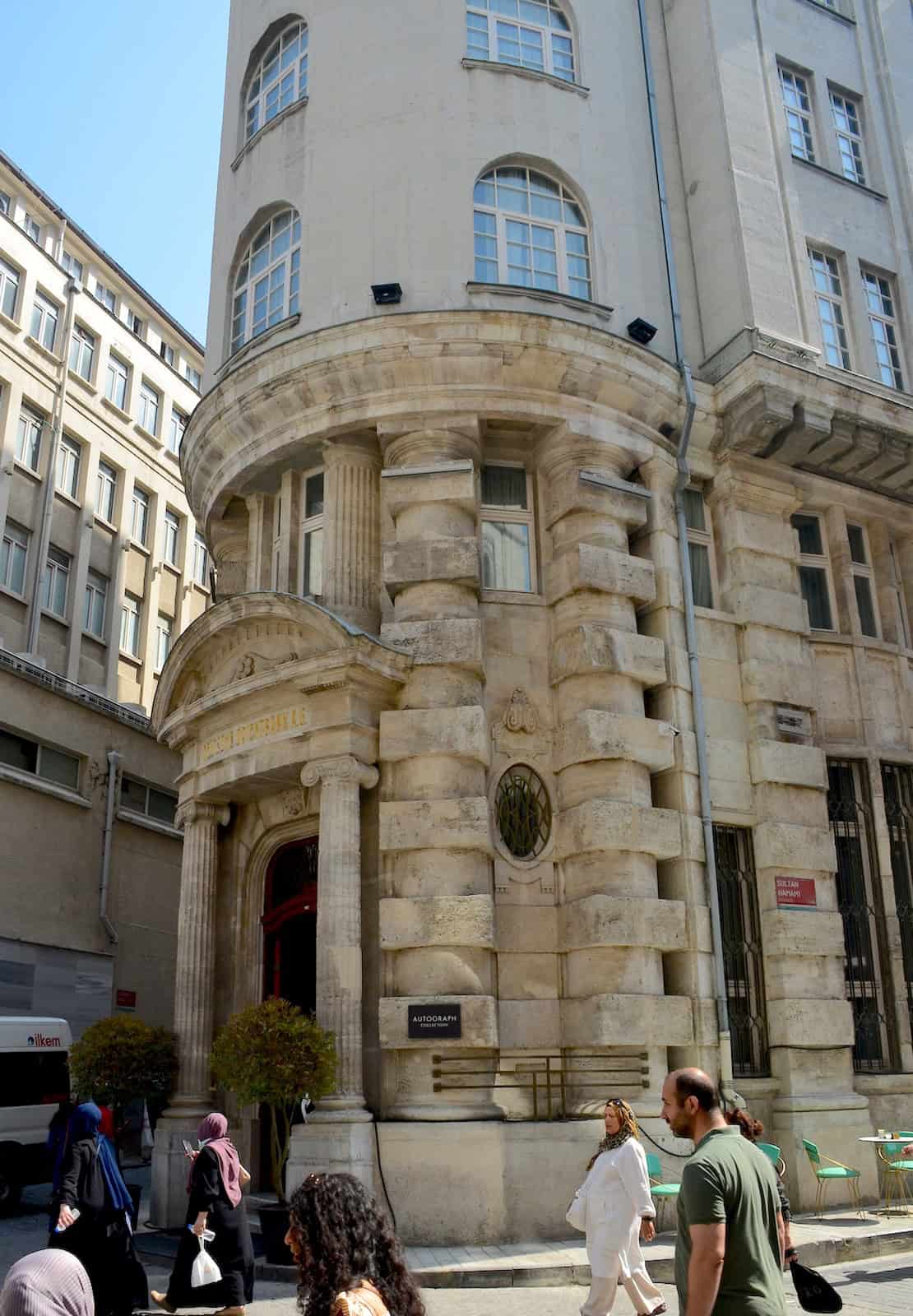
Germanya Han was restored between 1990 and 1991 and operated as a branch of Yapı Kredi Bank from the early 1990s to the early 2000s. The building was restored again in 2018 and reopened as the Orient Bank Hotel in 2020.
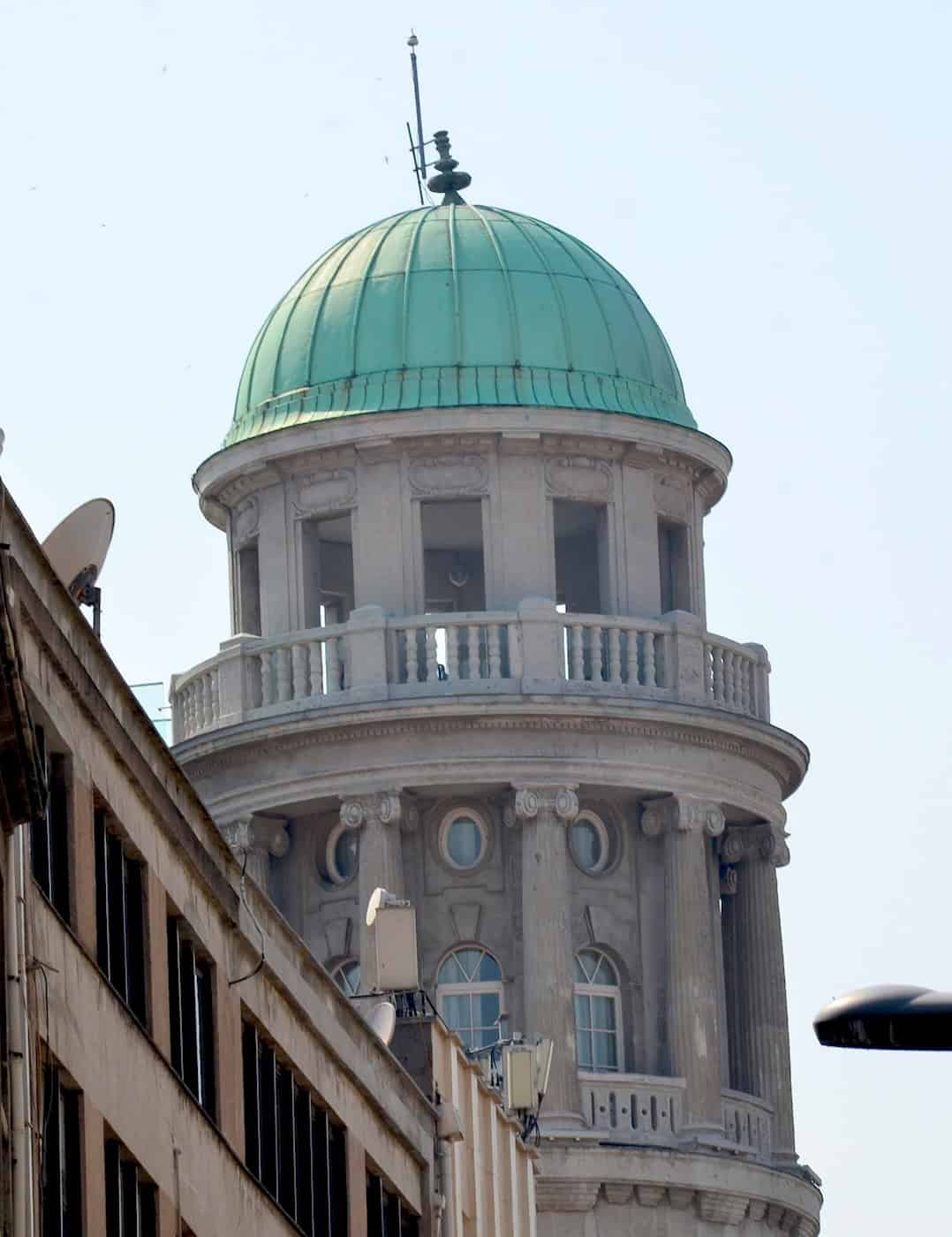
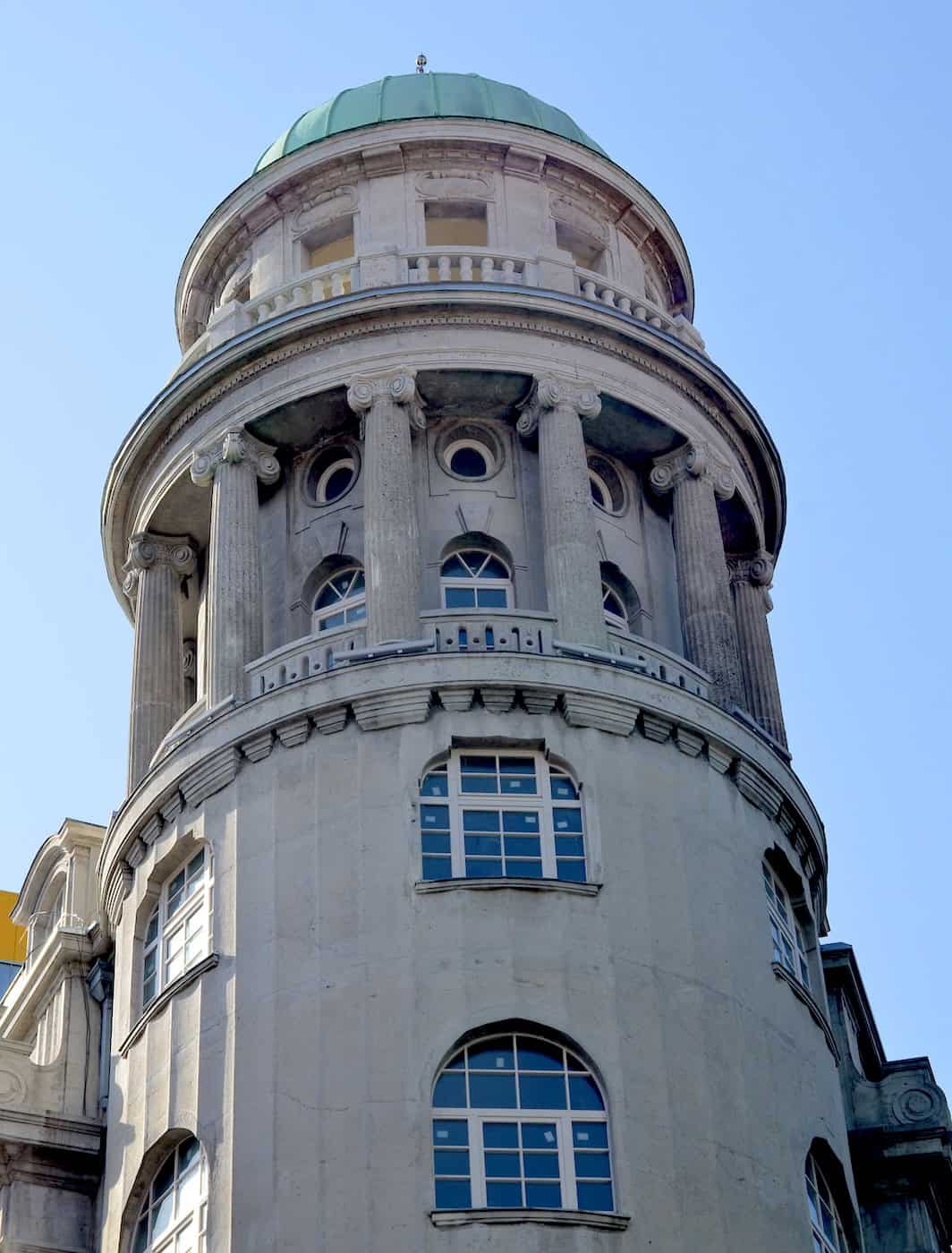
Sadıkiye Han
Moving clockwise around the intersection, the building occupying the next block is Sadıkiye Han. I can’t find much information about the building’s history, but it contains a faded advertisement in Ottoman Turkish, Armenian, and French for İsagulyan, an important tea importer in the early 20th century.
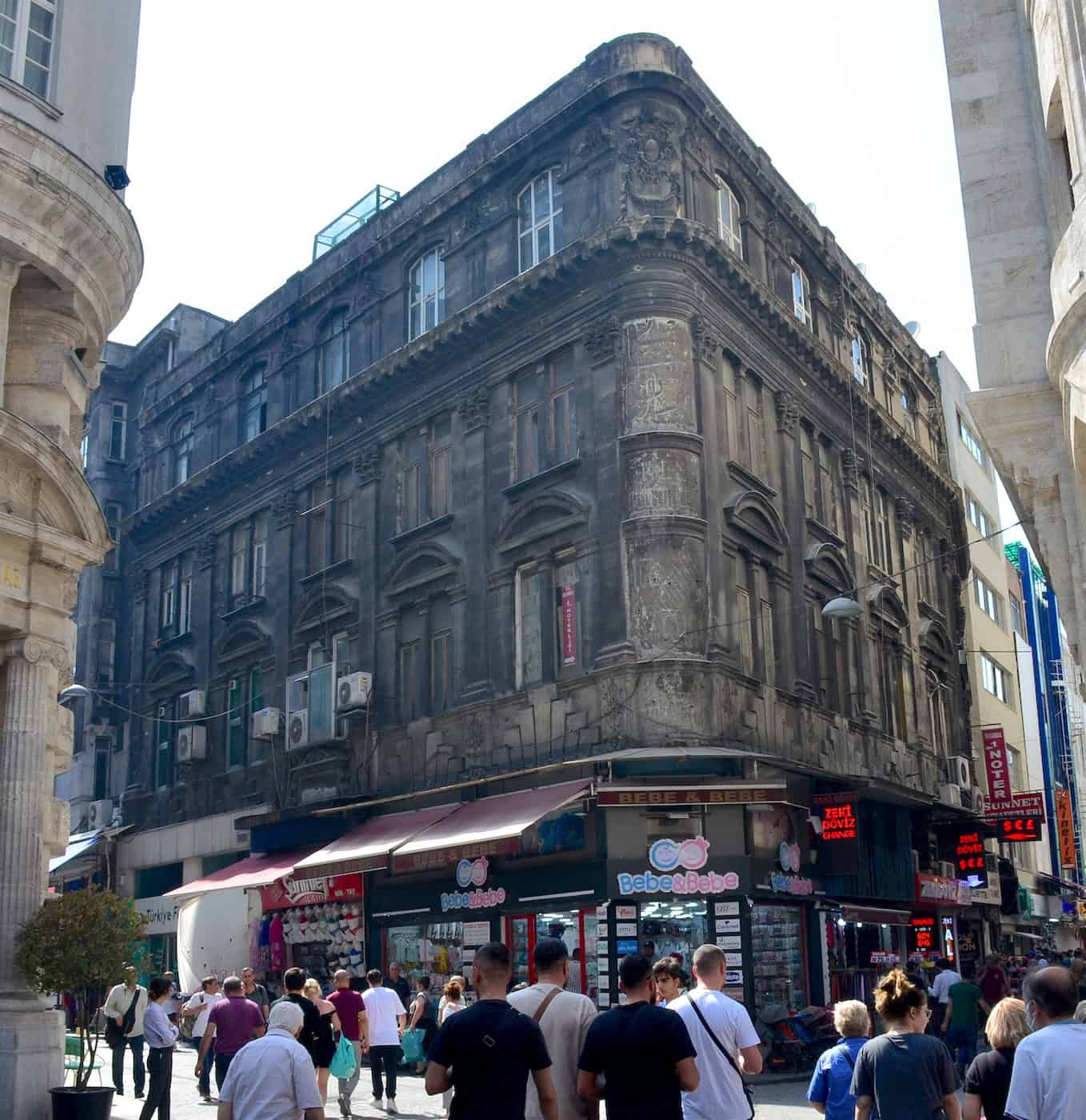
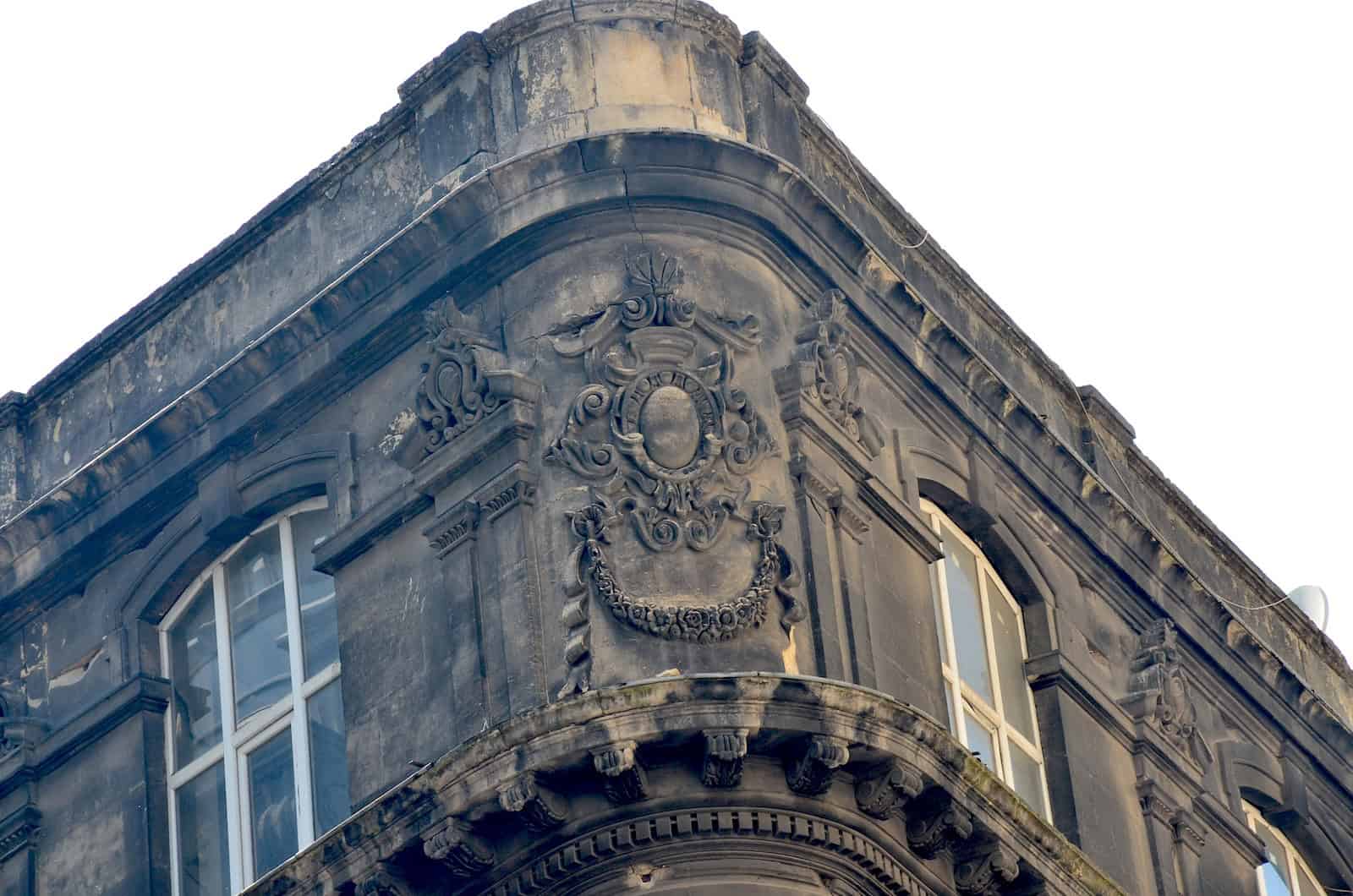

First Vakıf Han
Across the street is First Vakıf Han (1.Vakıf Han), which was built in 1918 by architect Mimar Kemaleddin (1917-1927). Also known as the Yapı Kredi Building (Yapı Kredi Binası), it housed a branch of Yapı Kredi Bank. The building is one of Istanbul’s most impressive structures in the First National Architecture movement.
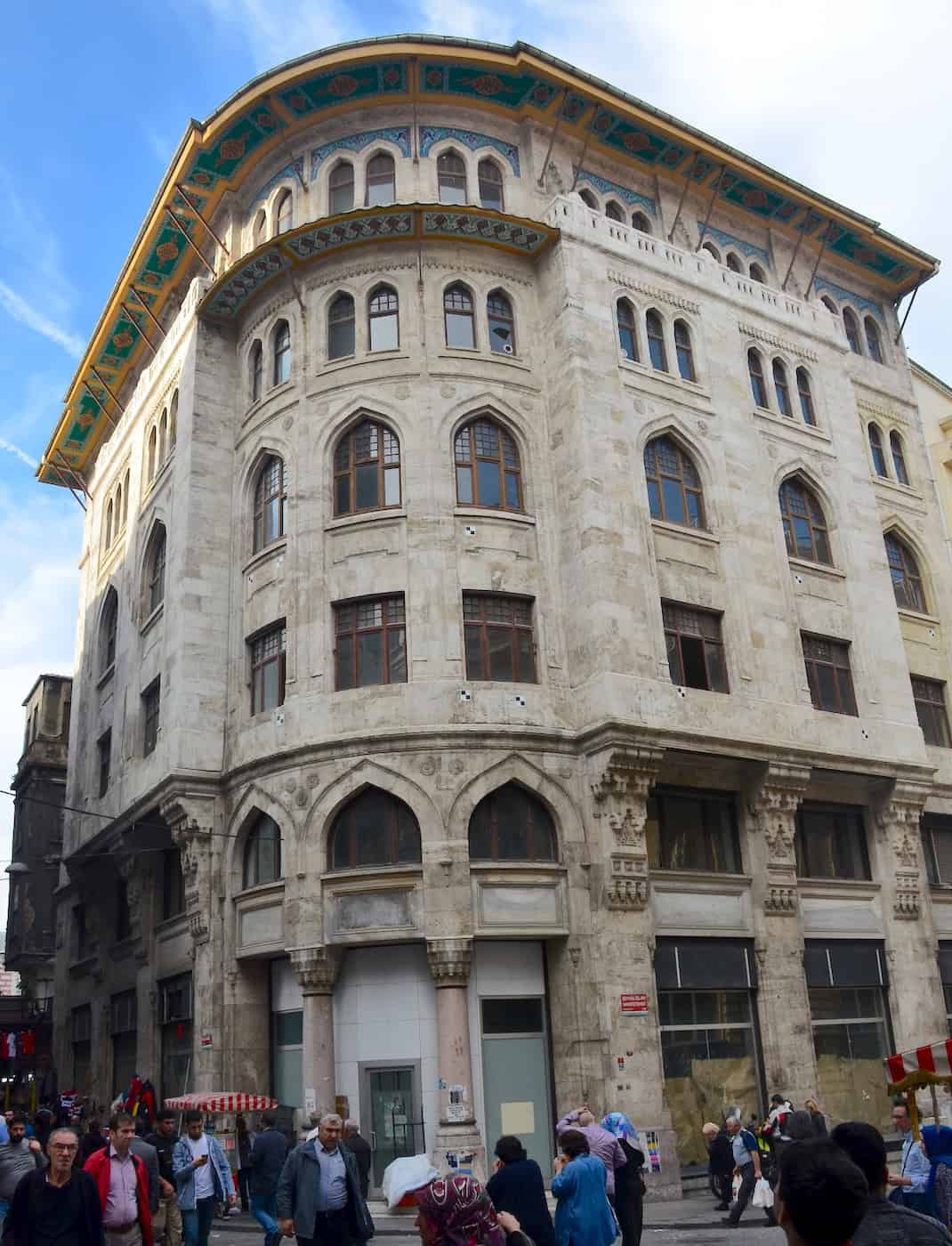
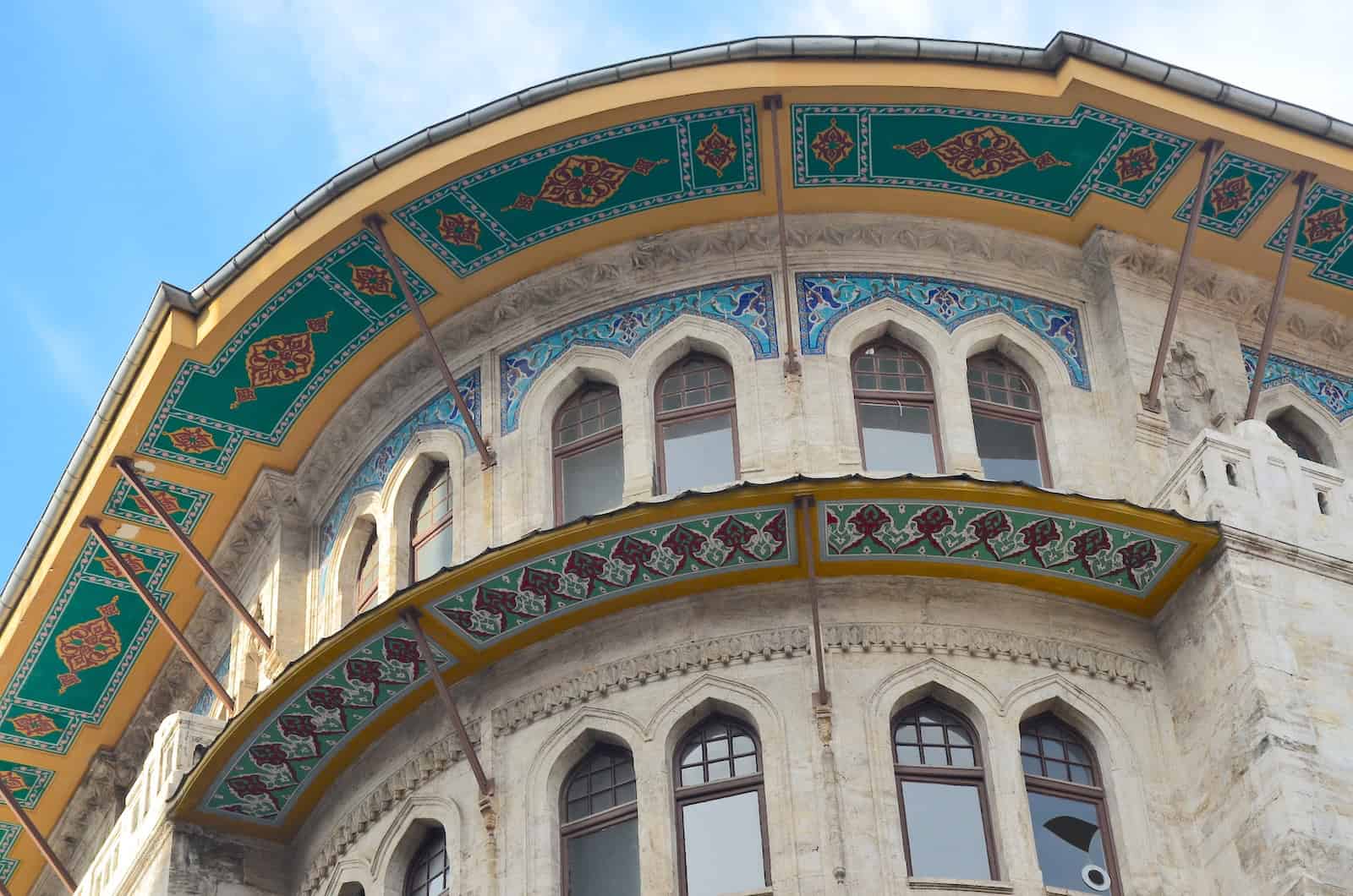
Sümerbank Building
On the opposite corner is the old Sümerbank Building (Sümer Bank Binası), which is thought to have been built in 1867 by Italian architect Antoine Tedeschi. It first hosted Credit General Ottomane, then Deutsche Orientbank. Sümerbank occupied it in 1933 and operated there until around 2002. Nowadays, there’s a restaurant on the ground floor. Heading south from there, you can explore the Sultanhamam area.

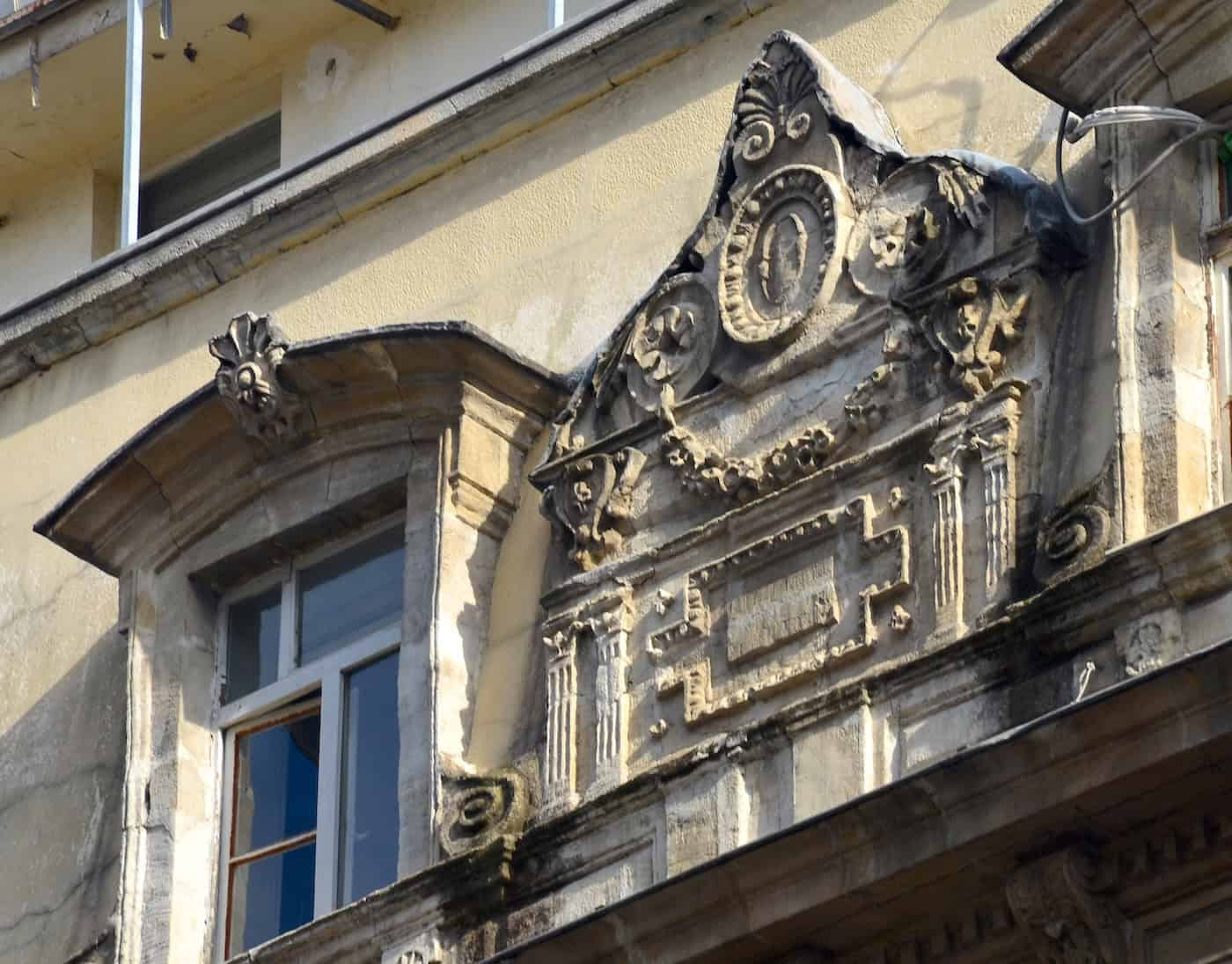
Where to Eat in Eminönü
If you’re not full from picking on samples at the Spice Bazaar, there are a few decent places to eat in Eminönü.
Hamdi Restaurant
Hamdi Restaurant is a popular kebab place with three locations in Istanbul. I’ve visited the branch in Eminönü several times, and both food and service has always been excellent. The other locations are in central Şişli and Tepebaşı. I haven’t tried either of them but expect them to have the same quality.
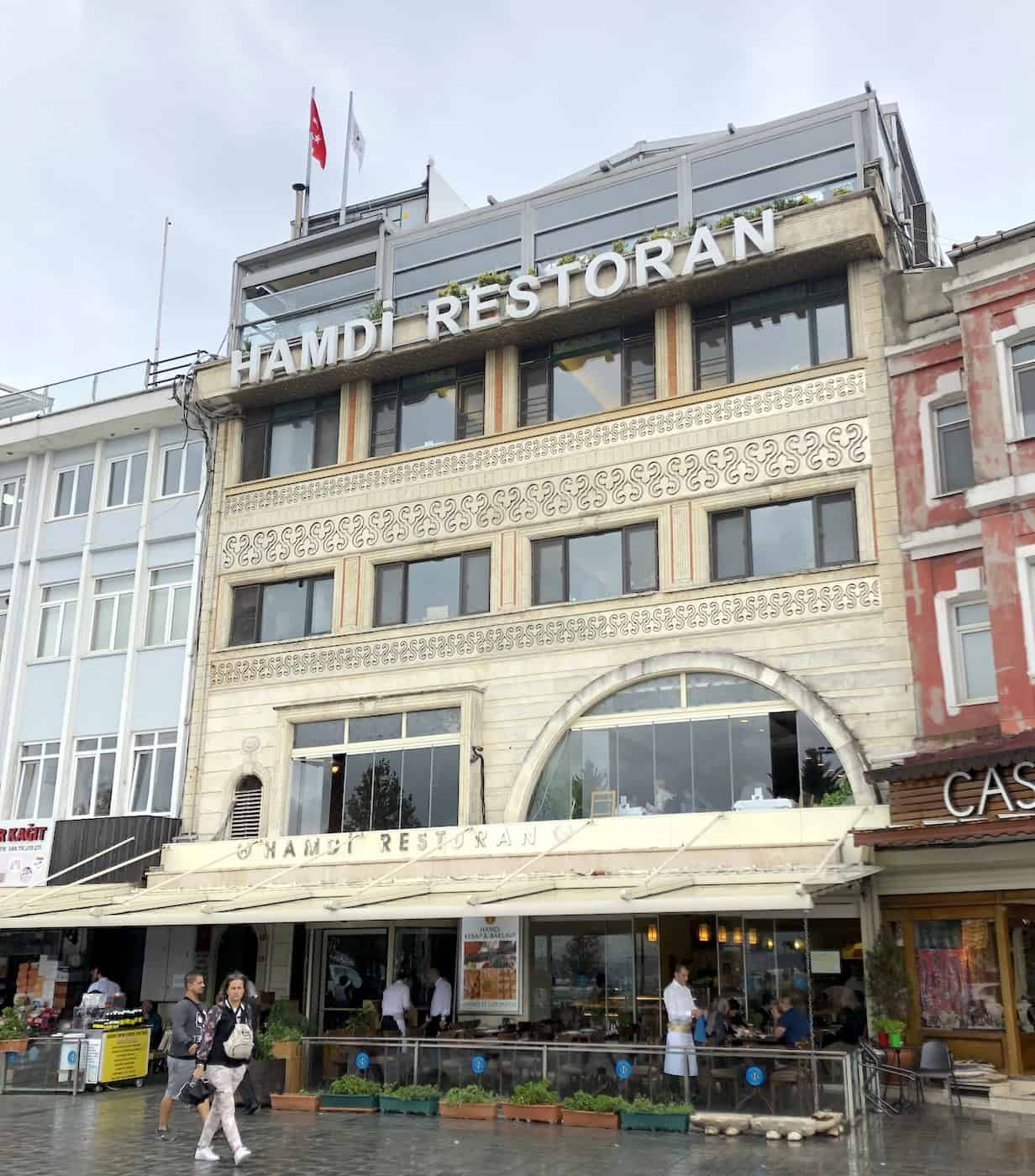
Hamdi Restaurant can get quite crowded with both tourists and locals no matter the season. We’ve visited in the middle of summer as well as the less crowded months of October and November. However, the longest we’ve had to wait for a table is only five minutes. We usually end up sitting on one of the upper floors, but a table with a view isn’t always easy to come by. If you’re lucky, you’ll eat your meal with a wonderful view of Eminӧnü Square and Galata across the Golden Horn.
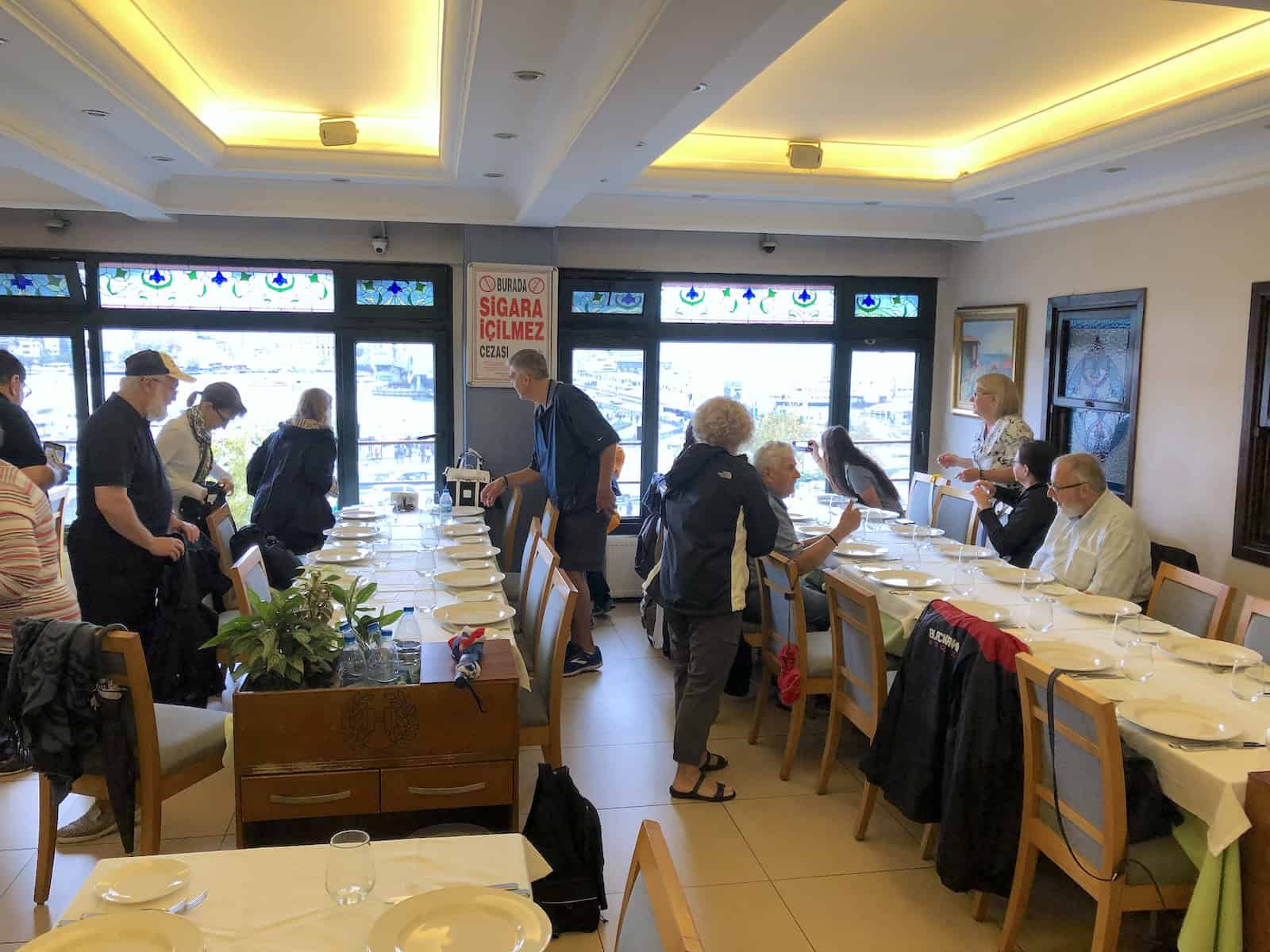
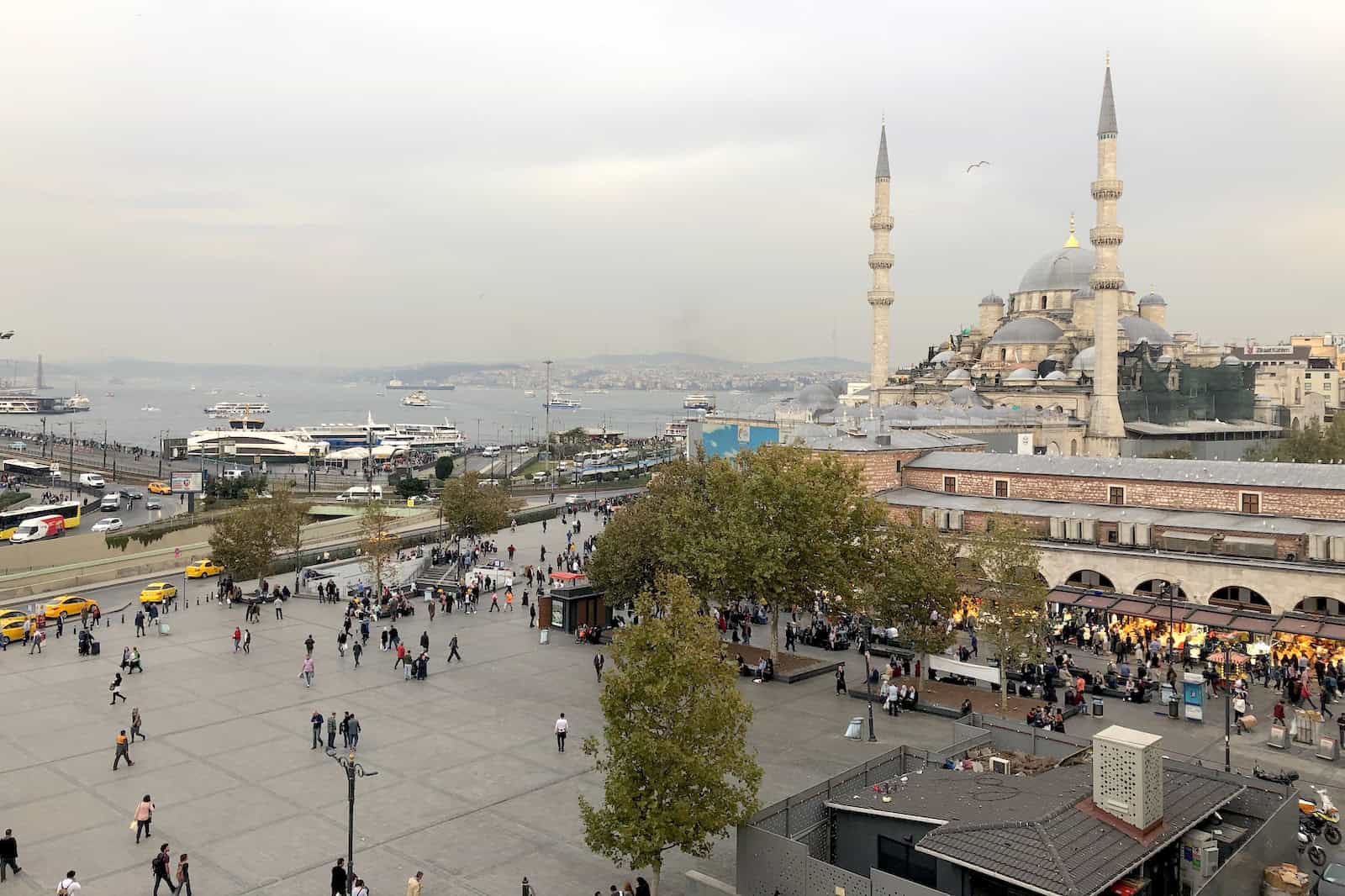
Main Courses
For our first visit, we took a large tour group there for lunch. We ate a pre-determined menu featuring içli köfte, lahmacun, salad, and döner. I was surprised the döner was as good as it was. The flavor was great and it wasn’t dry like döner from other places I’ve tried.
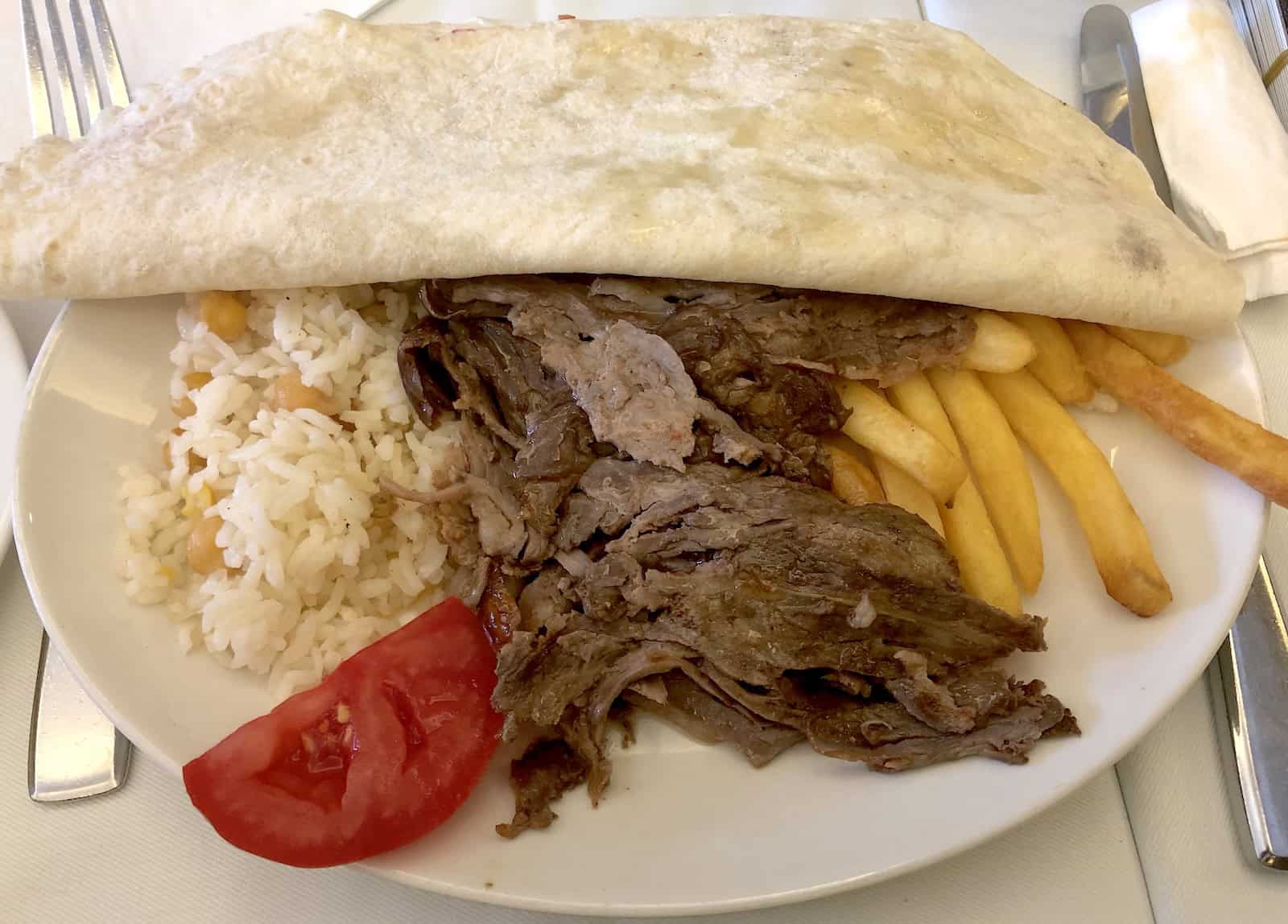
On another visit with Marisol, we ordered kebabs off the menu. I had the haşhaş kebab and Marisol had the kuzu şiş. Both were delicious and we agreed they were some of the best kebabs we’ve had in Turkey.
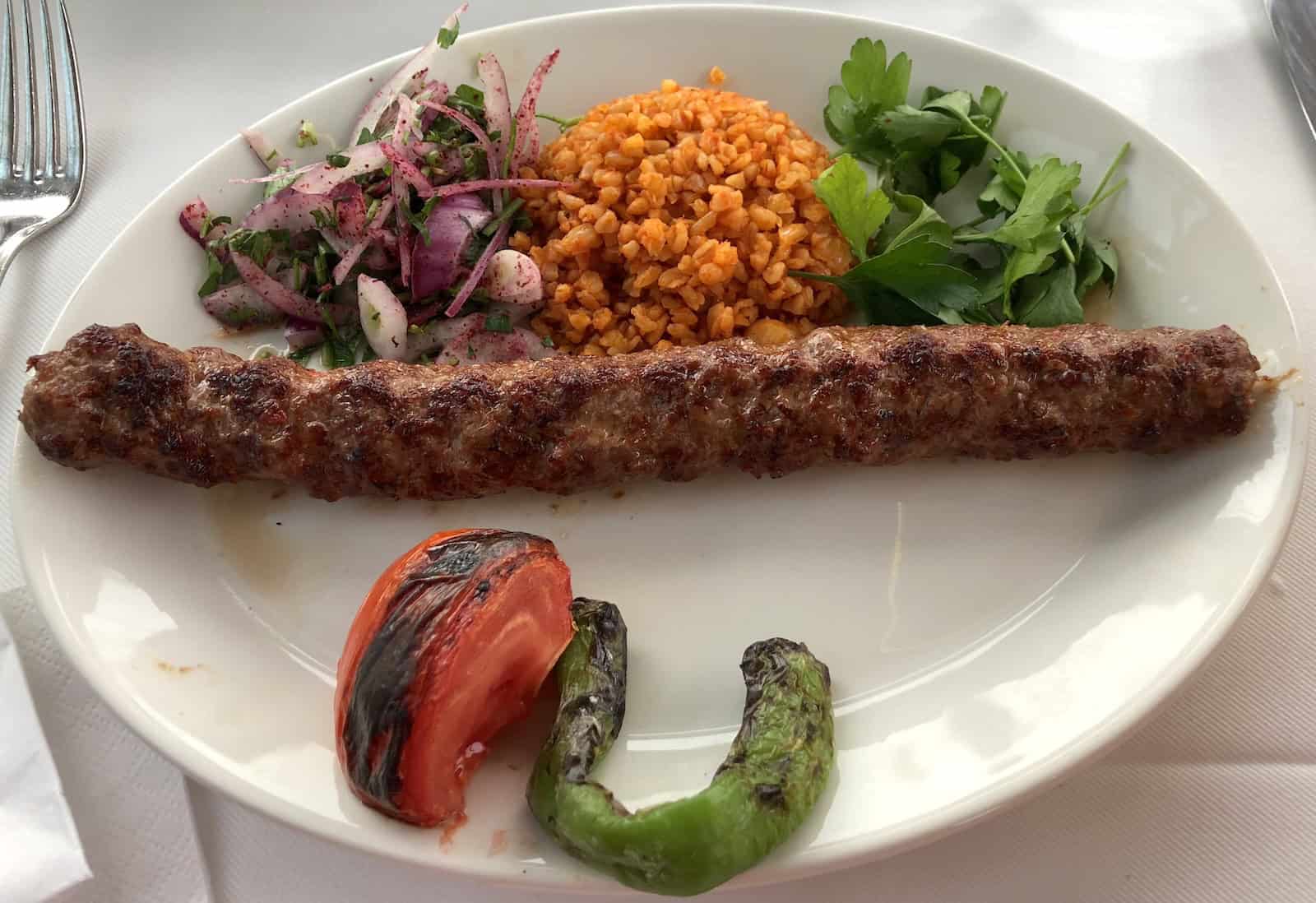
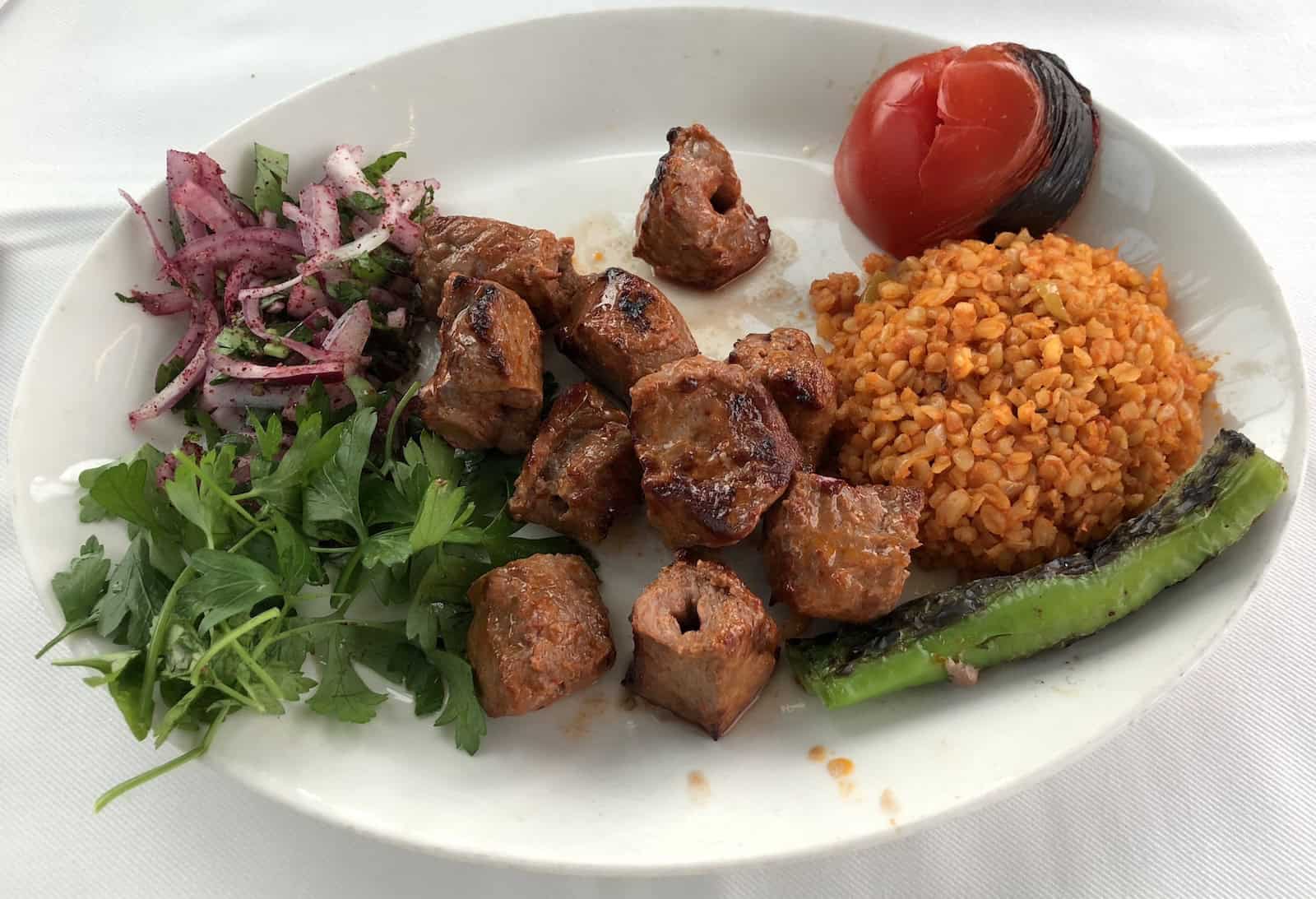
On a third visit with a small tour group consisting of a family of four, we shared the beyti kebab and oruk kebab as well as some other dishes I had previously tried. Again, the group enjoyed their meals and left with a good impression of the restaurant.
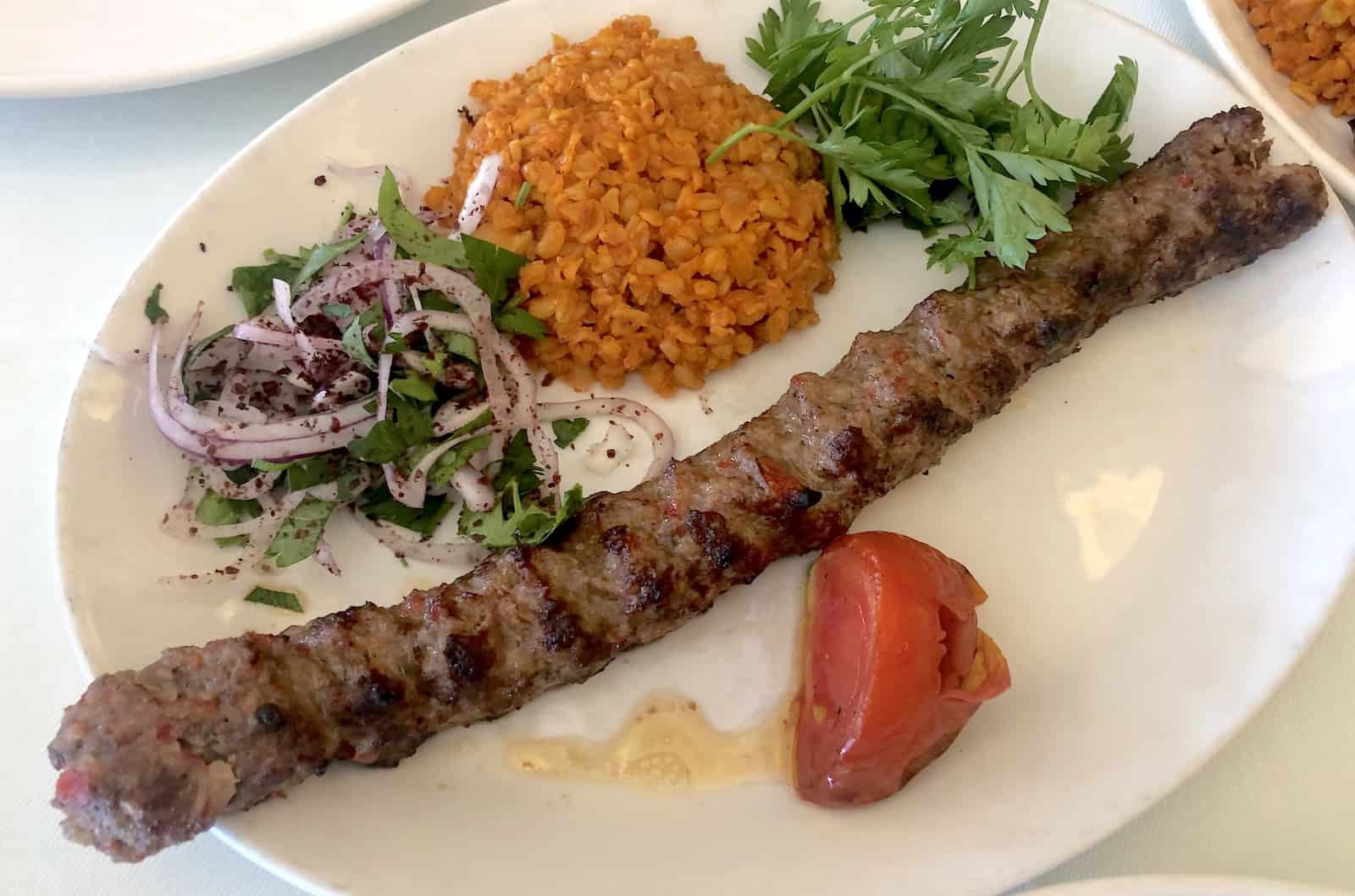
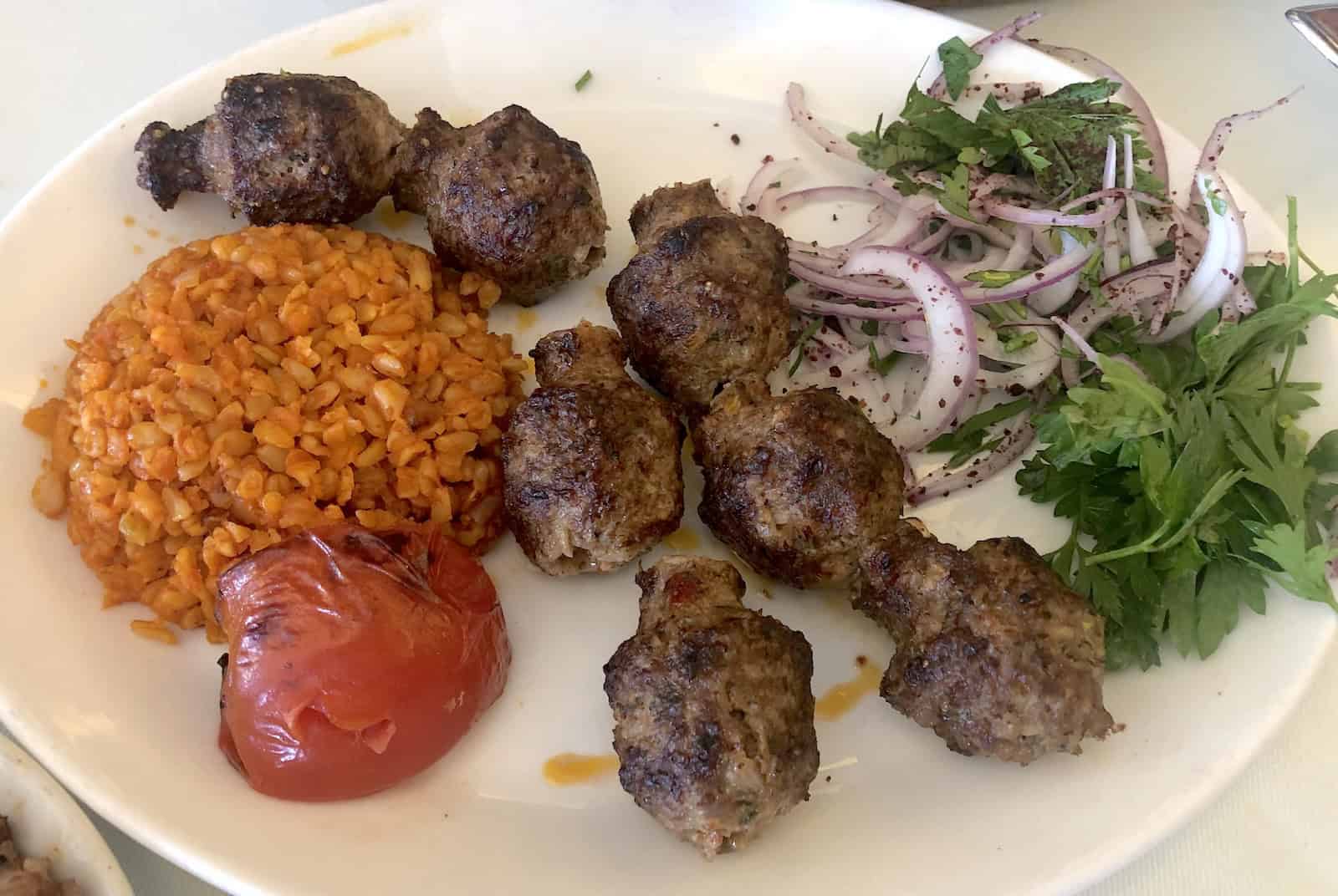
Desserts
For dessert, after our first group meal we each got two pieces of pistachio baklava. We’ve also tried the künefe and katmer. While everything is good, I prefer other dessert spots in Istanbul.
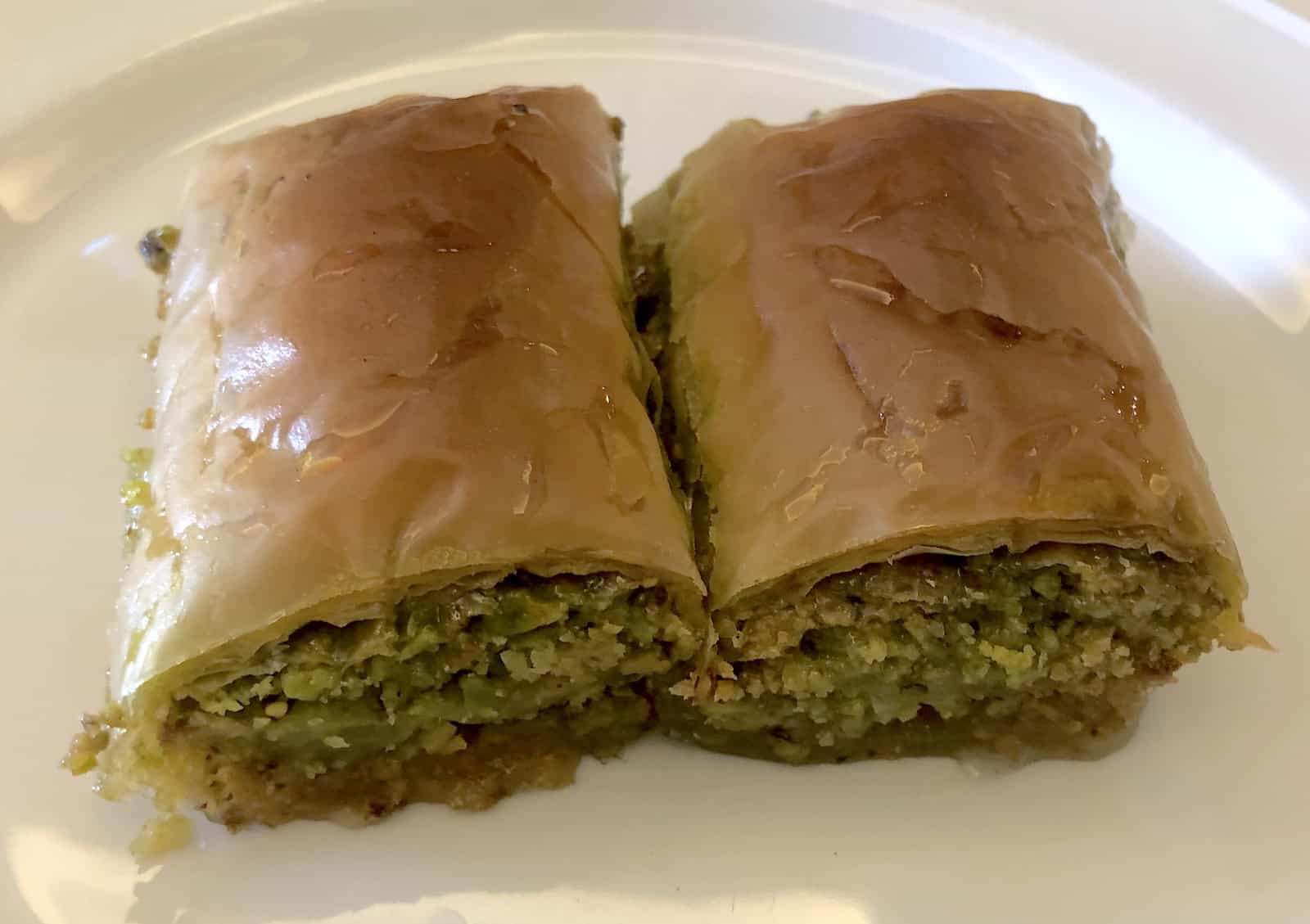
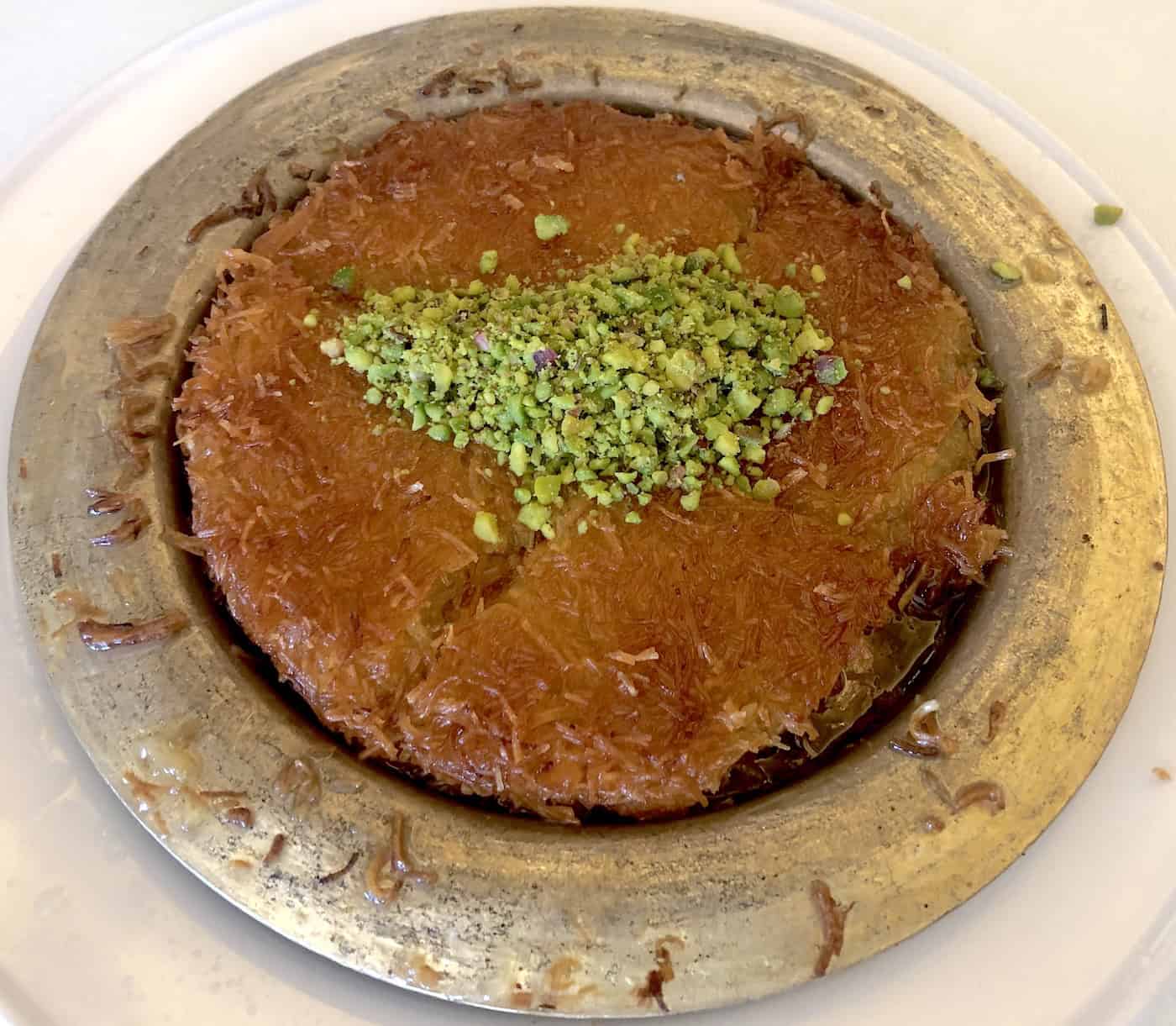
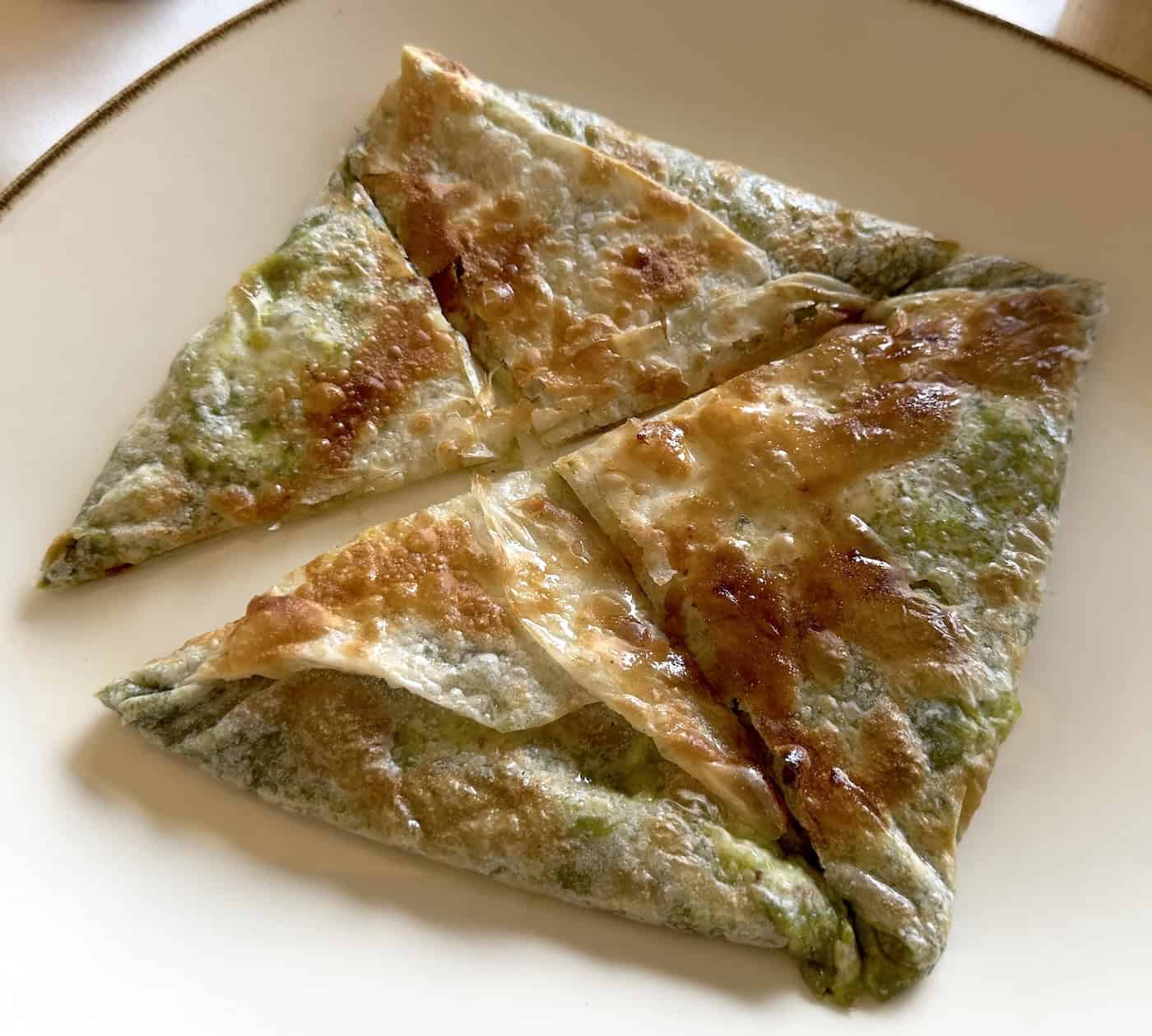
Pandeli Restaurant
Historic Pandeli Restaurant is an Istanbul institution. It gives visitors the unique experience of eating on the upper floor of the Spice Bazaar. The restaurant may be well past its prime, but it was once one of THE places to eat in town. The entrance is just inside the main gate to the Spice Bazaar facing the Golden Horn.

History of Panedeli Restaurant
Pandeli Restaurant was founded by Pandeli Çobanoğlu (d. 1967), a Greek originally from Niğde. He moved to Istanbul at a young age and worked as a dishwasher, barber, grocery apprentice, and porter. He opened his first köfte shop in Çukur Han followed by the very popular Hamal Lokantası before World War I. Pandeli went back to Niğde during the war and returned to Istanbul after, opening a three-story restaurant on Yağcılar Pier (Yağcılar İskelesi) in Eminönü that was frequented by Mustafa Kemal Atatürk (1881-1938).
After his restaurant was looted during the anti-Greek pogrom on September 6-7, 1955, Pandeli quit the restaurant business. He was lured back into business when the government, led by admirers President Celâl Bayar (1883-1986) and Prime Minister Adnan Menderes (1899-1961), allocated the second floor of the Spice Bazaar to him as the Pandeli Restaurant. He also reopened the restaurant on Yağcılar Pier and ran it until it was demolished in 1958 due to urban planning.
Pandeli passed away in 1967. His son, Hristo Çobanoğlu, and Cemal Biberci, who started working at the restaurant at a young age, assumed the responsibility of operating the restaurant.
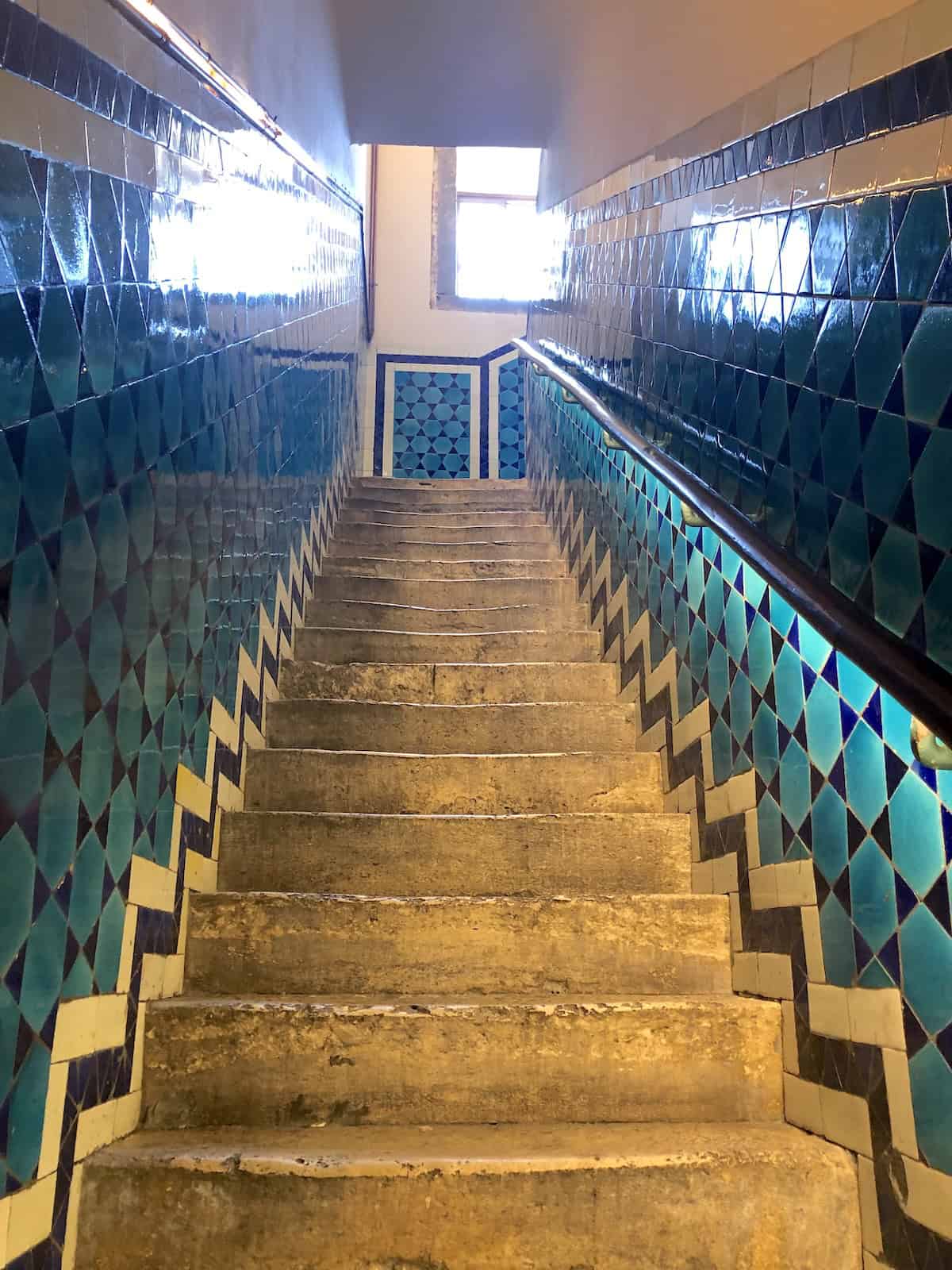
Celebrity Visitors
Visitors might notice some autographed photos lining the walls of the restaurant. During its heyday, it hosted both Turkish and international dignitaries and celebrities. They included American Ambassador George McGhee (1912-2005), Queen Elizabeth II, King Juan Carlos I and Queen Sofía of Spain, Audrey Hepburn (1929-1993), Peter Ustinov (1921-2004), Burt Lancester (1913-1994), Melina Mercouri (1920-1994), and Sean Connery (1930-2020).
Even in more recent times, celebrities still pay a visit once in a while. Some visitors include Robert De Niro, John Malkovich, Roman Polanski, Sarah Jessica Parker, and Daniel Day-Lewis.
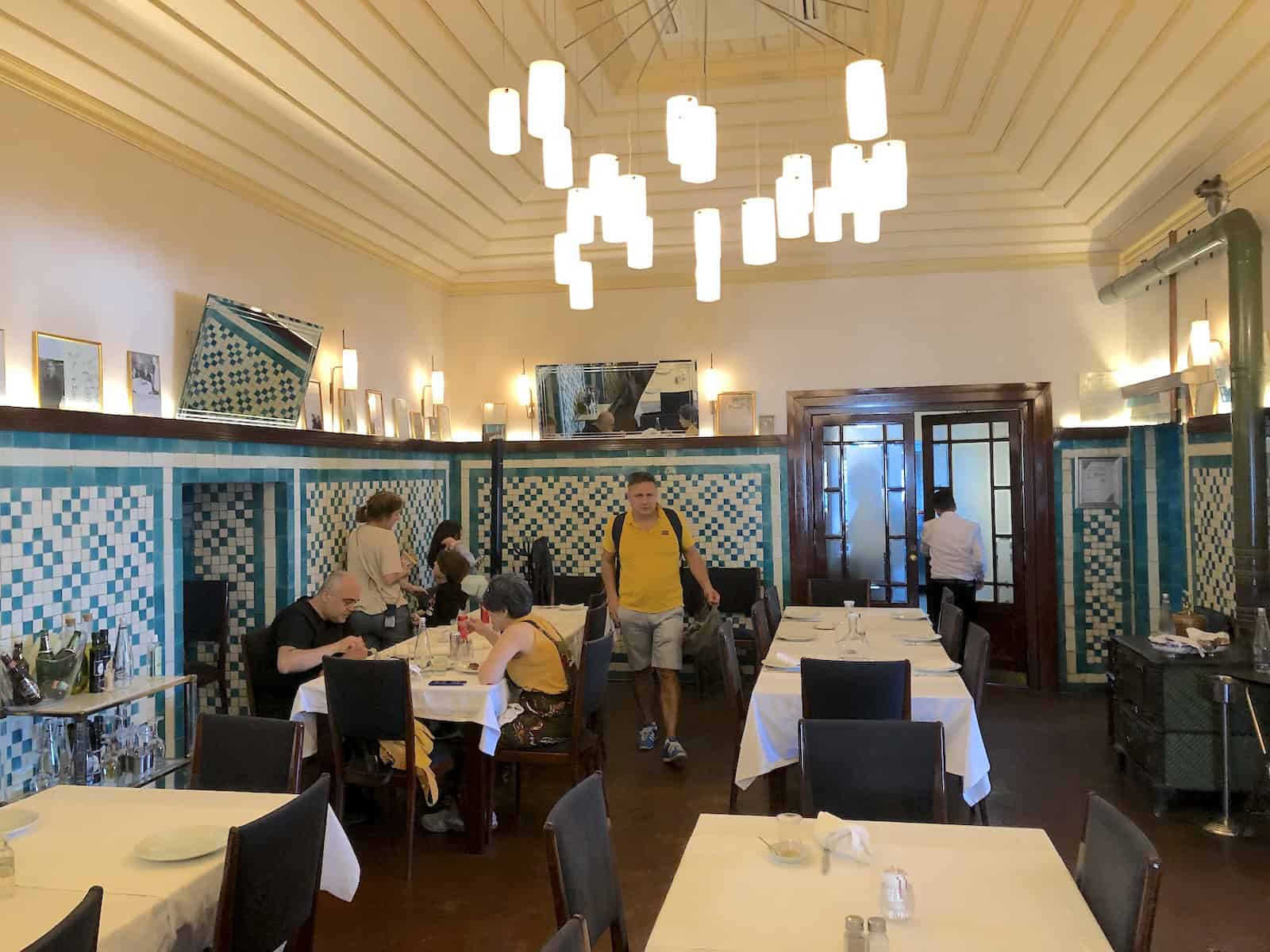
My Experience
I visited Pandeli Restaurant for a late lunch in the middle of the week. There were no tables available with a view so I sat in the half-empty dining room just inside the entrance. I ordered the lamb kebab with roasted eggplant and a side of cacık (tzatziki).
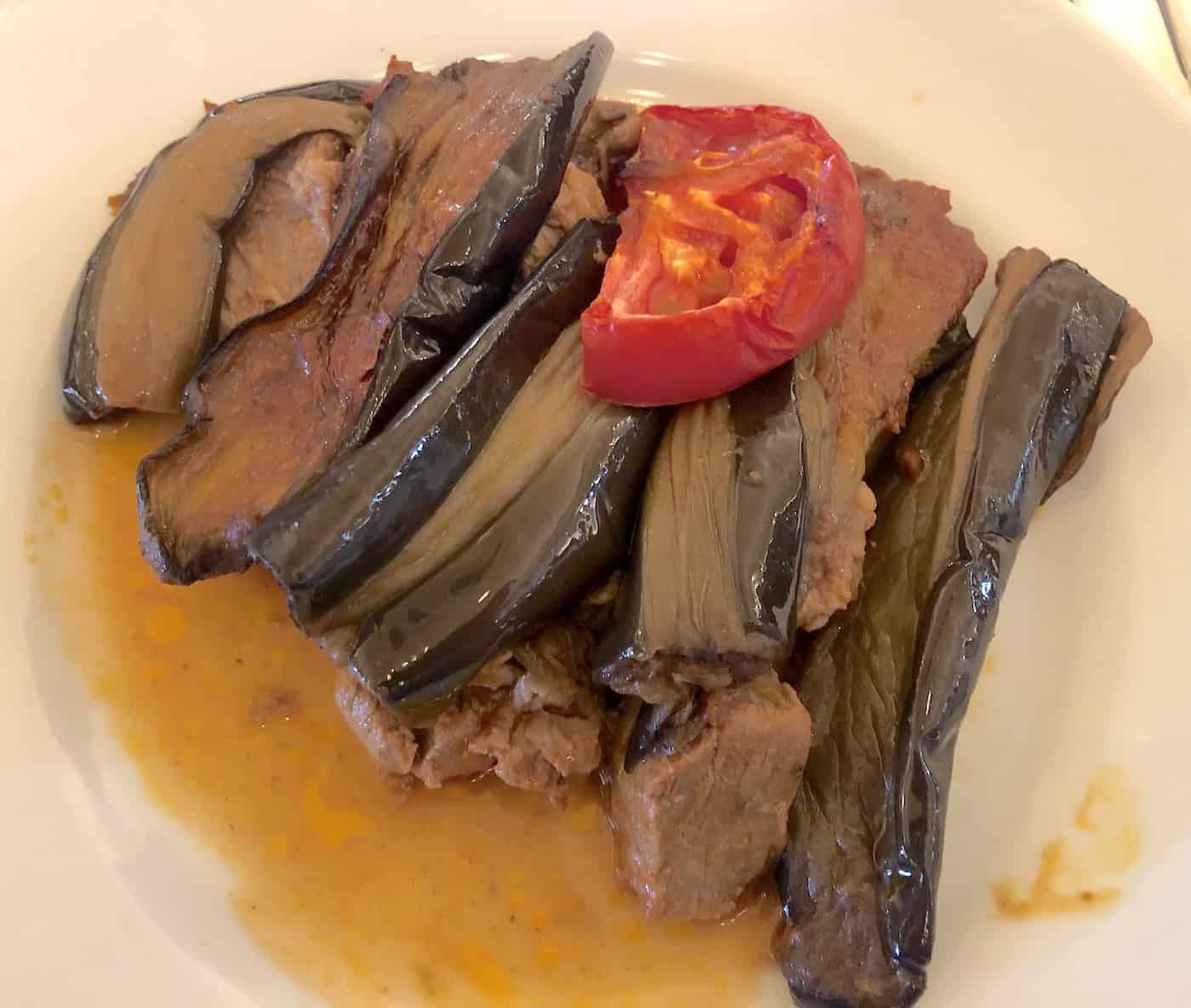
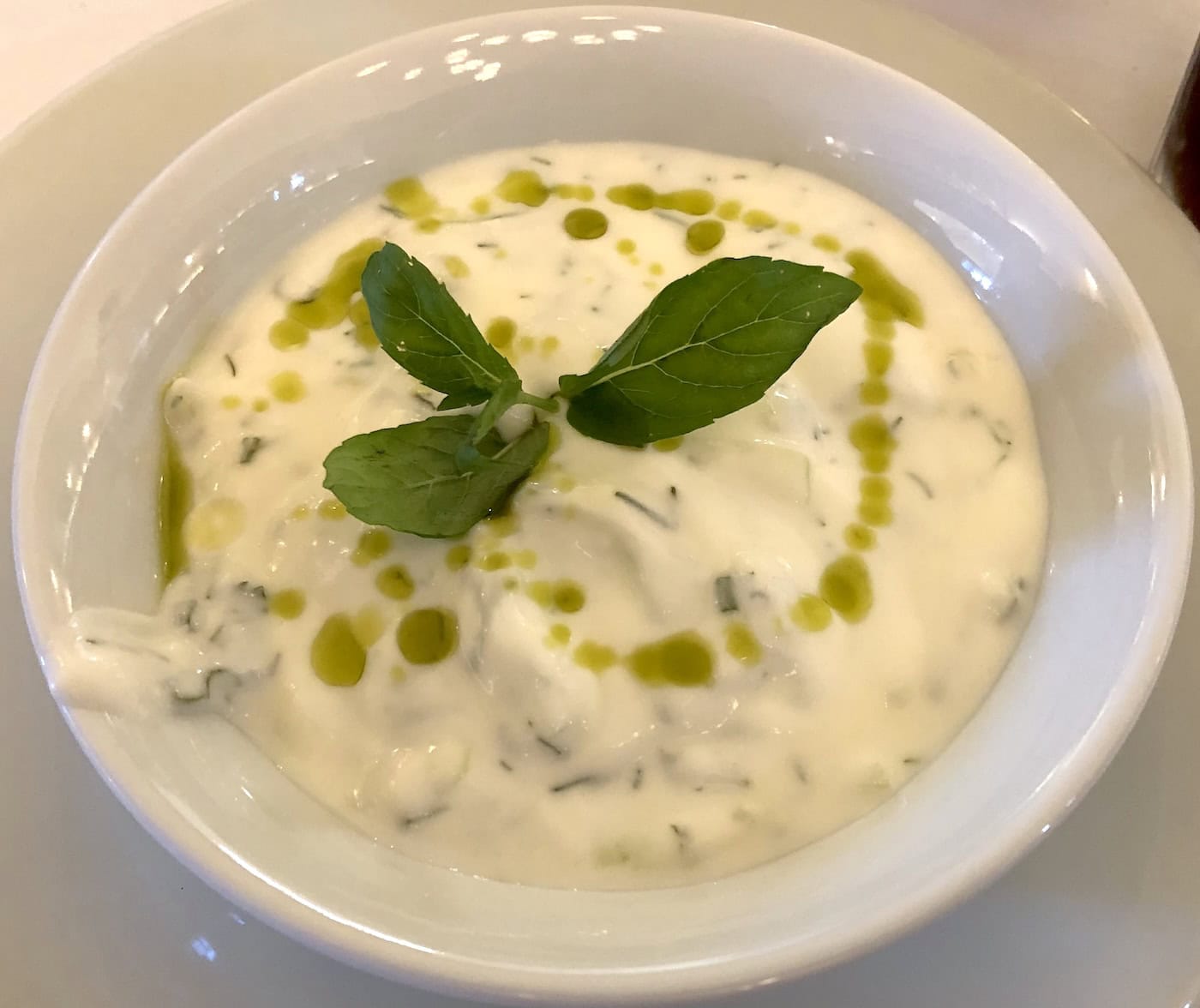
For dessert, I had a delicious tirit cherry bread with clotted buffalo cream. Overall, my meal was good but it wasn’t amazing. I’ve definitely had better meals in Istanbul but it was still a good experience. I’m sure it was fantastic back in the day and it felt great just to be there. Also, service was friendly and prices are fair.
